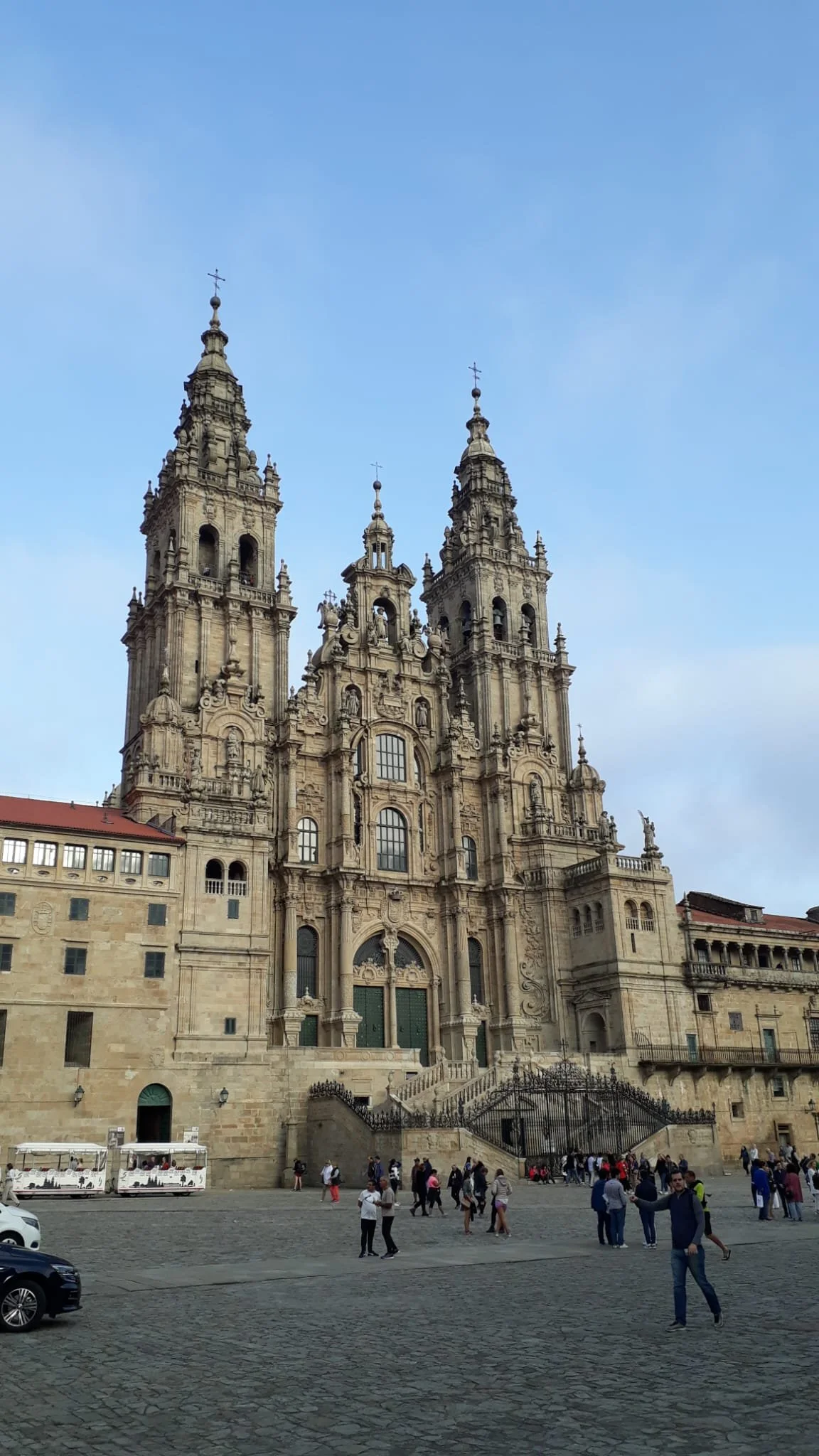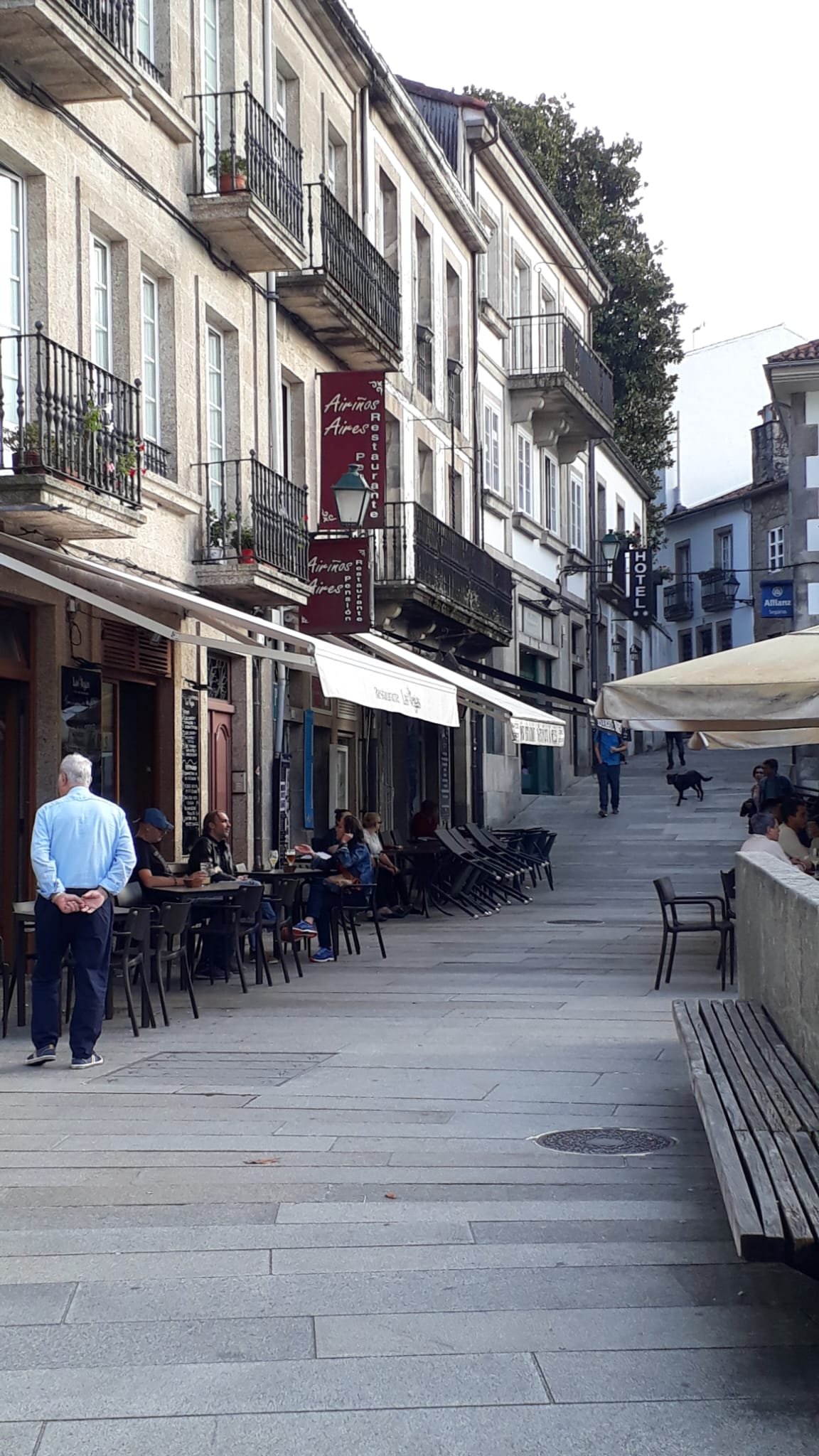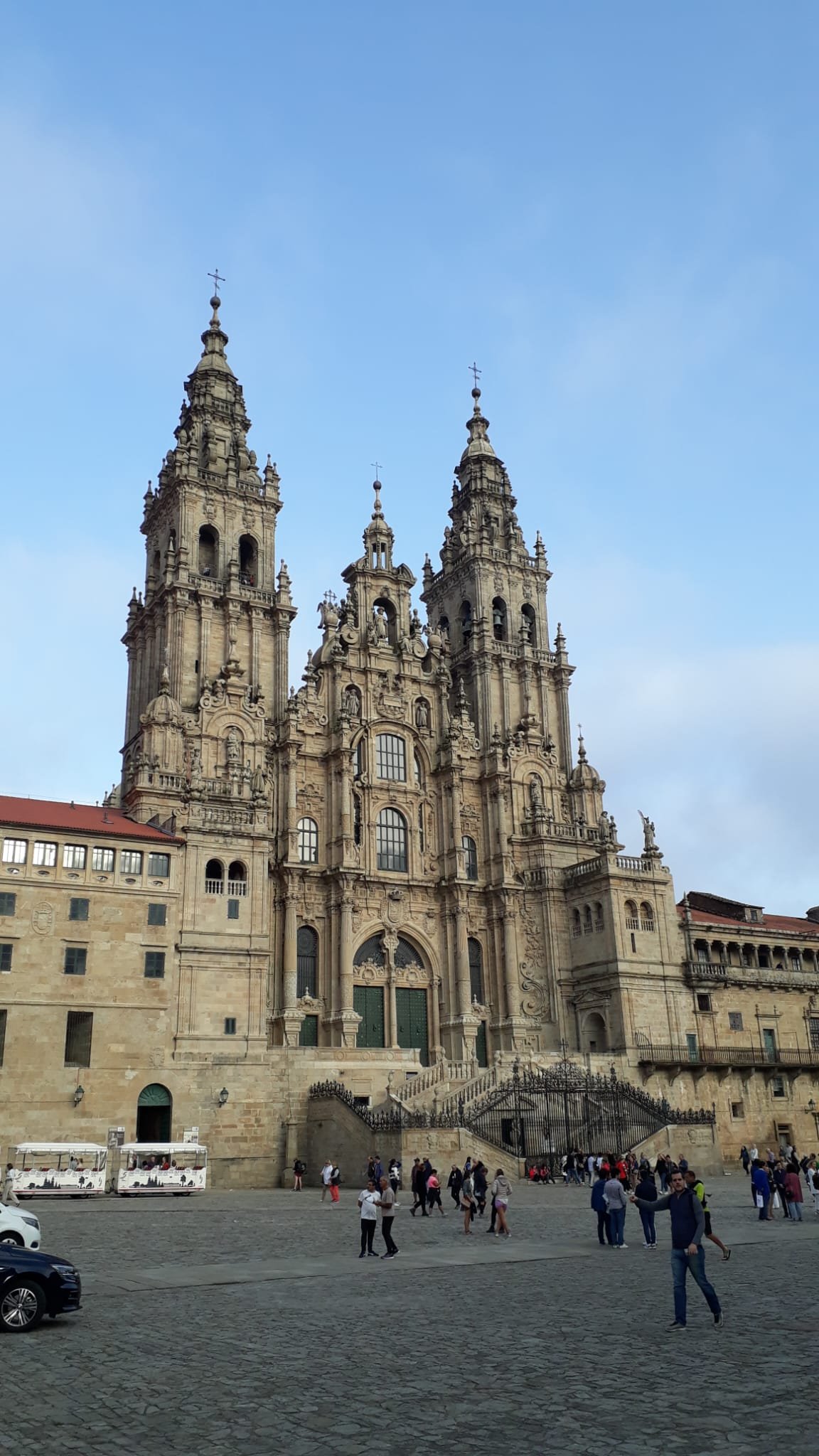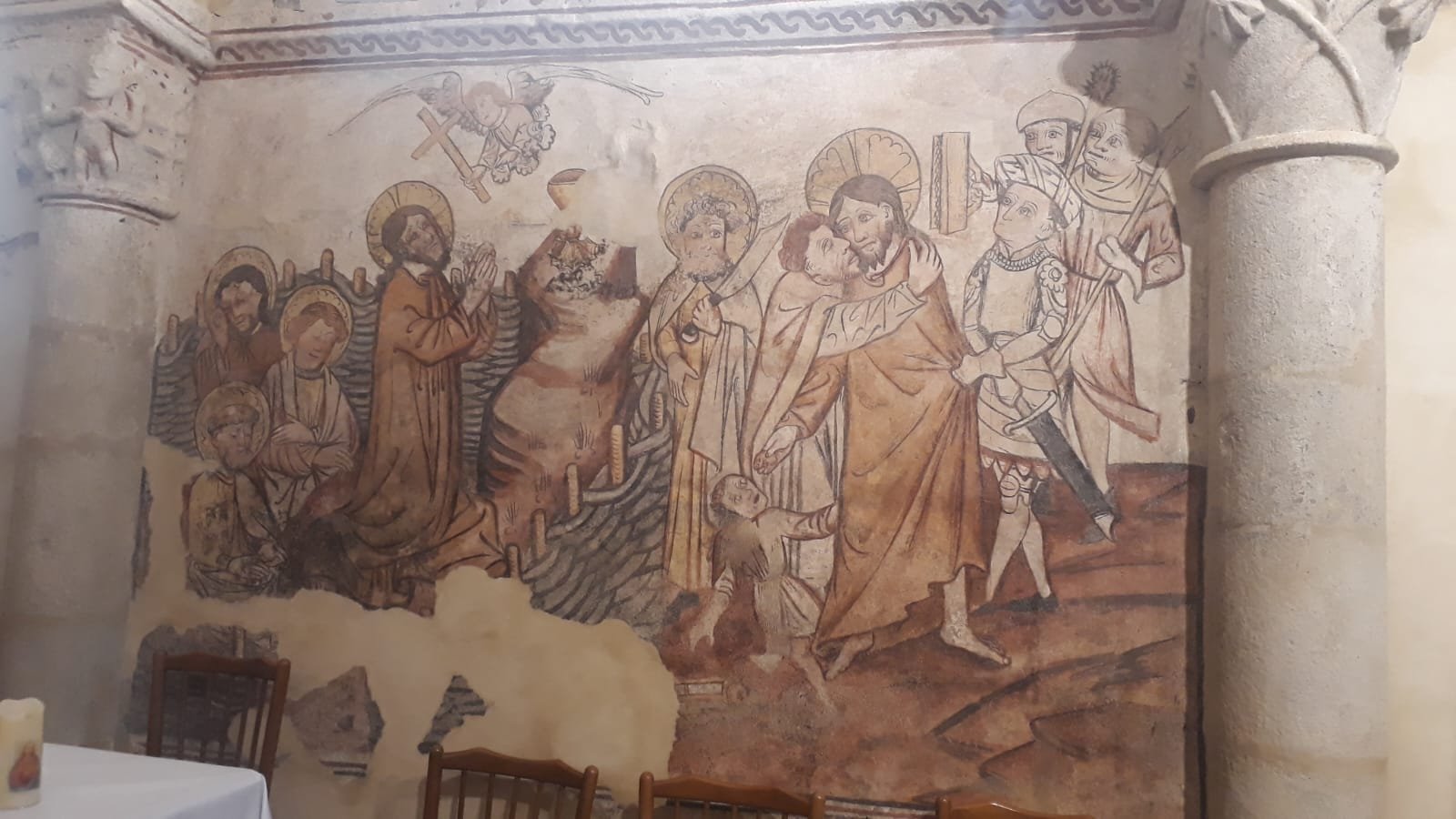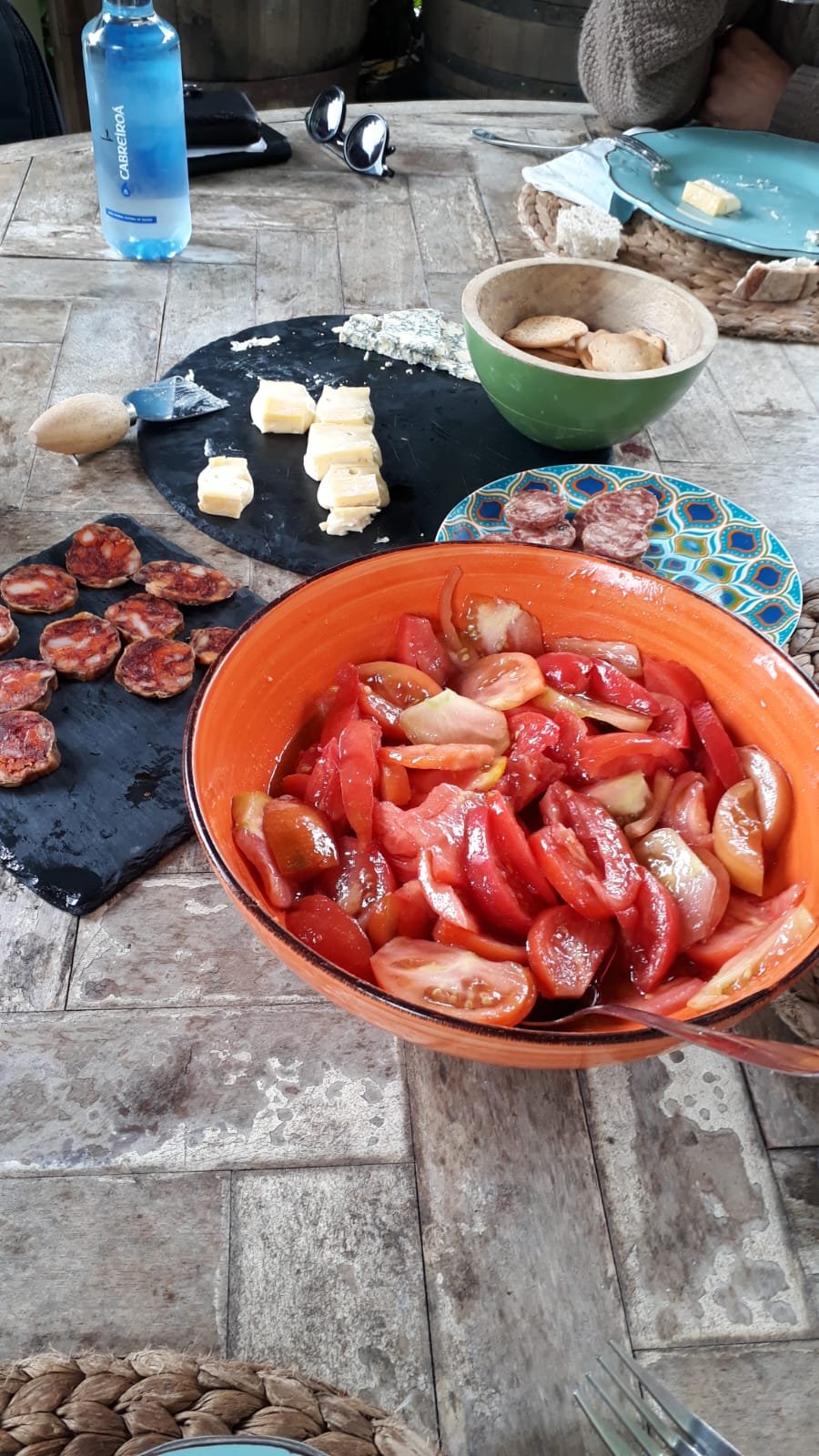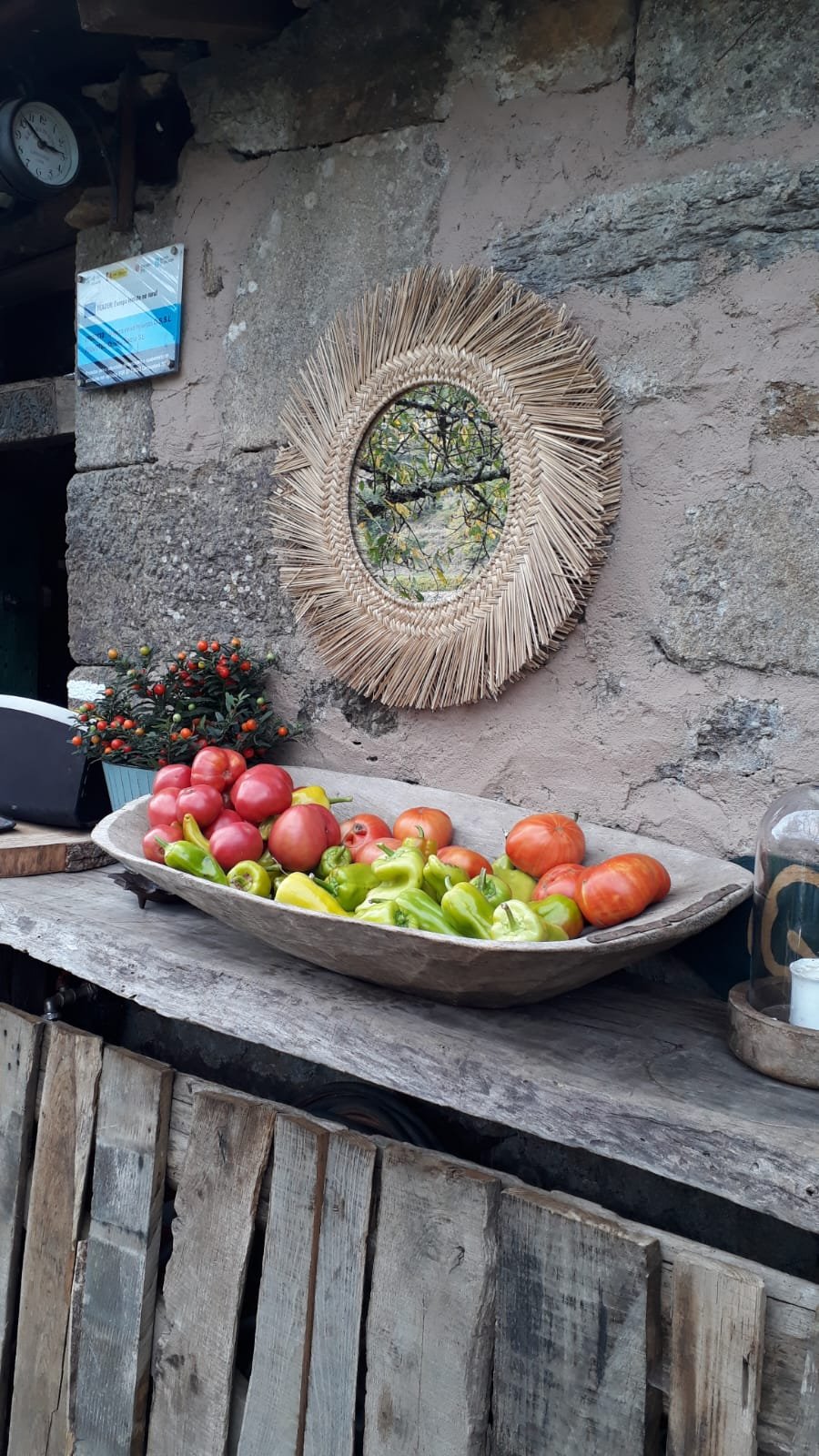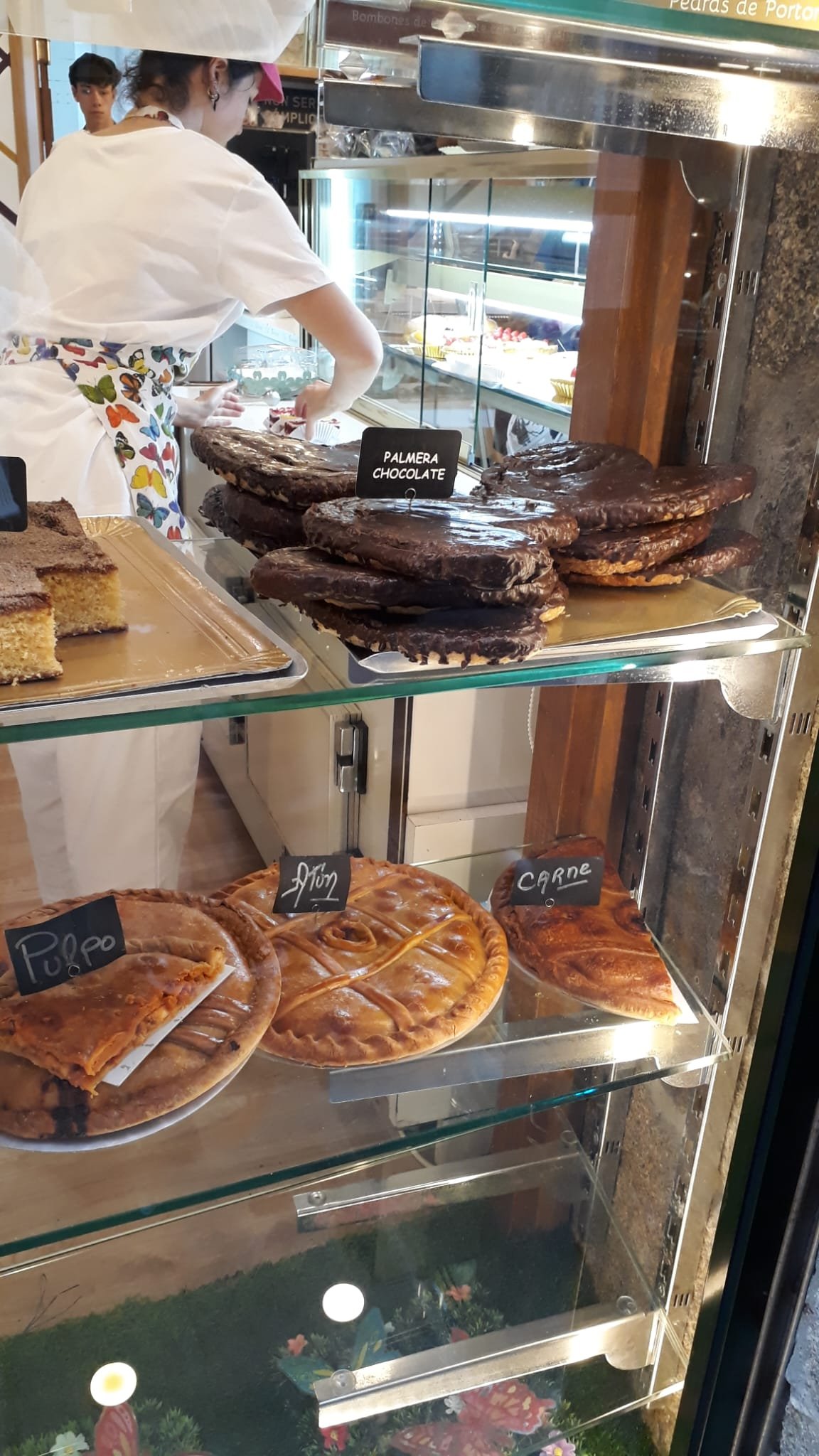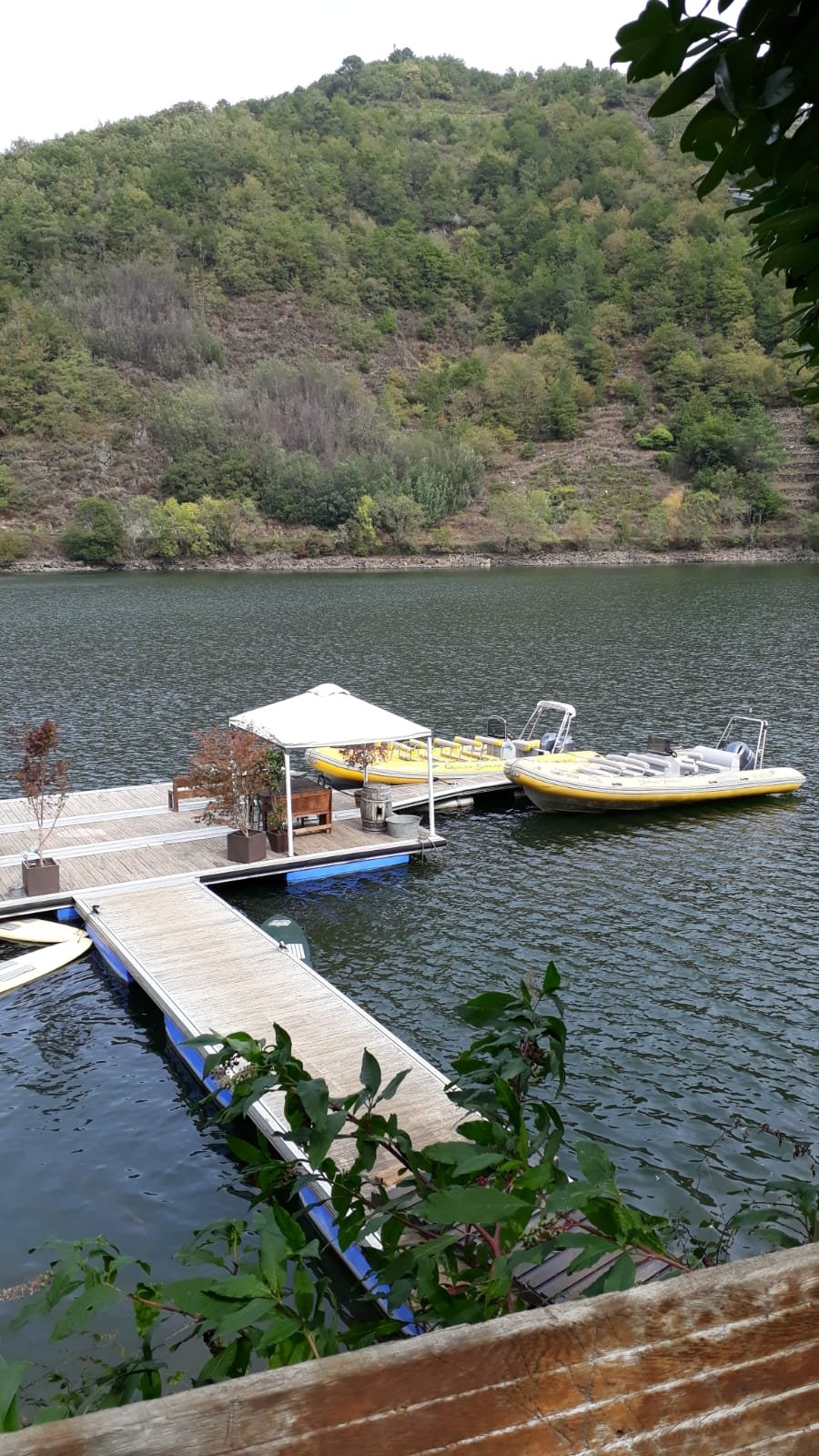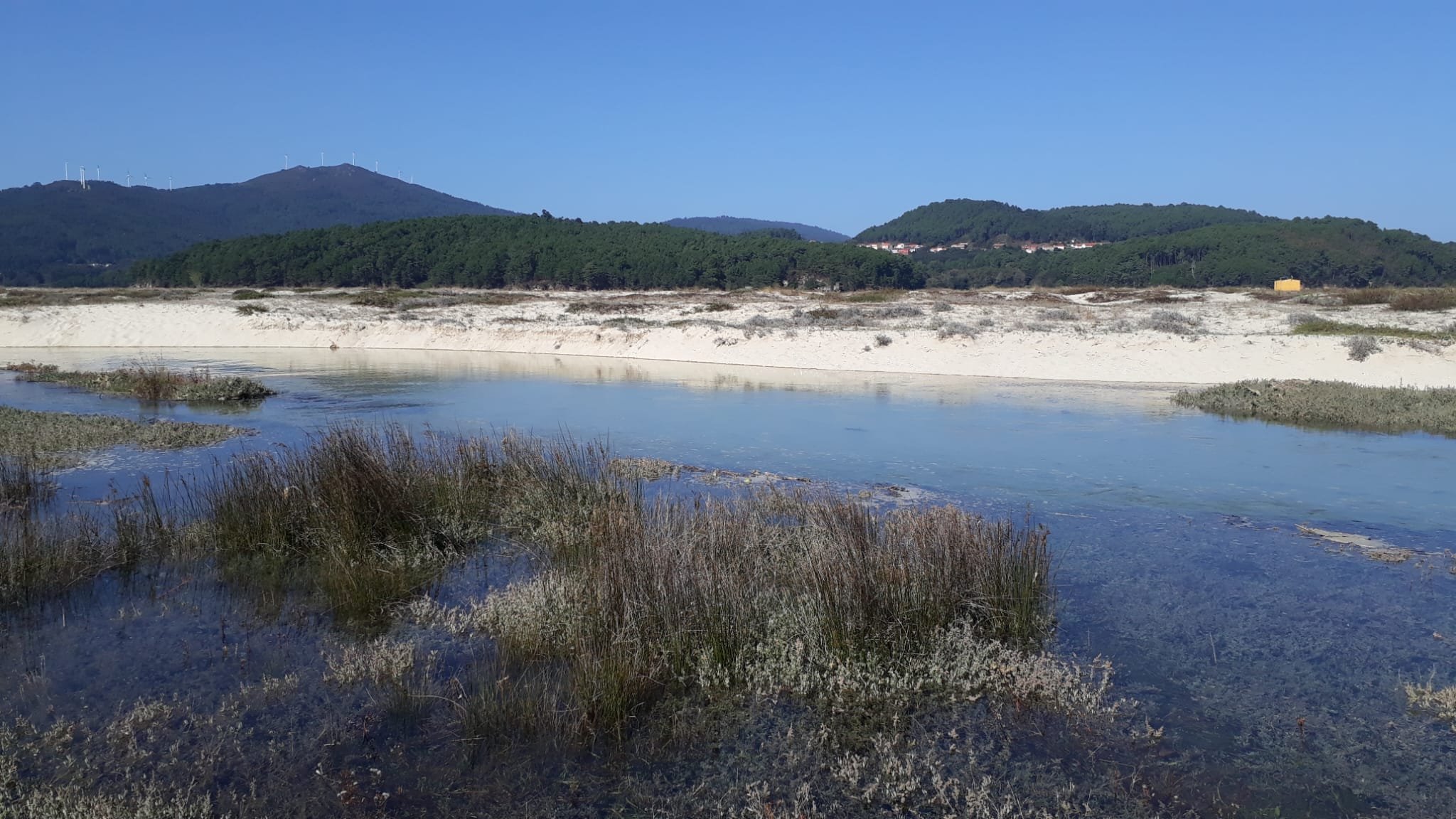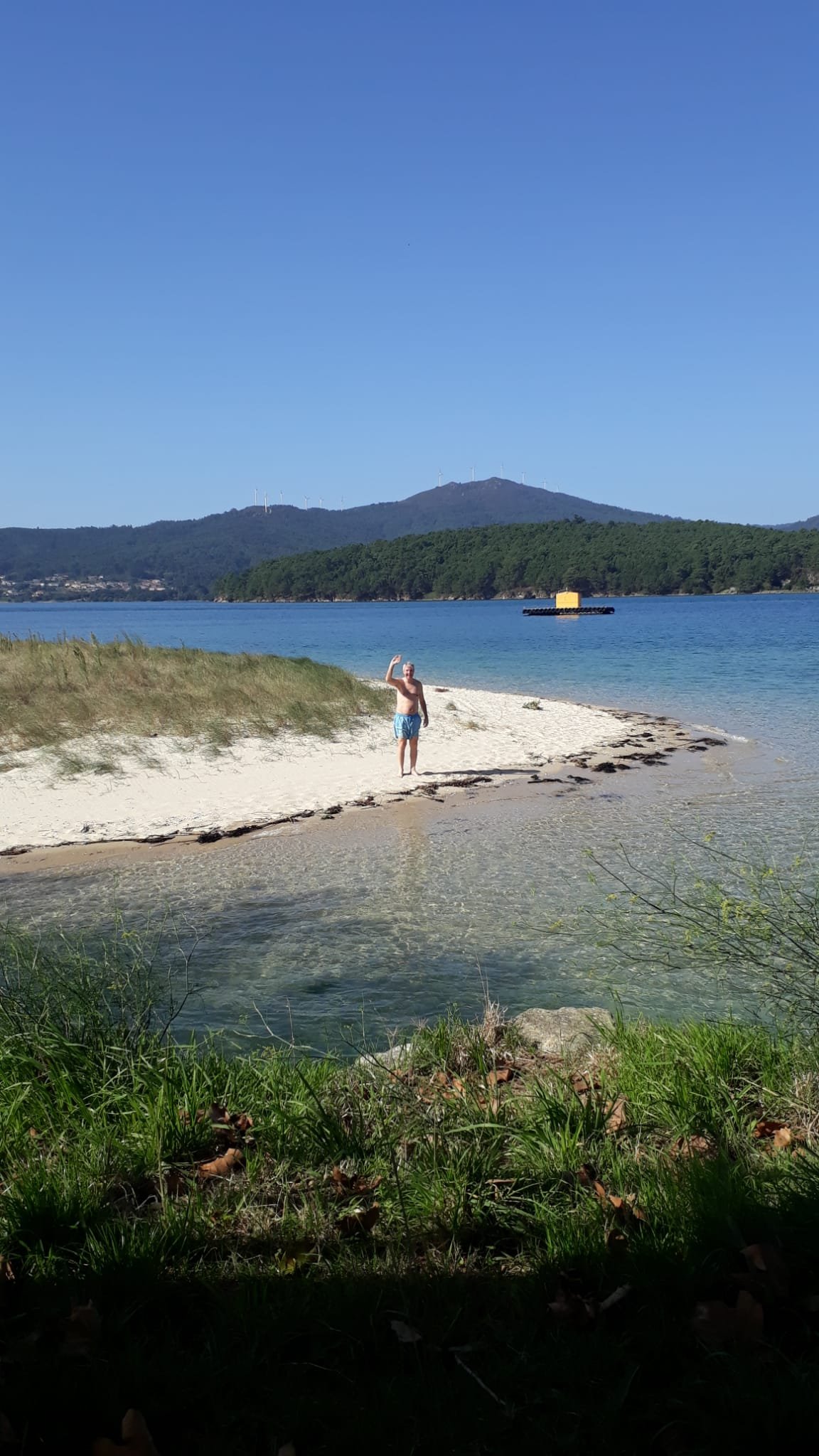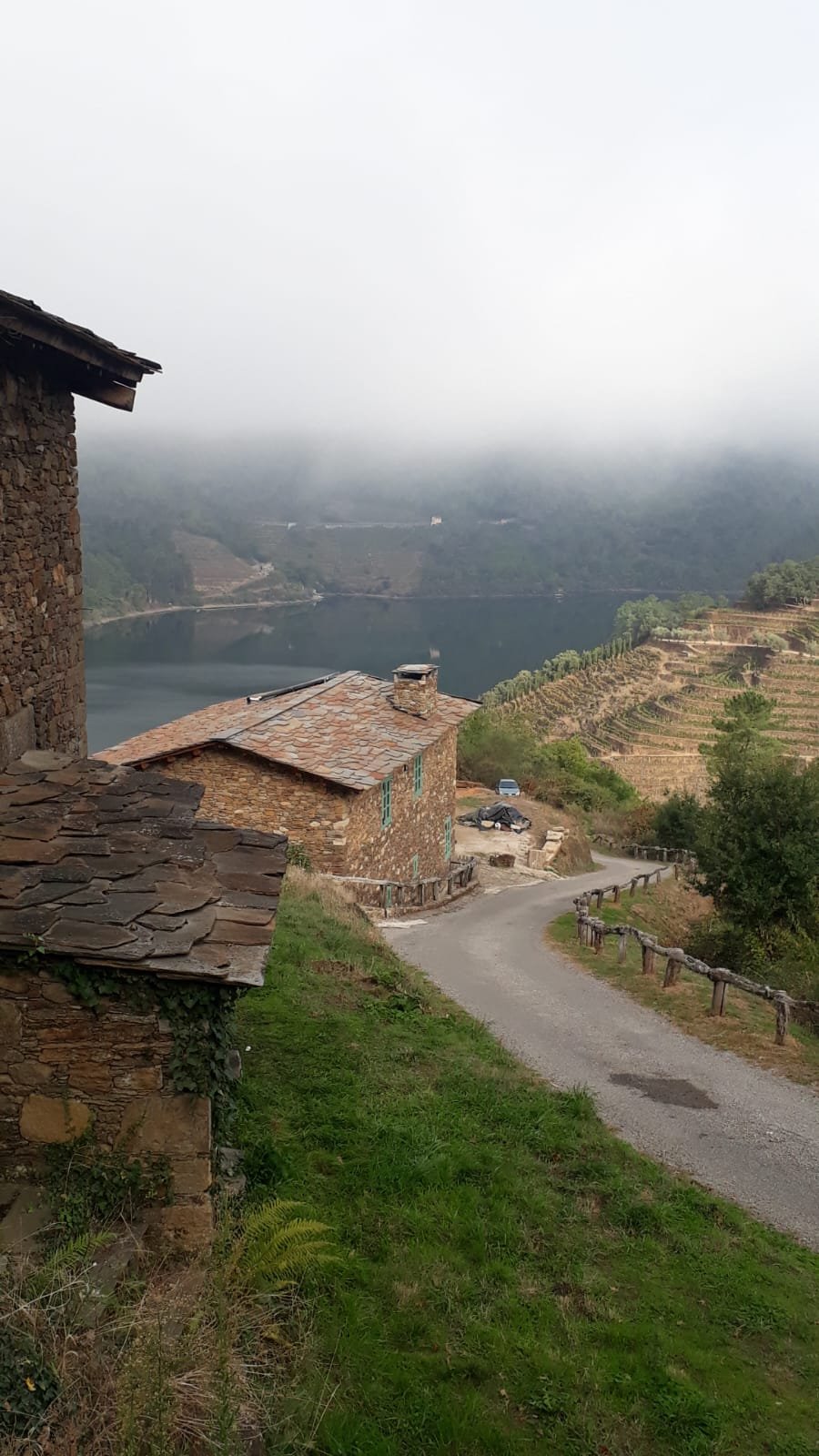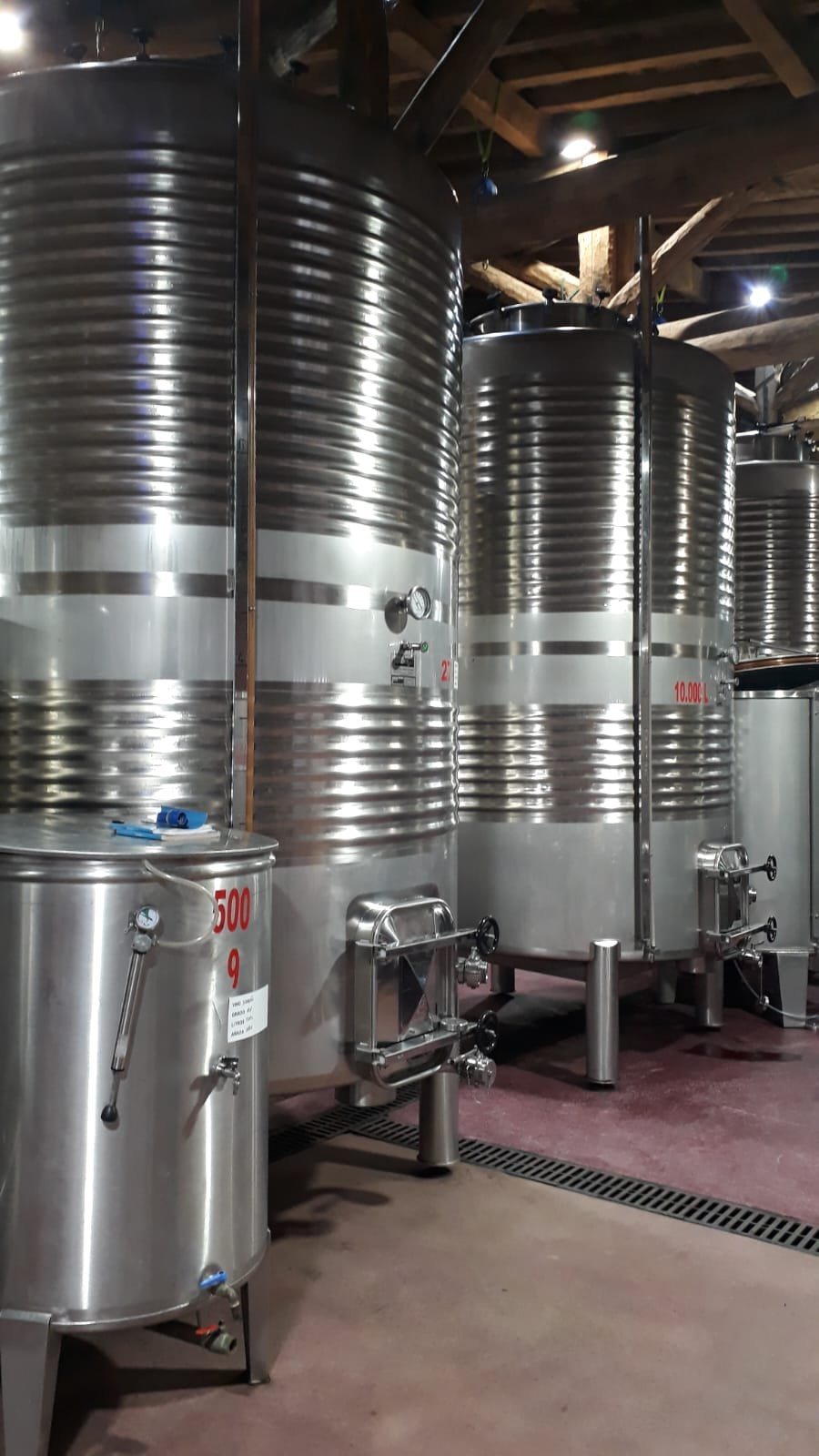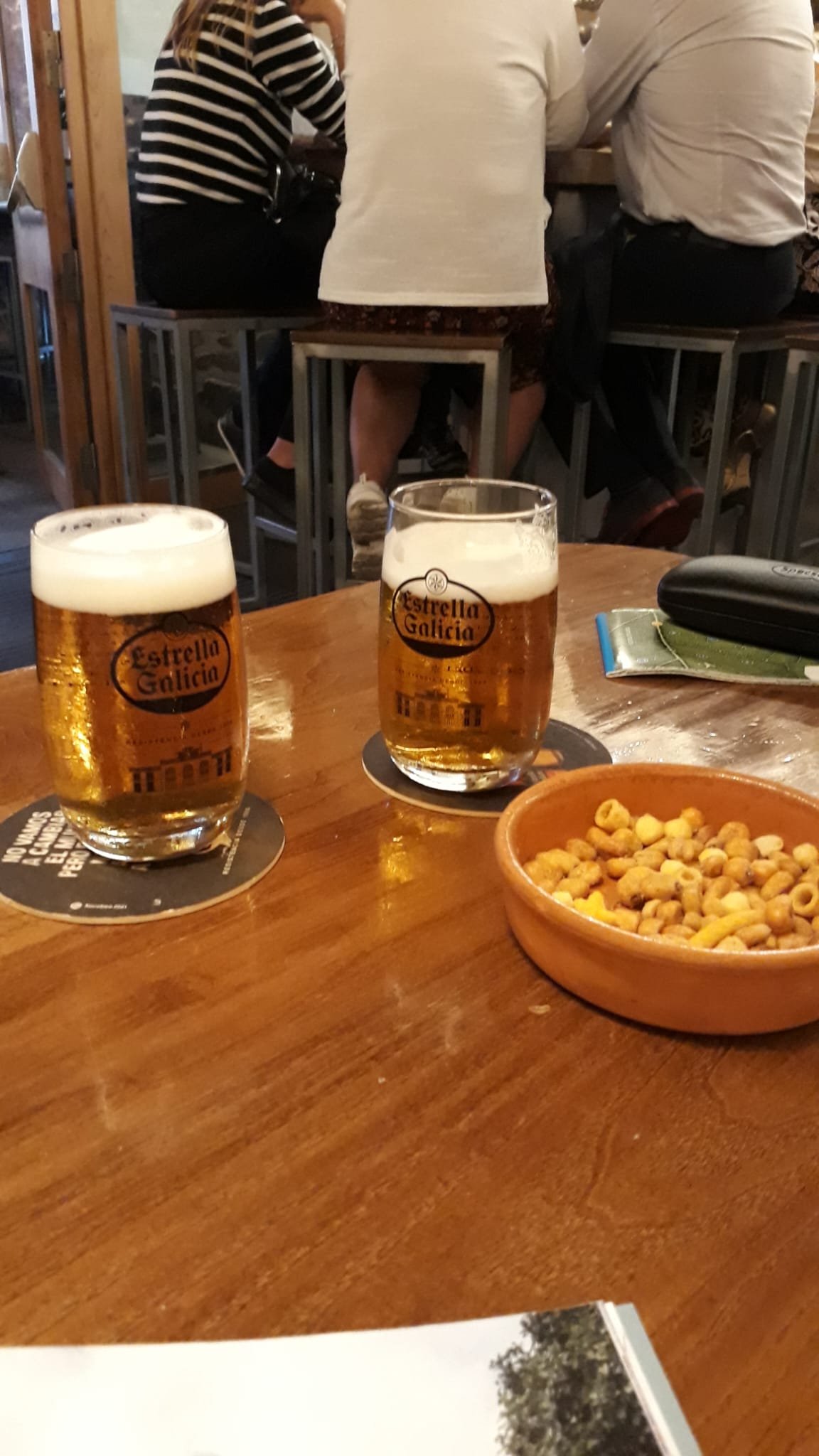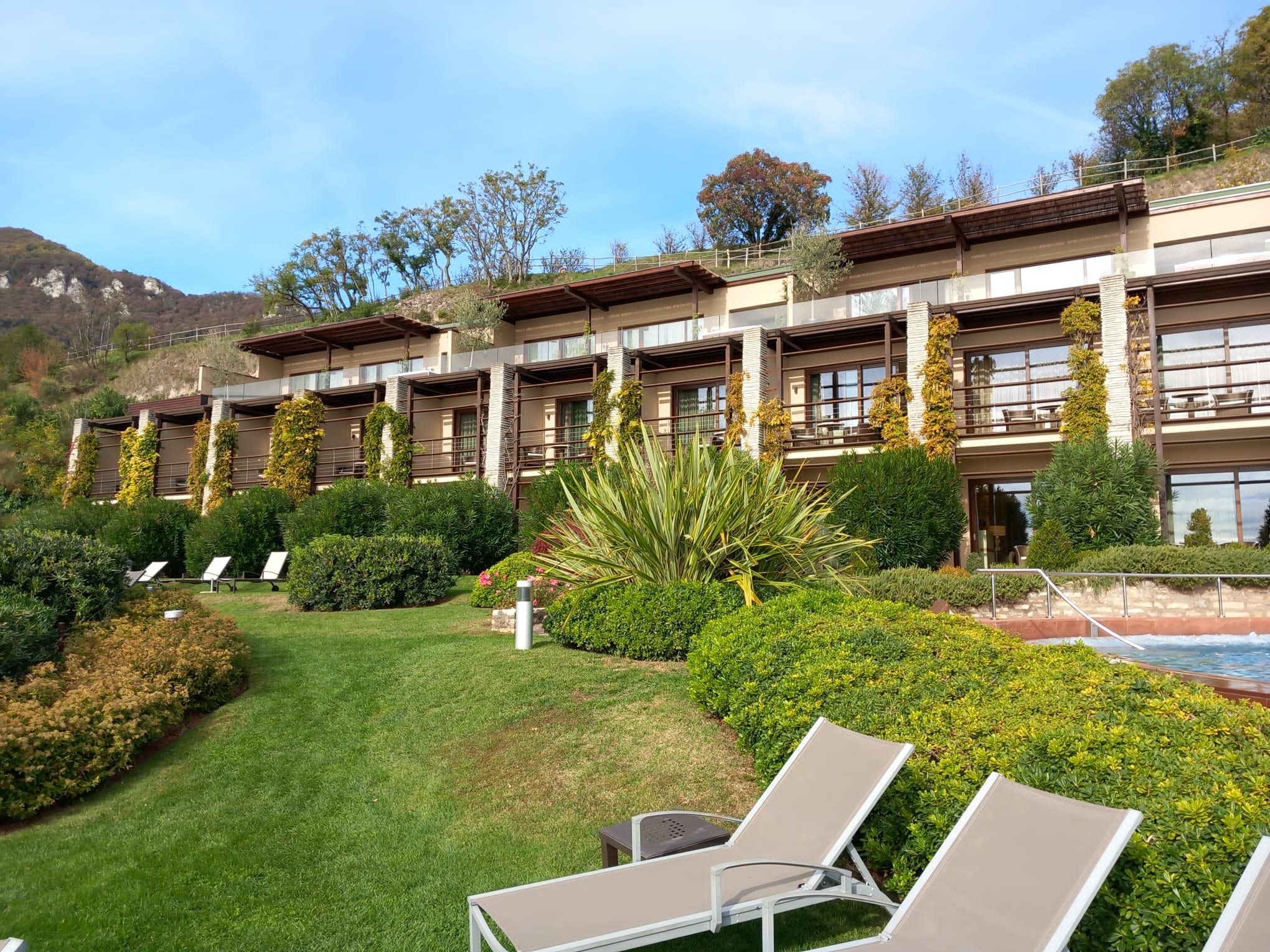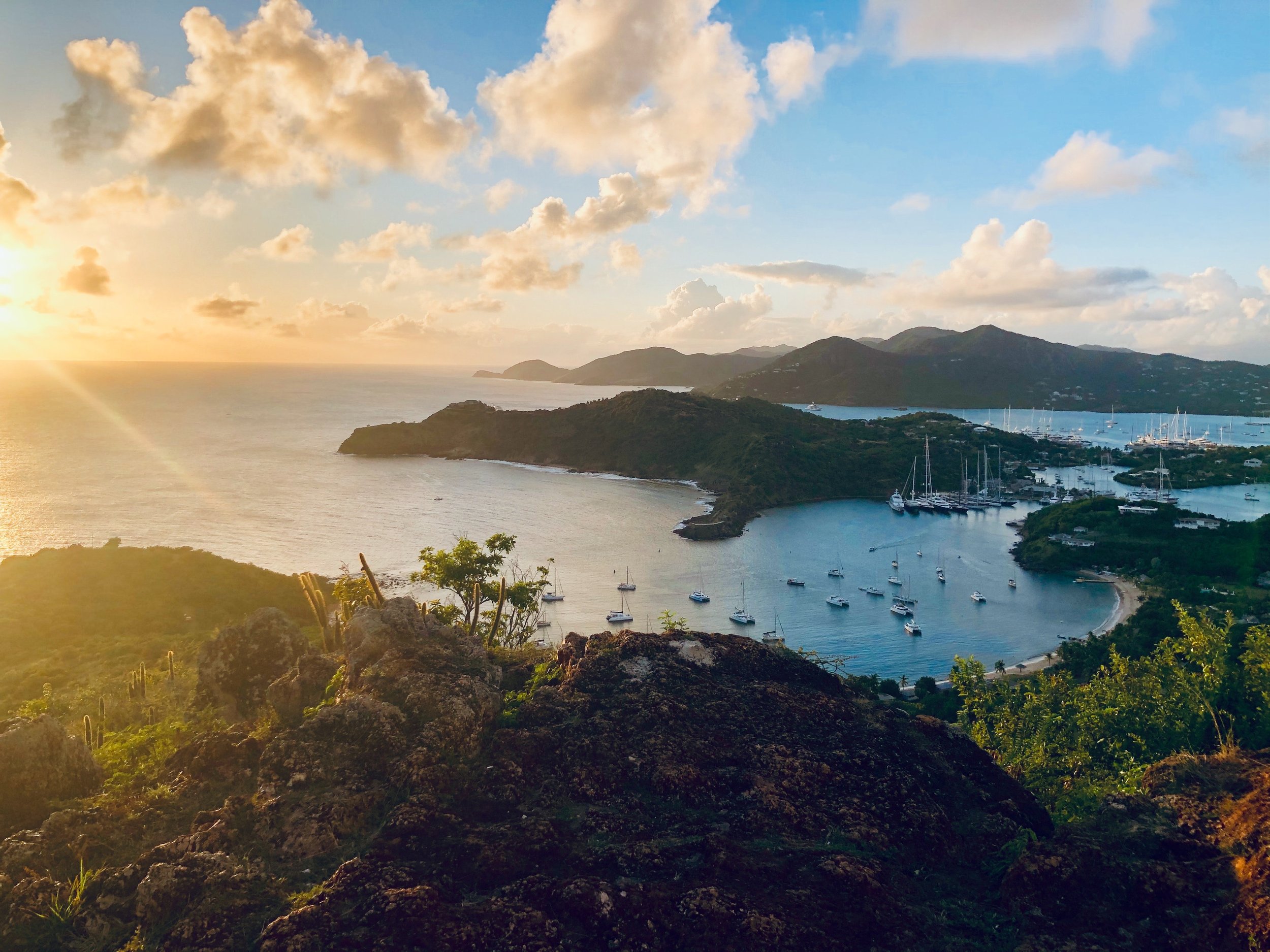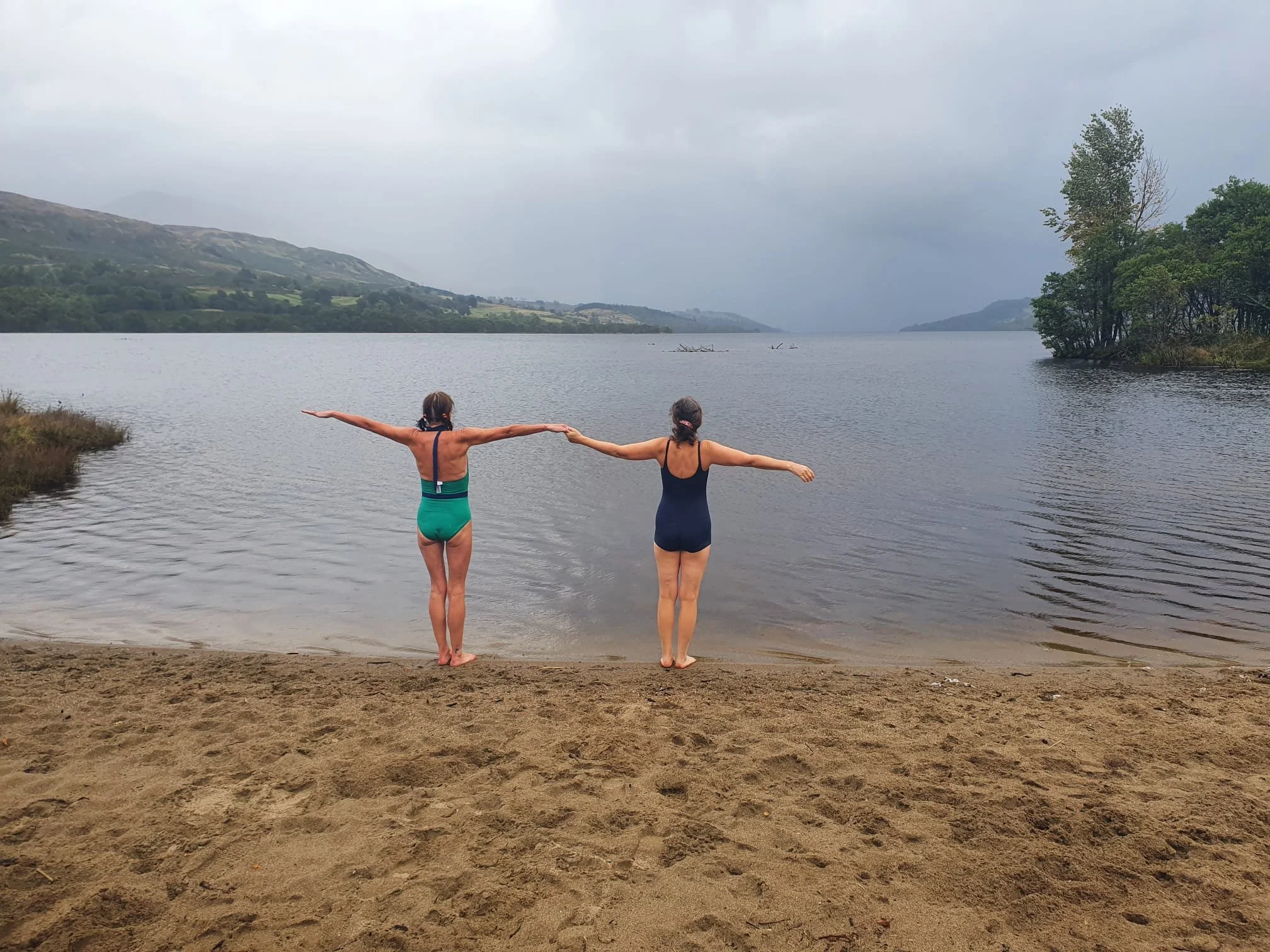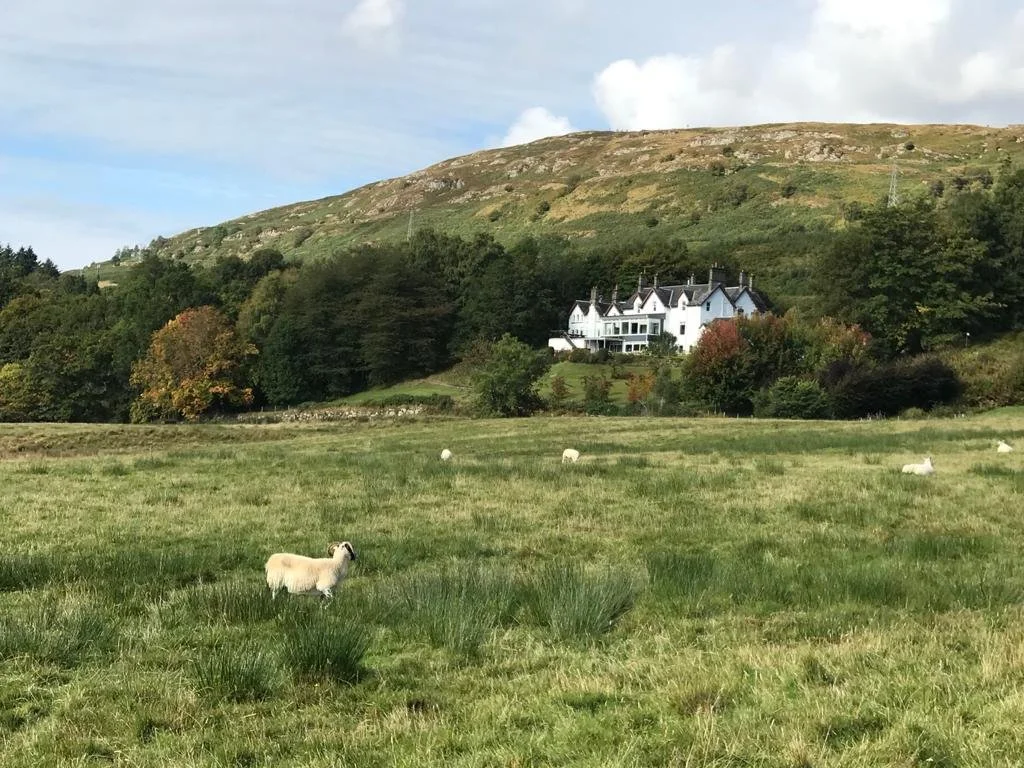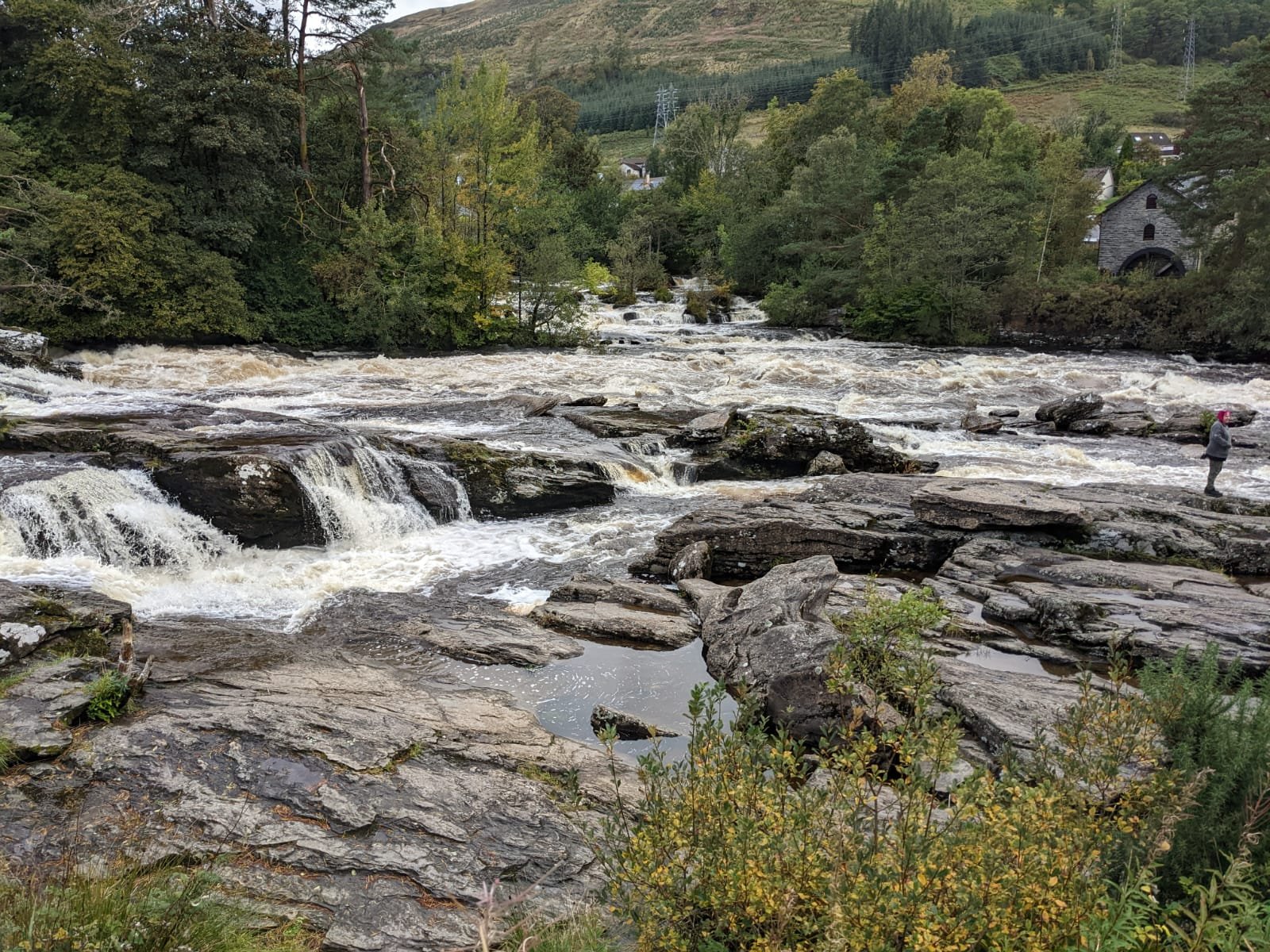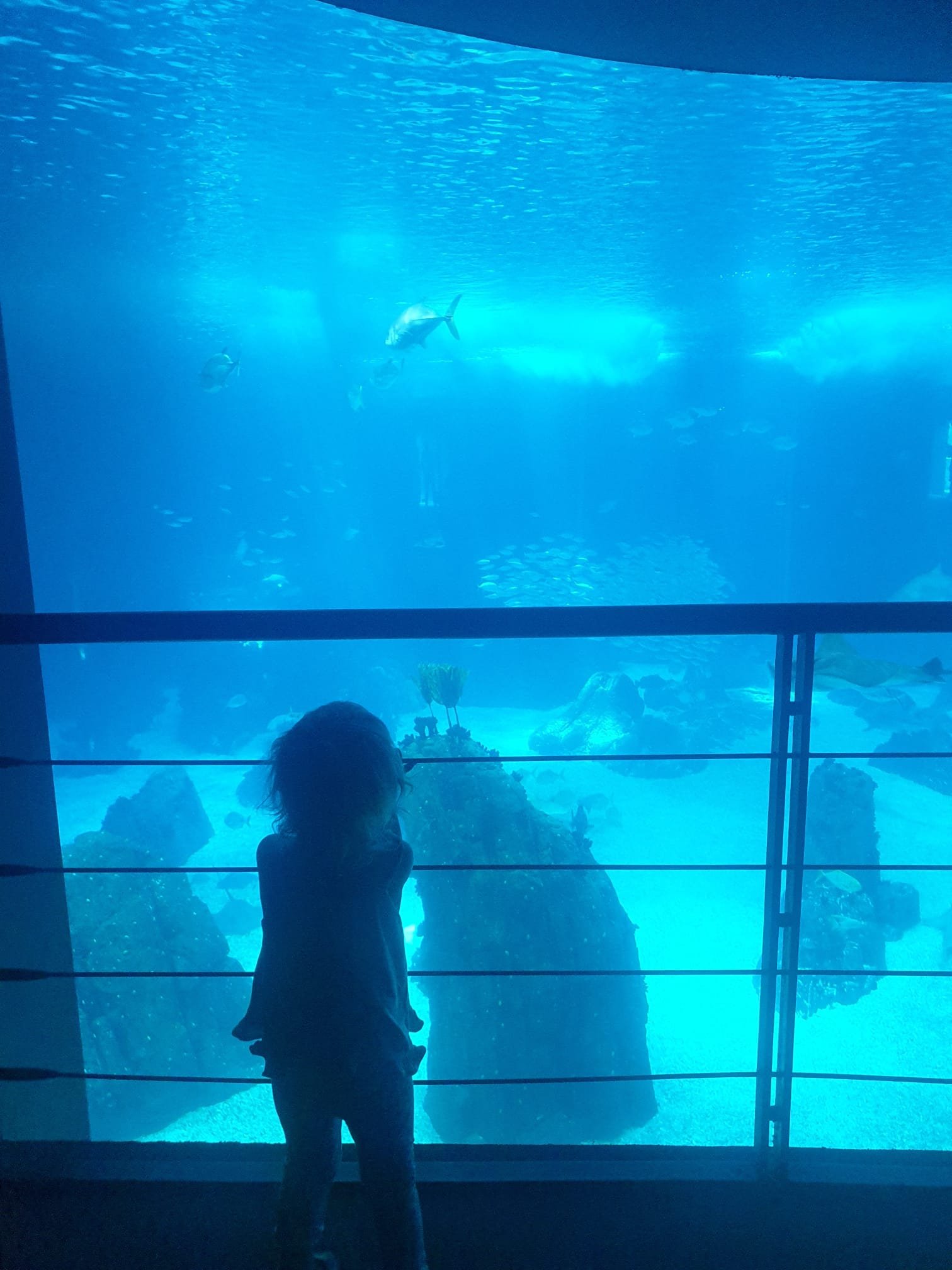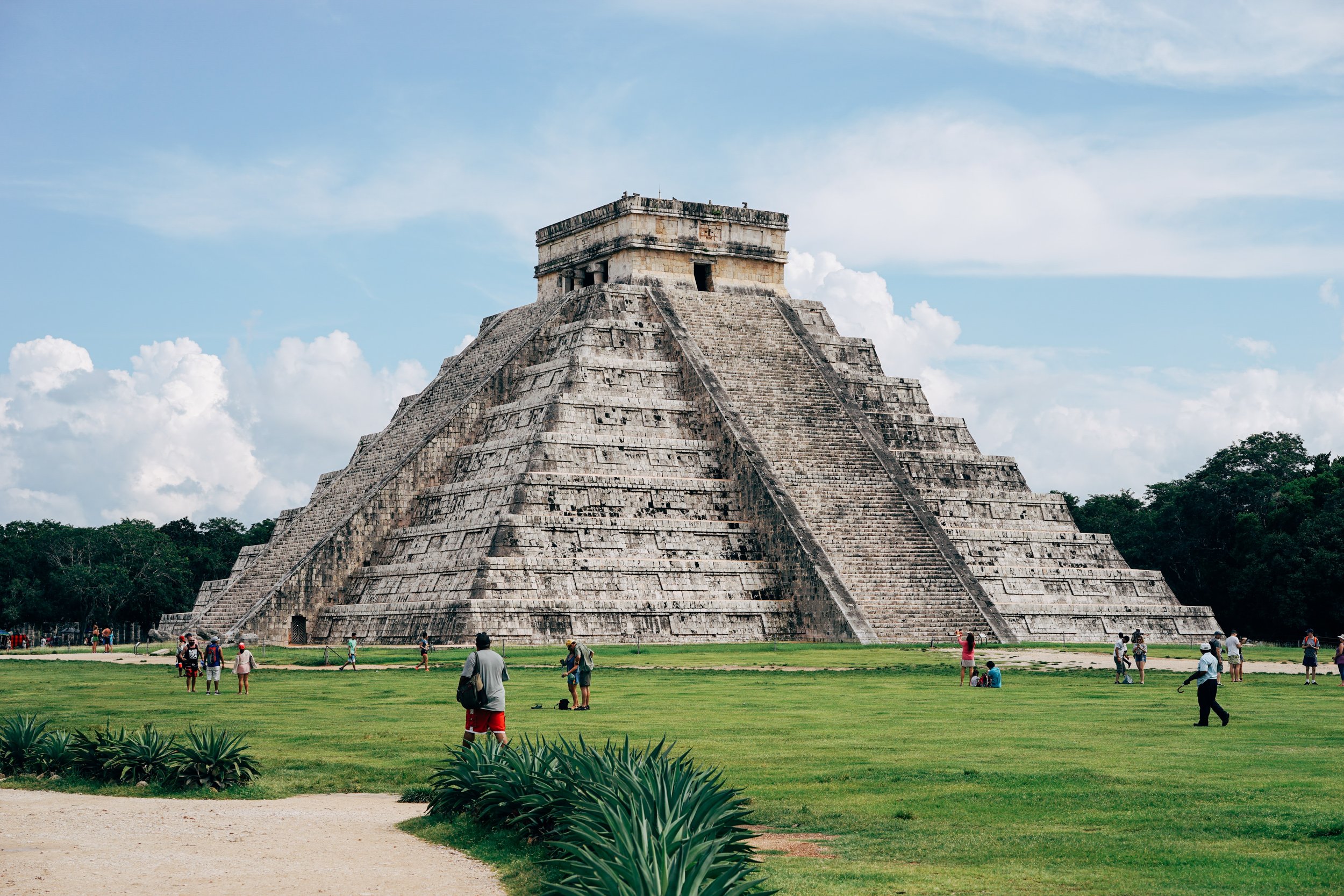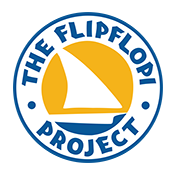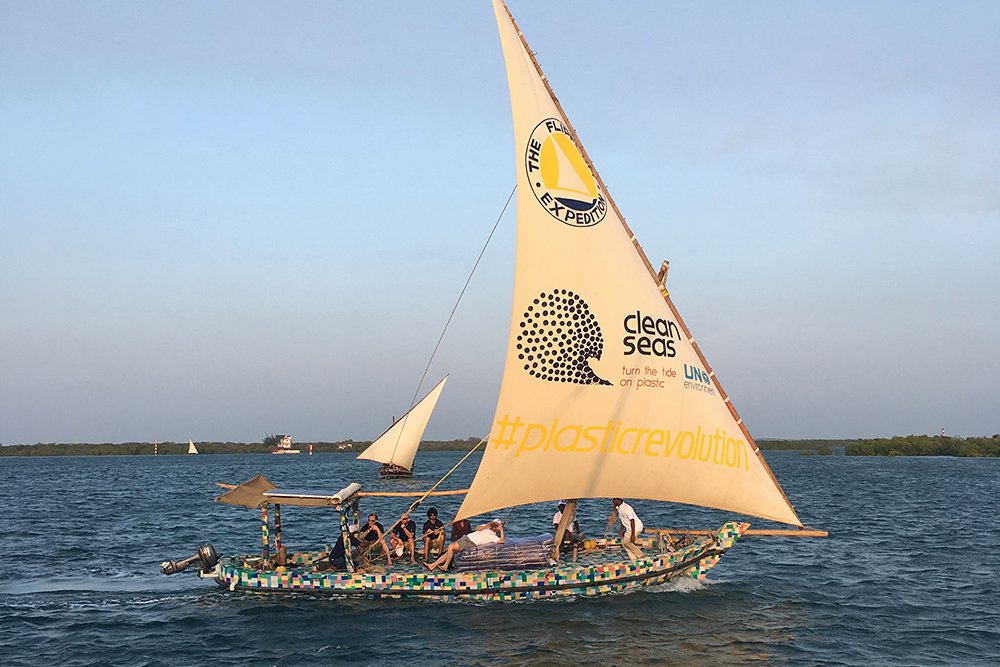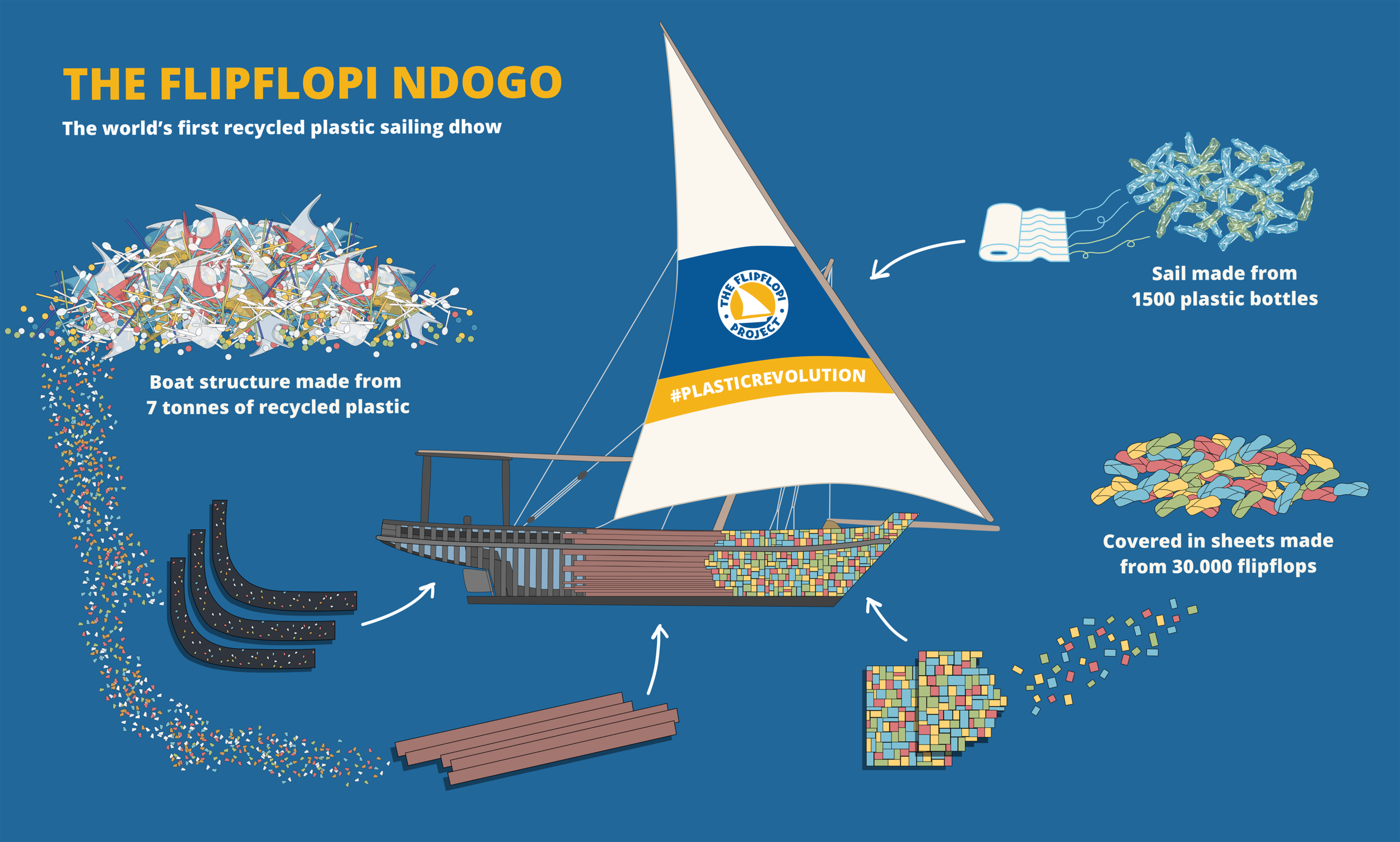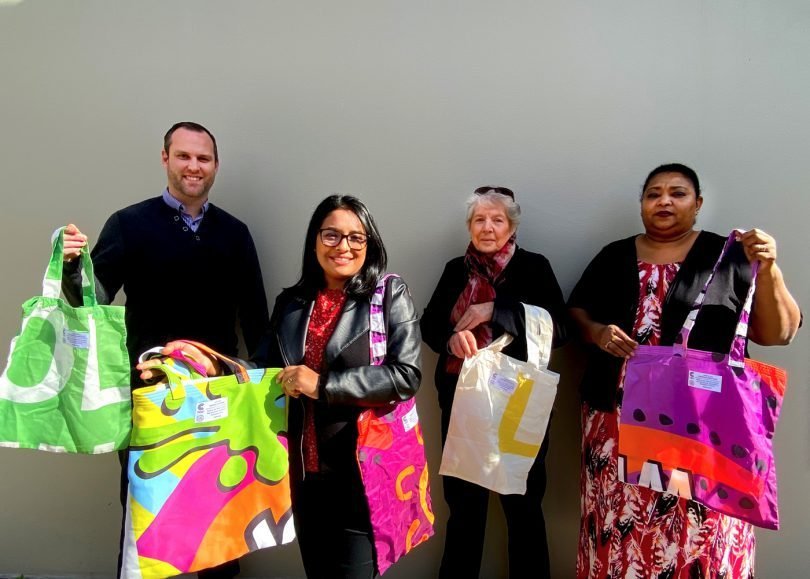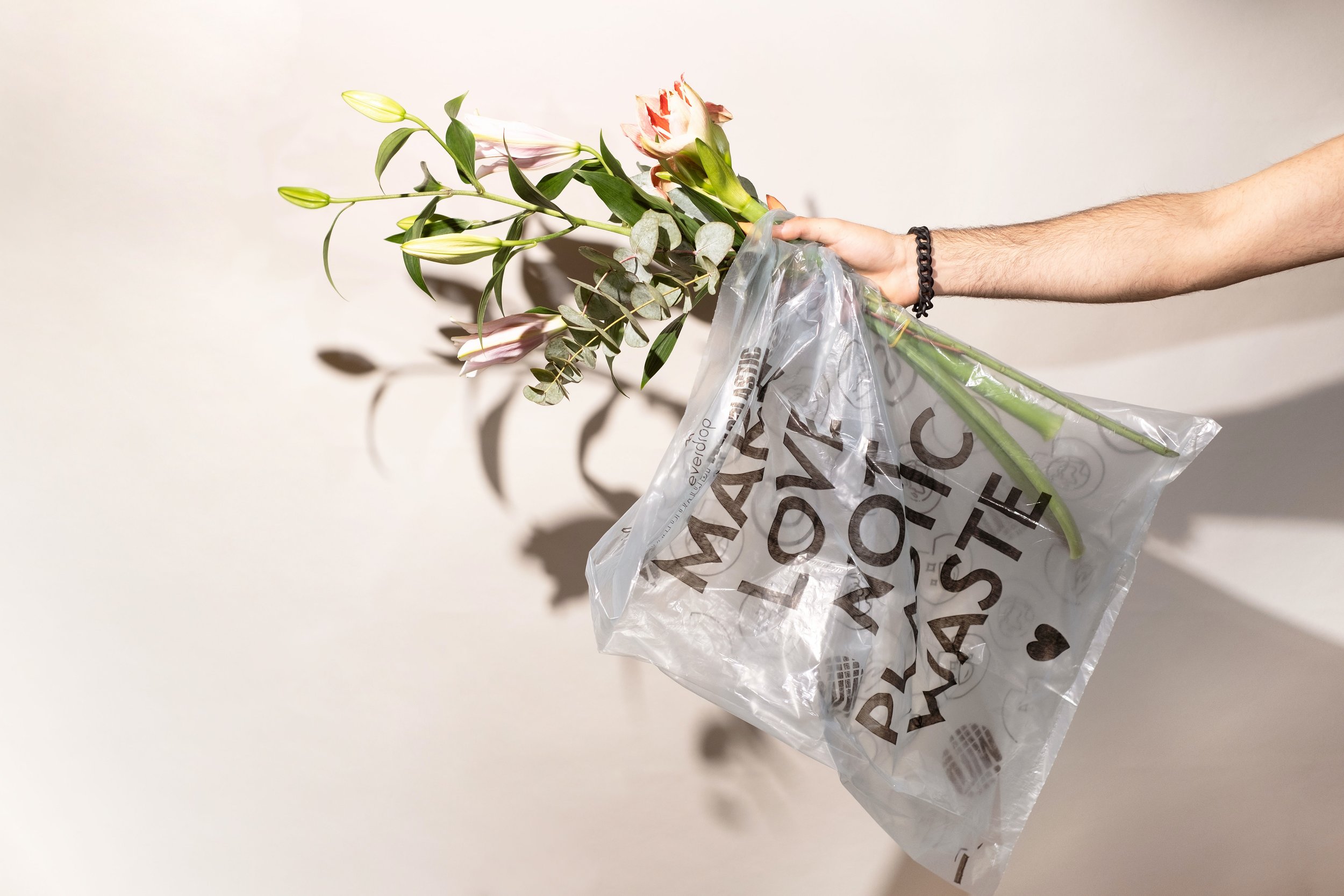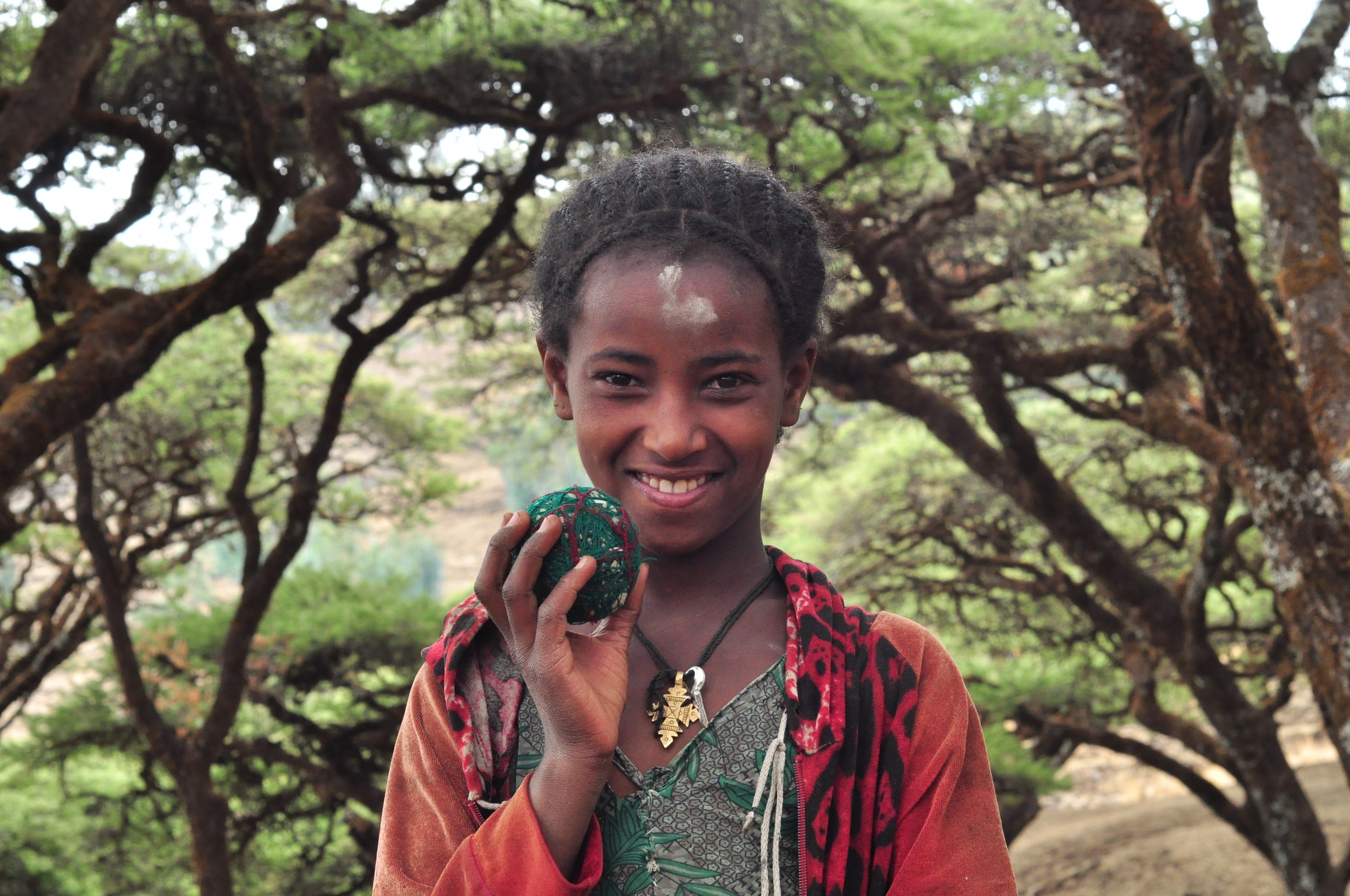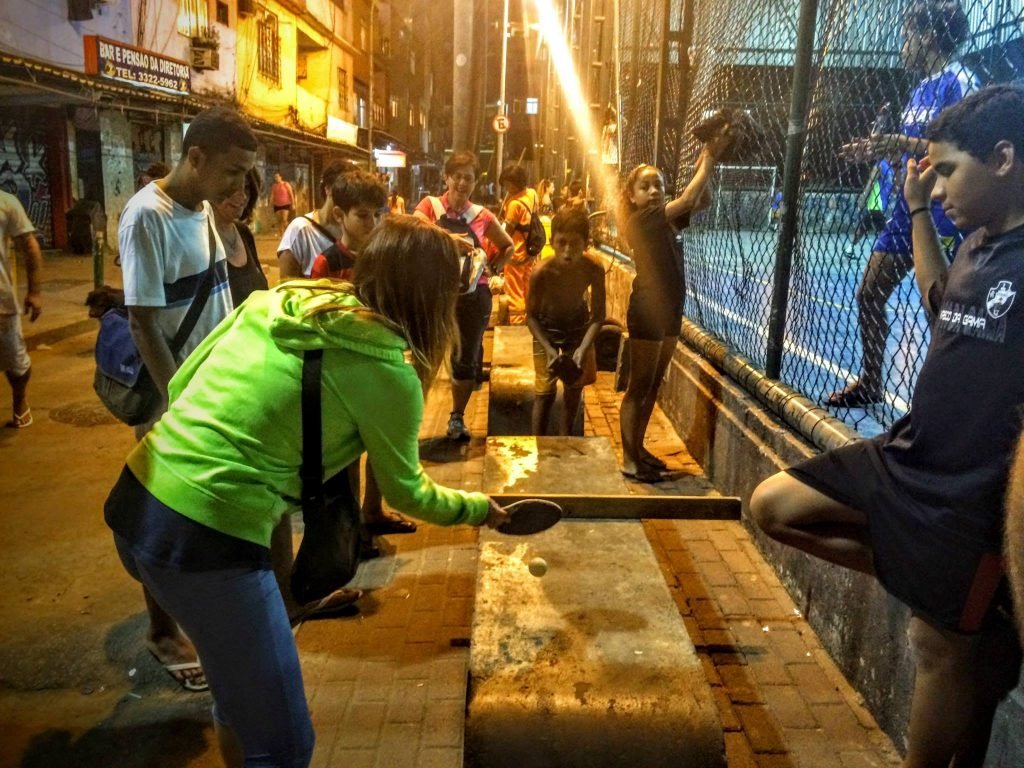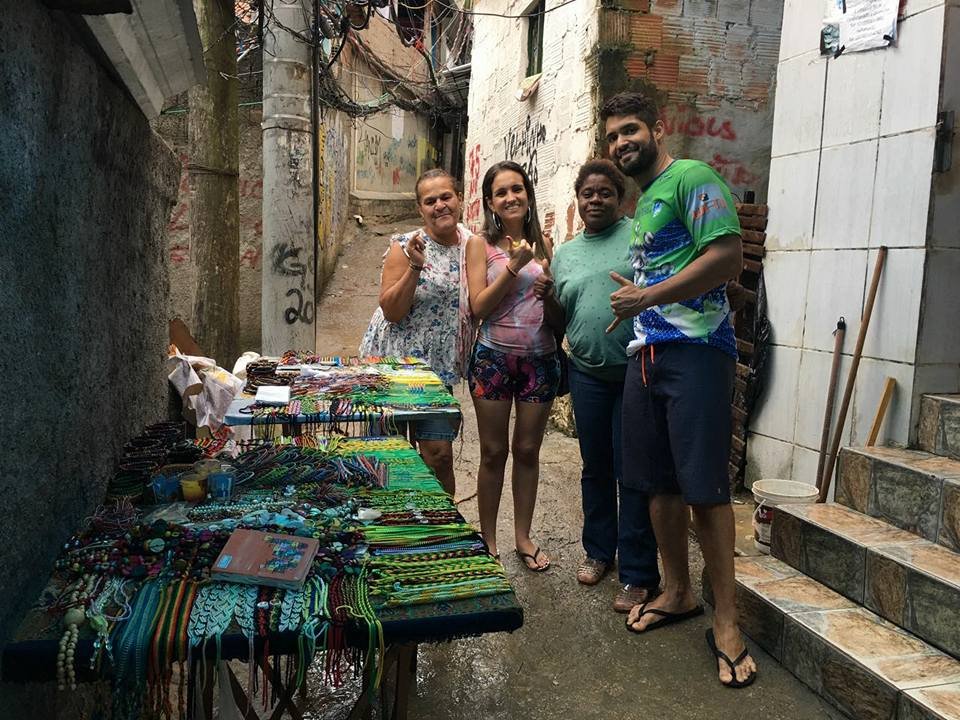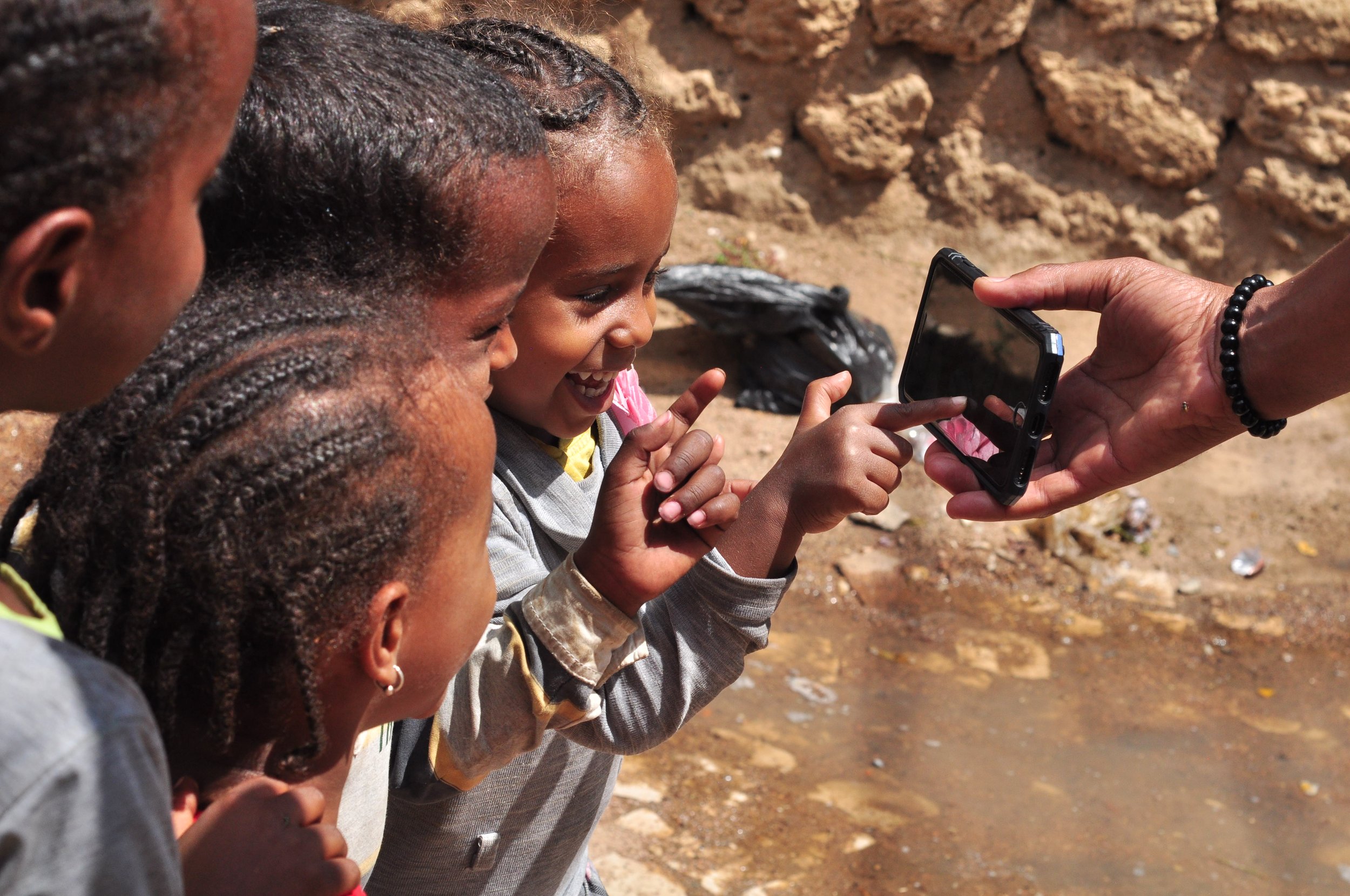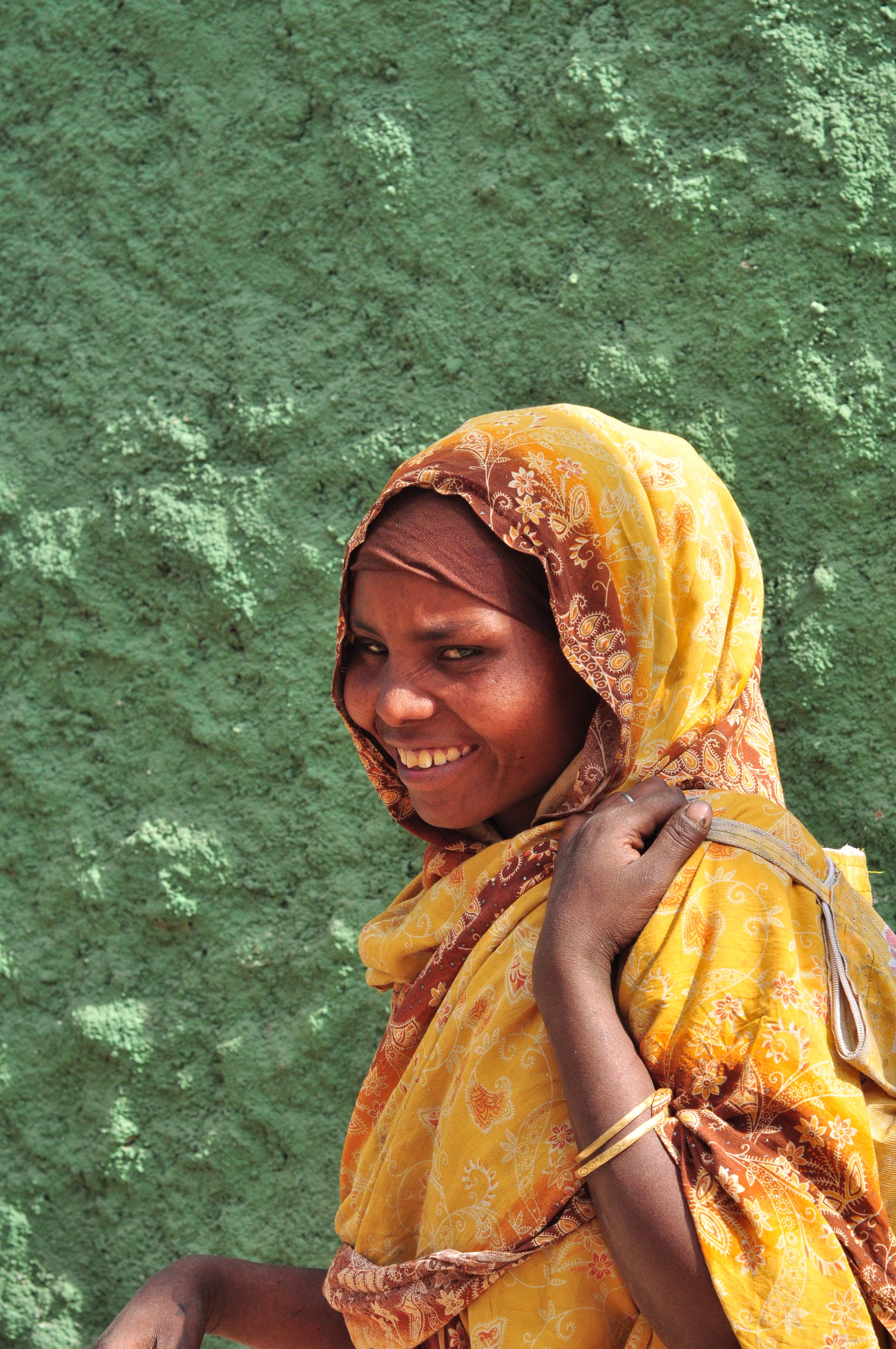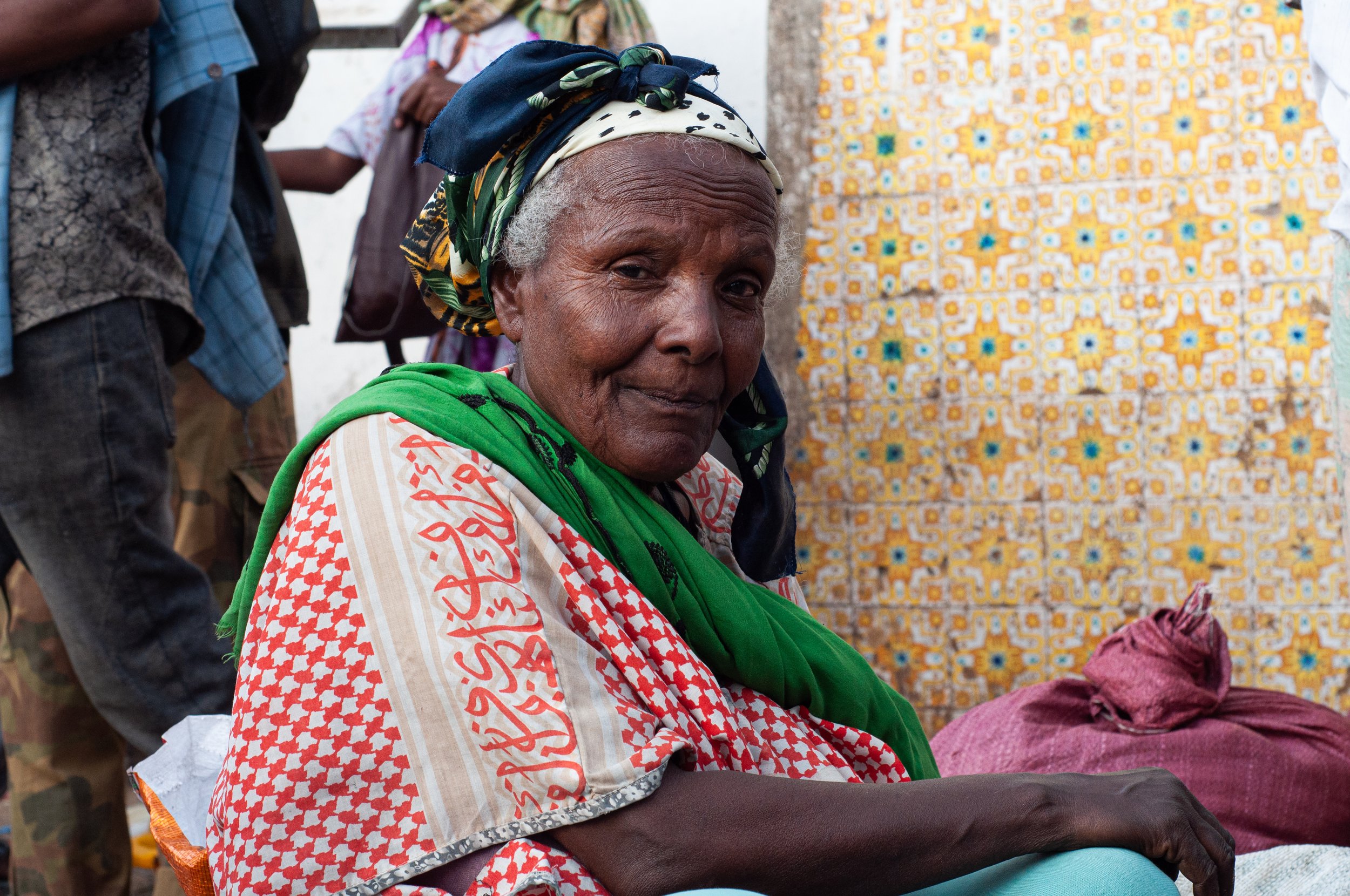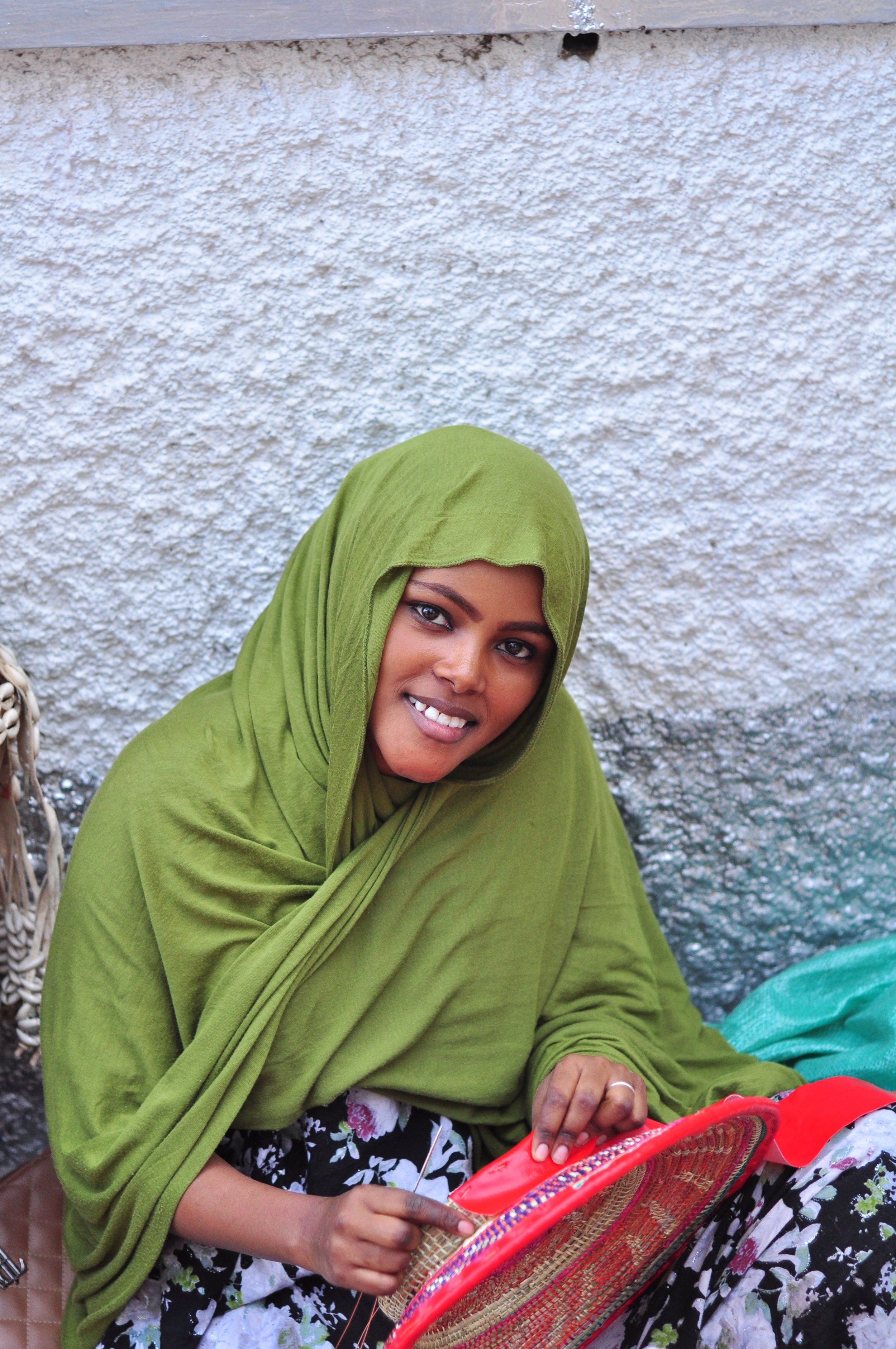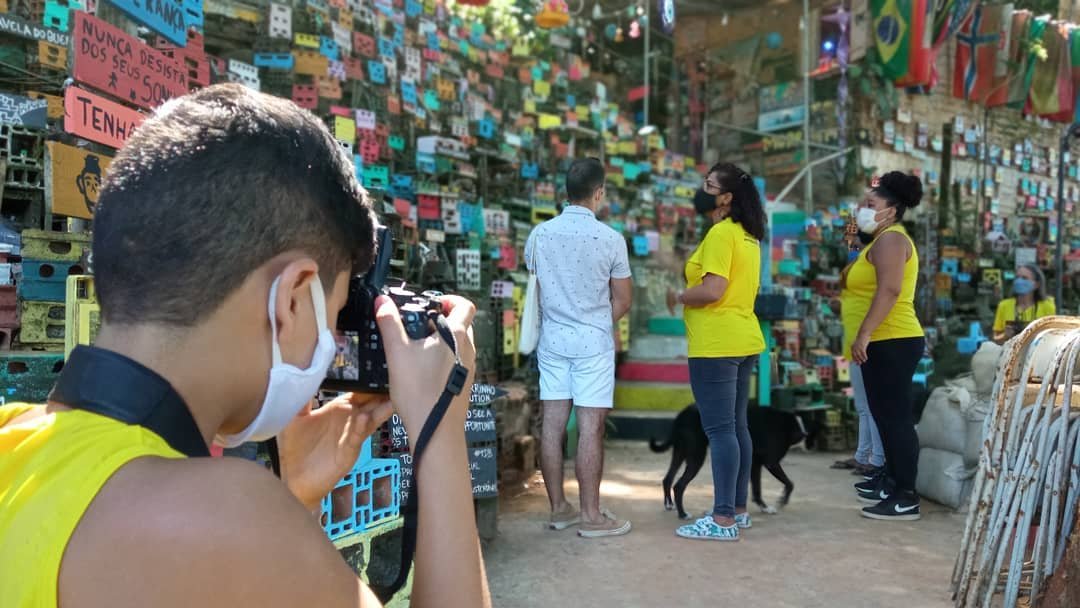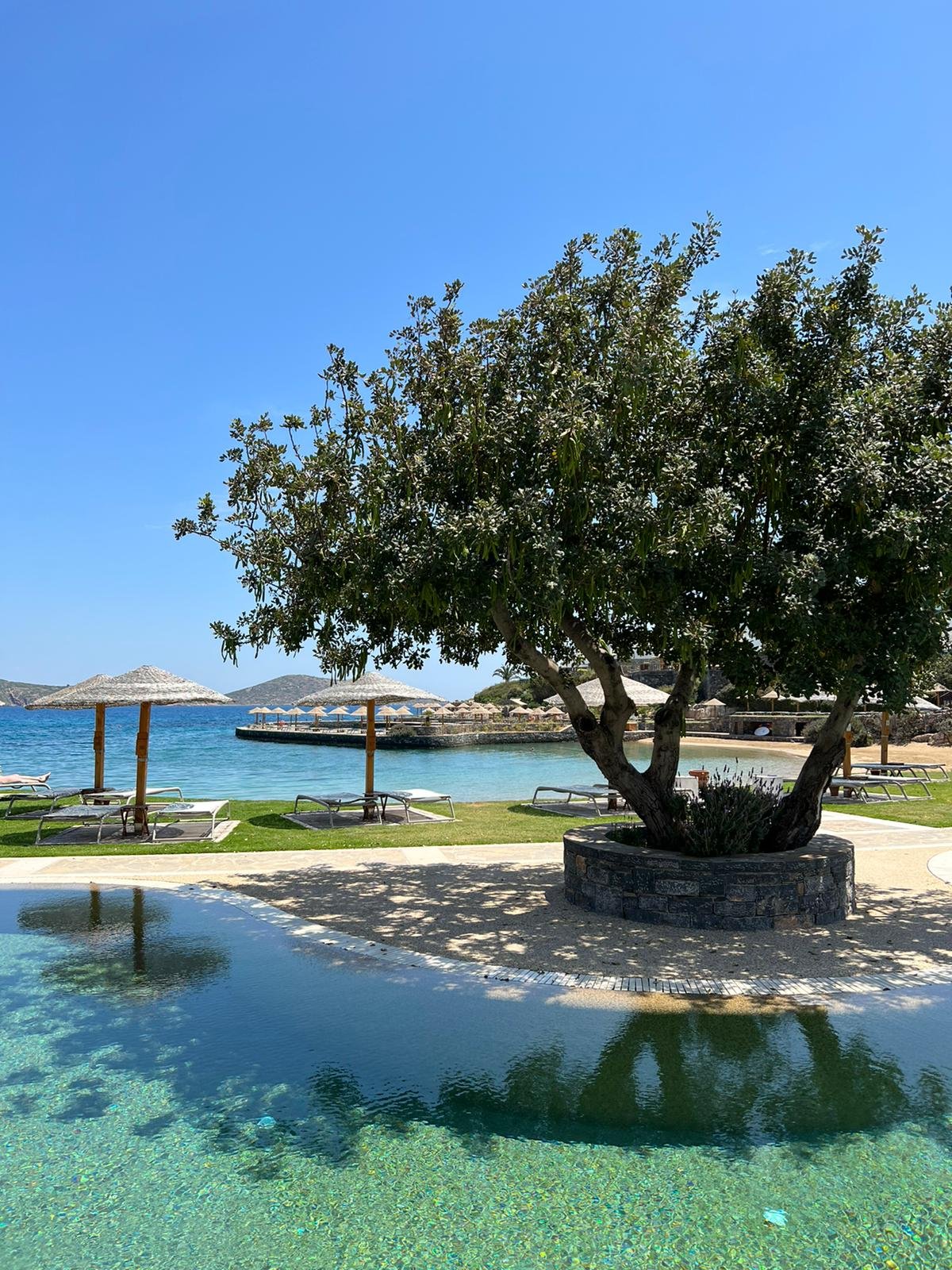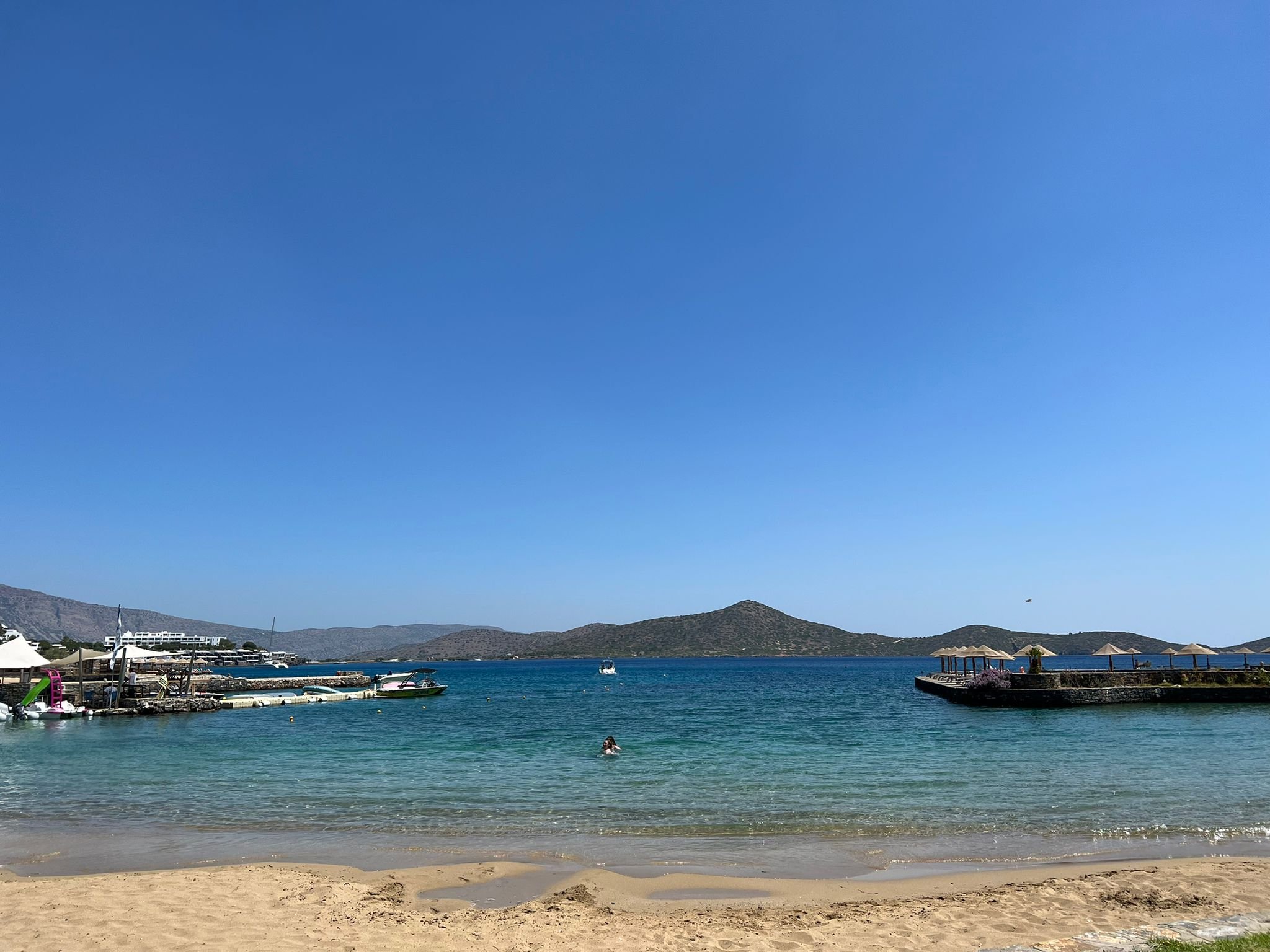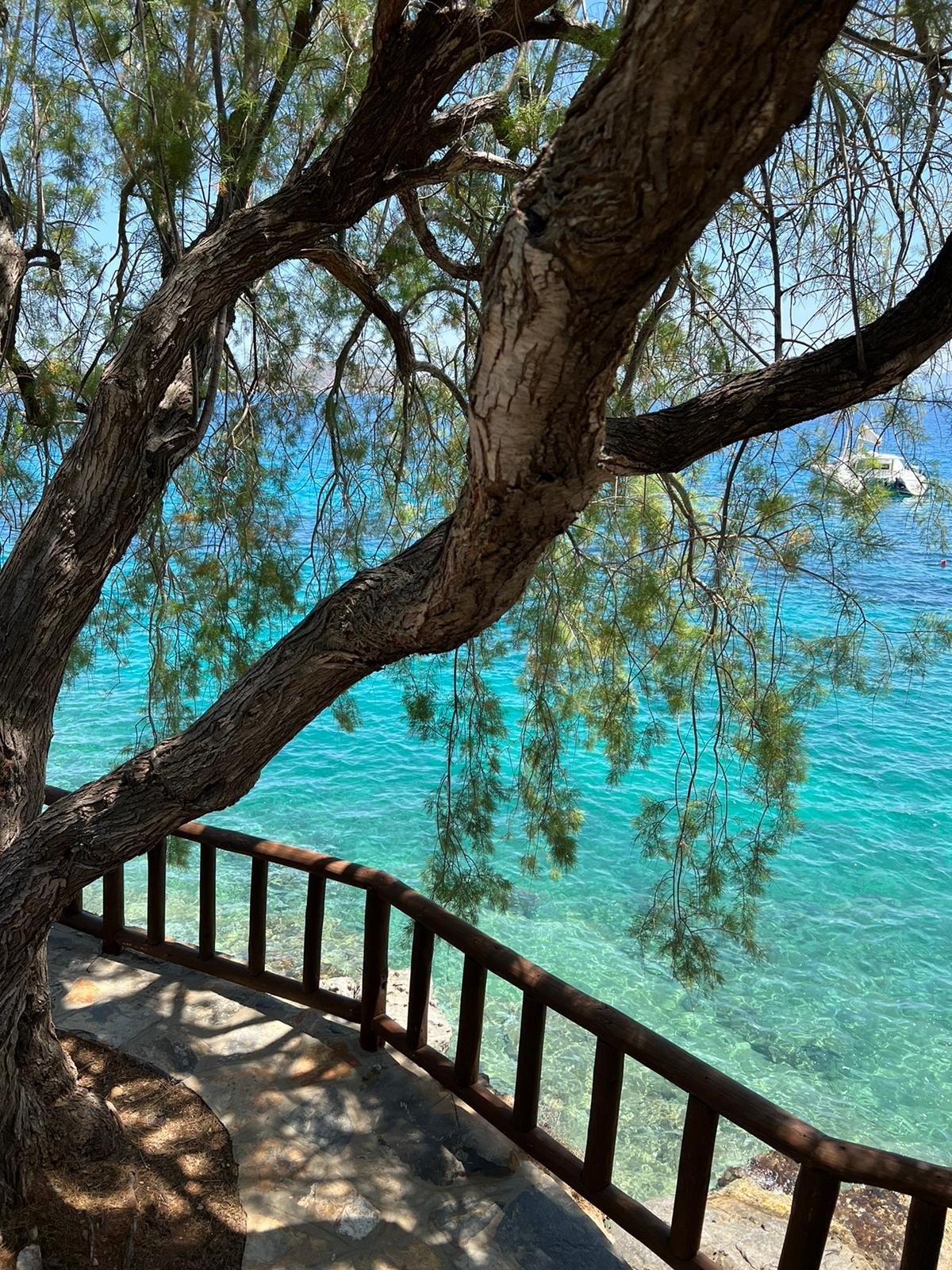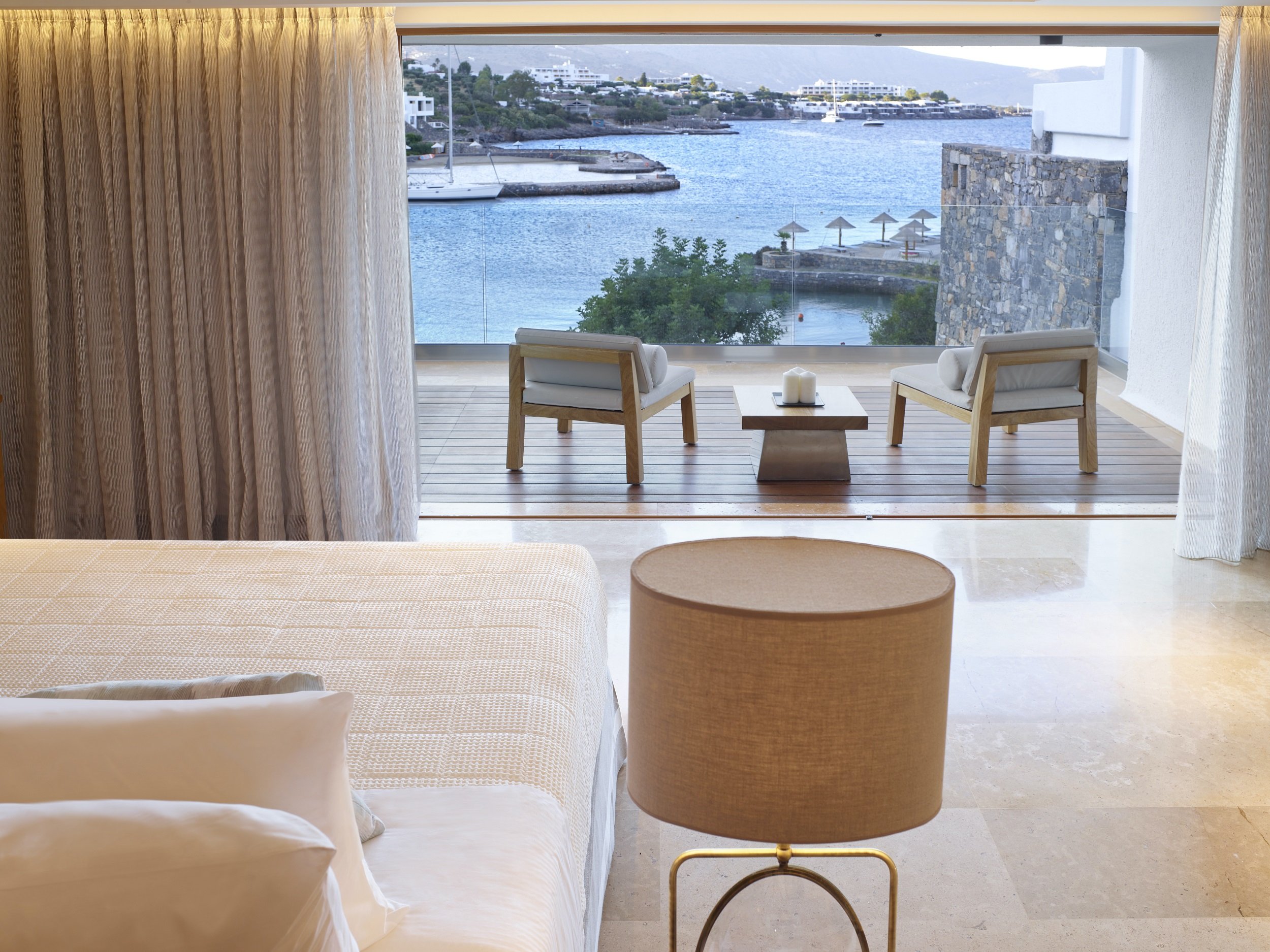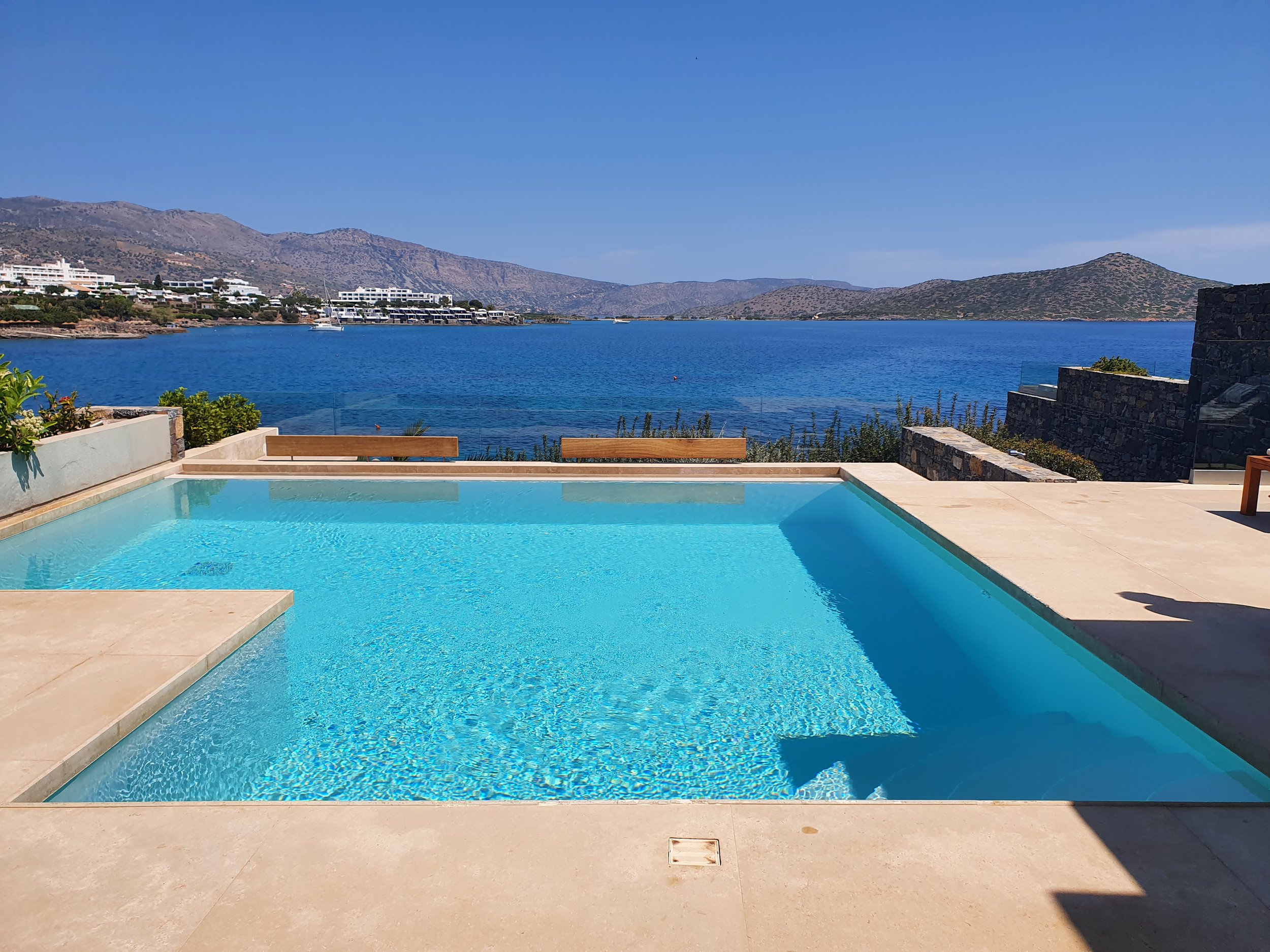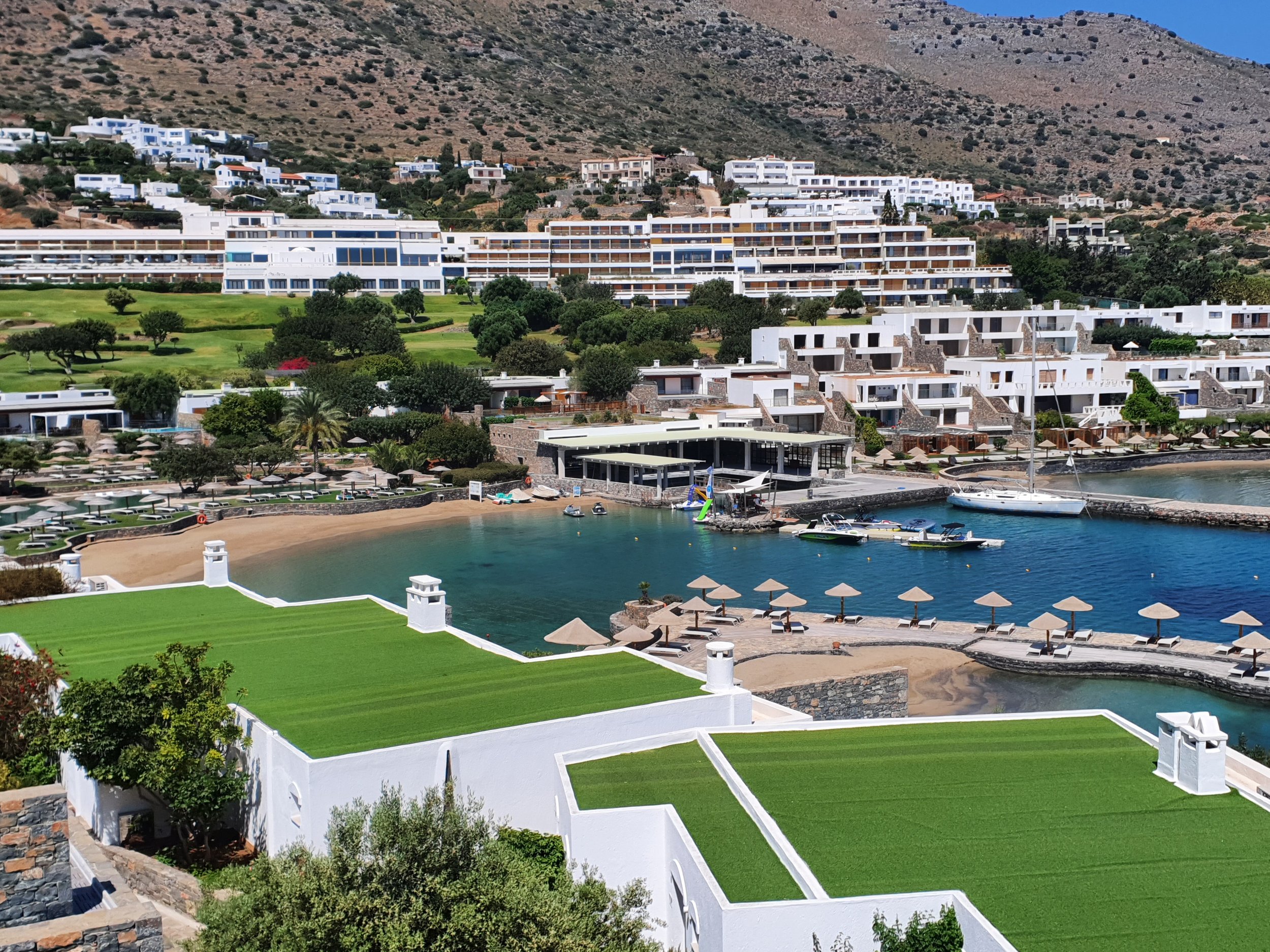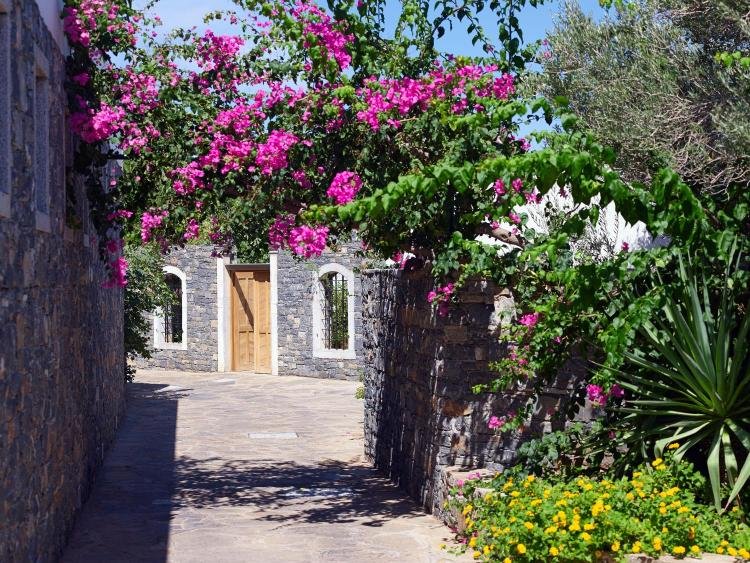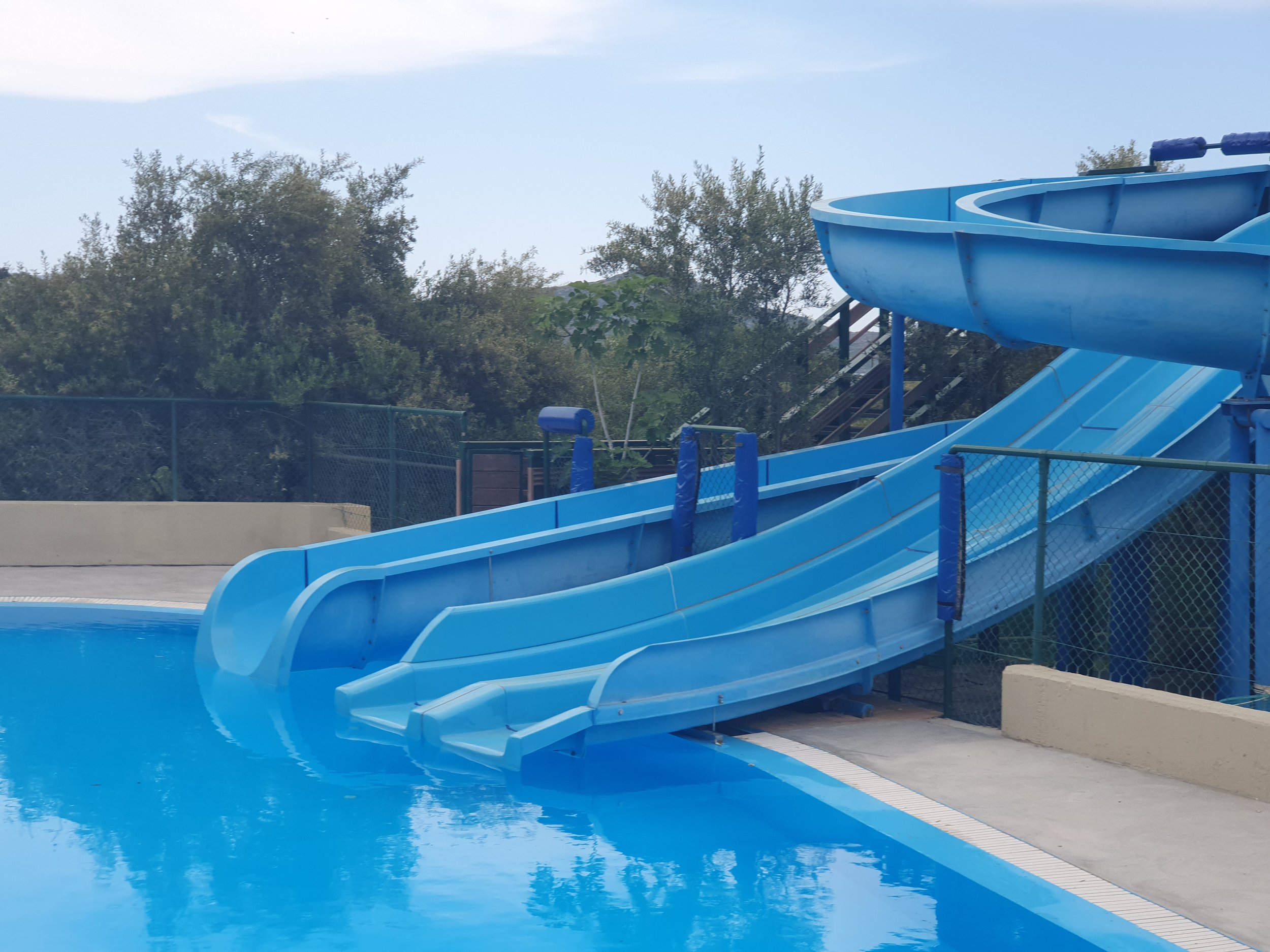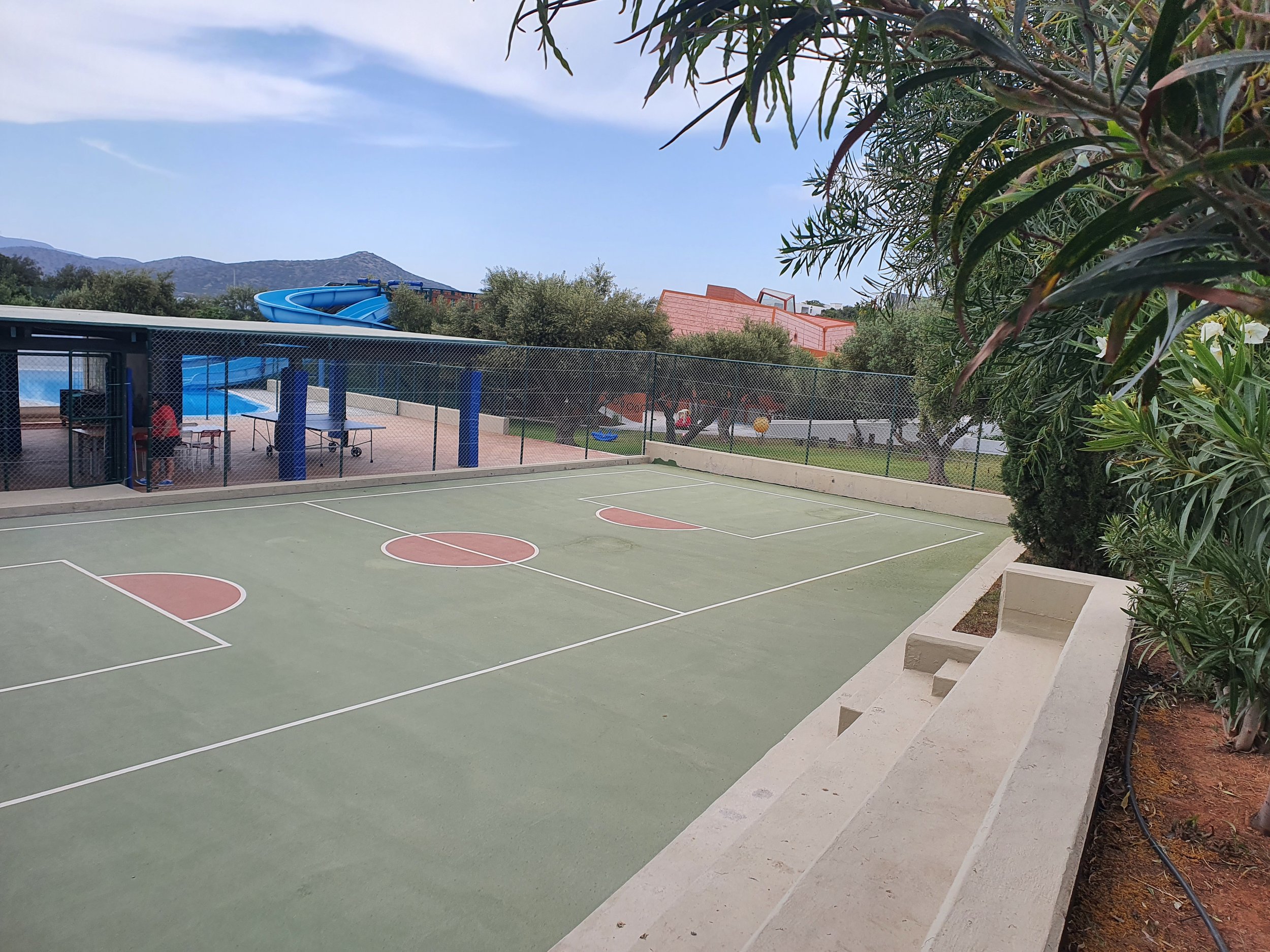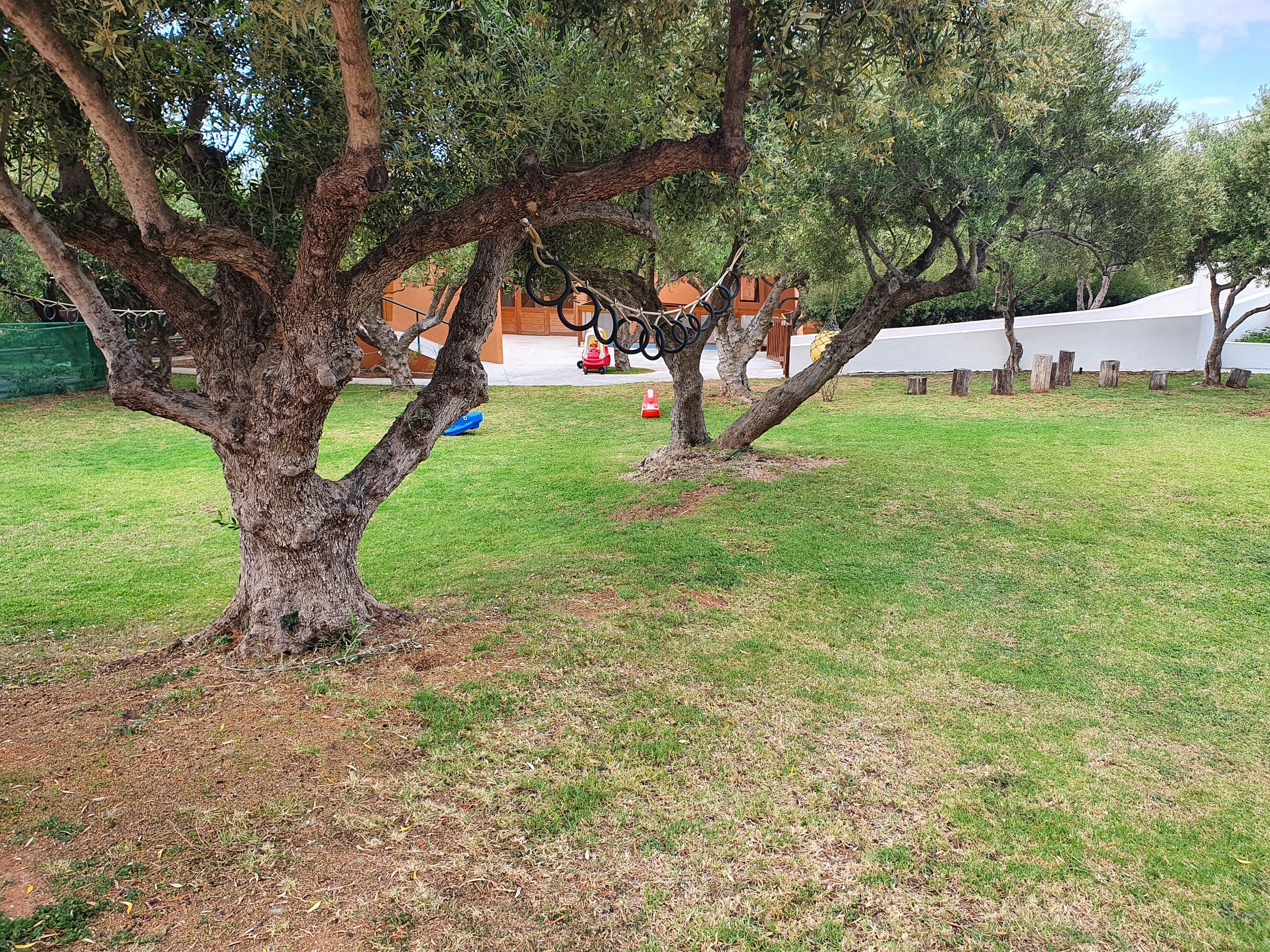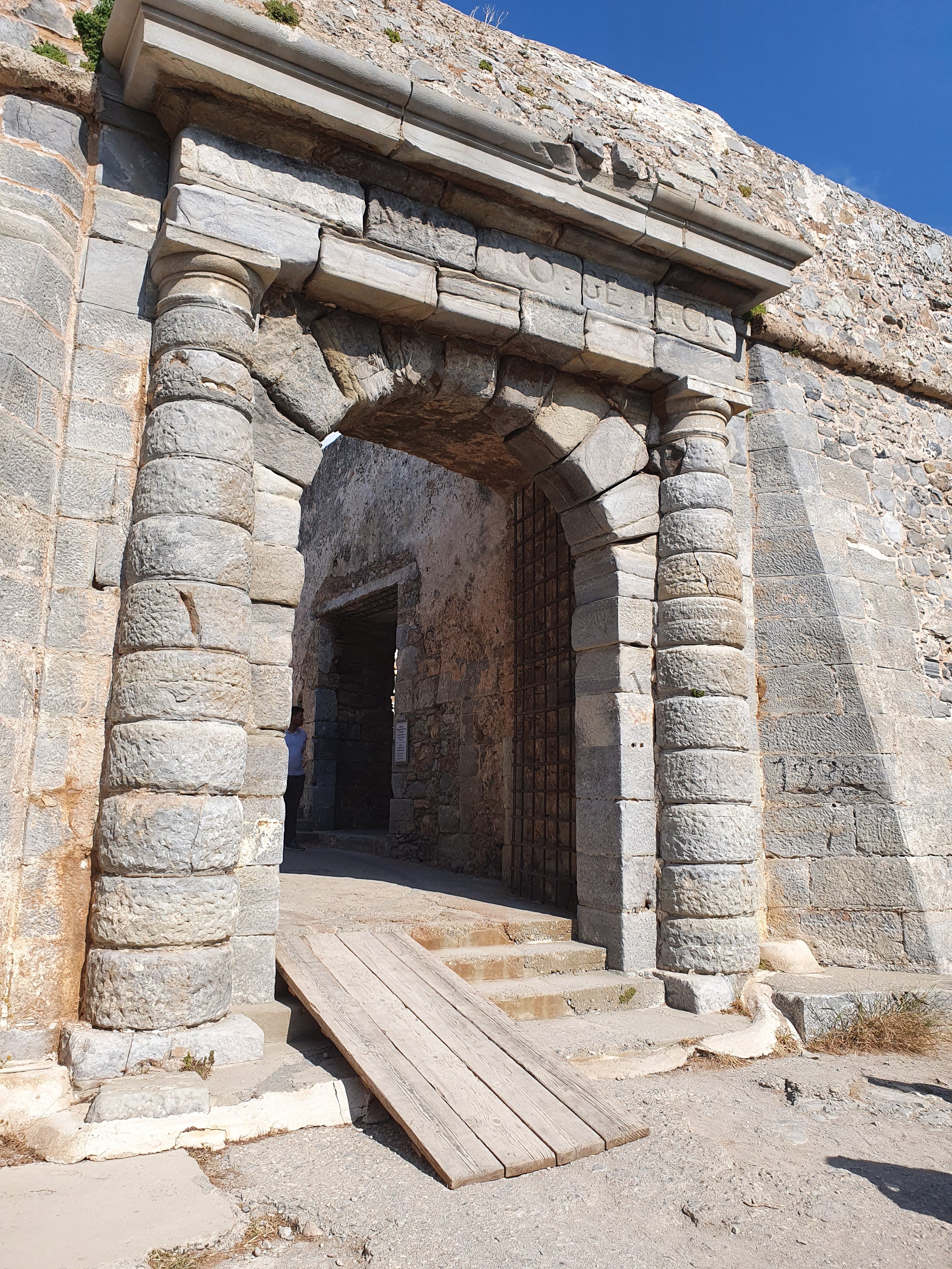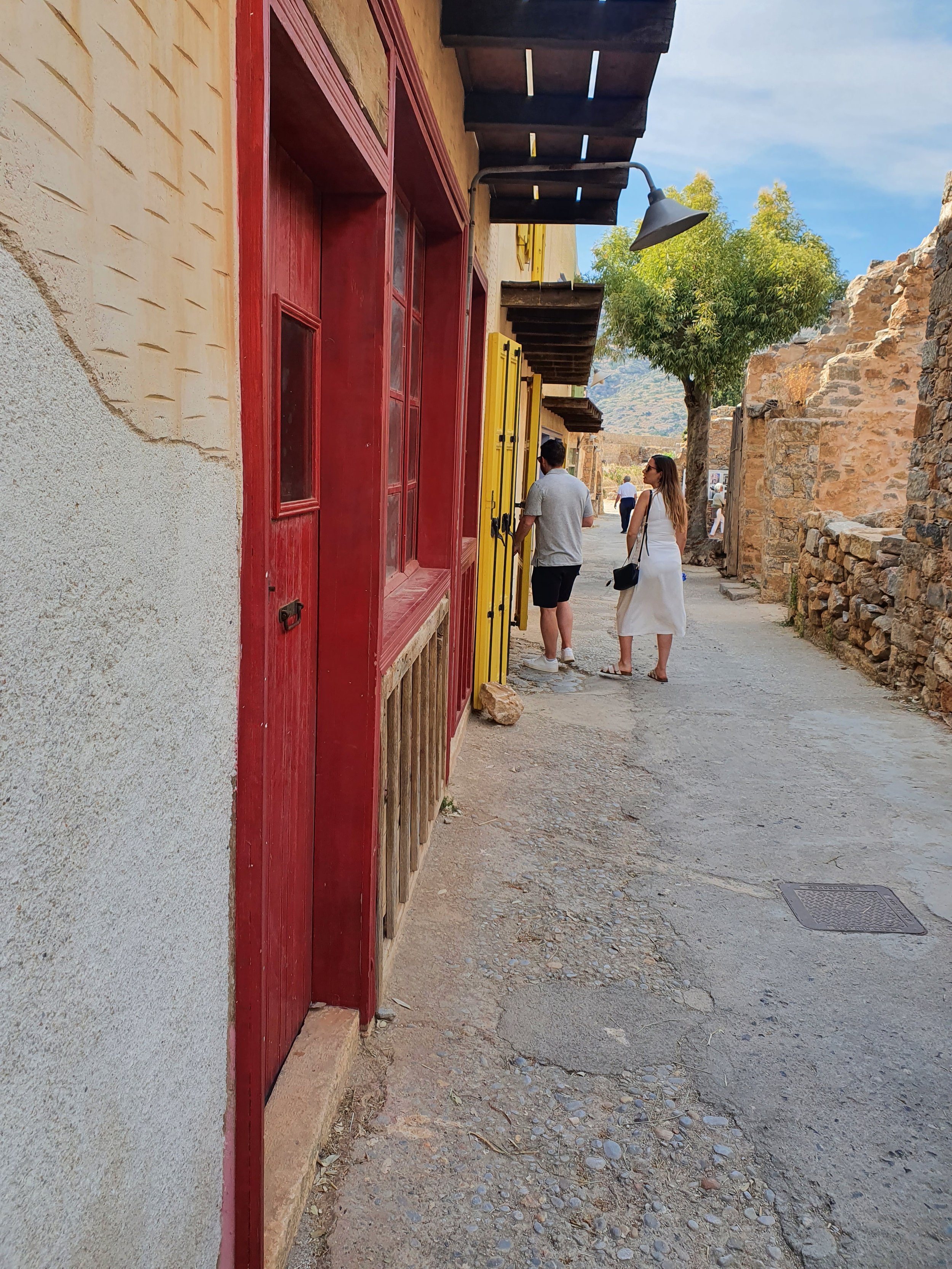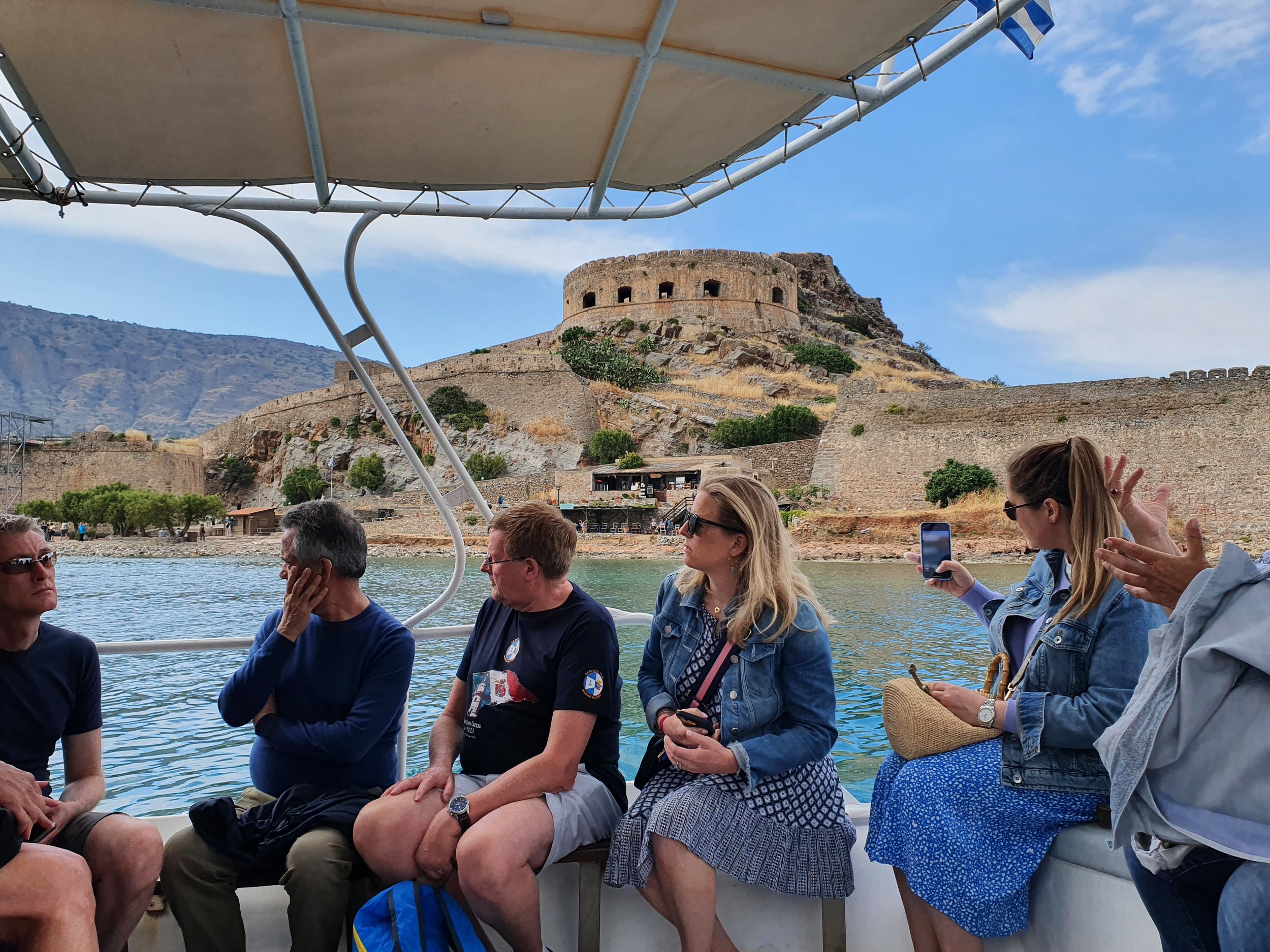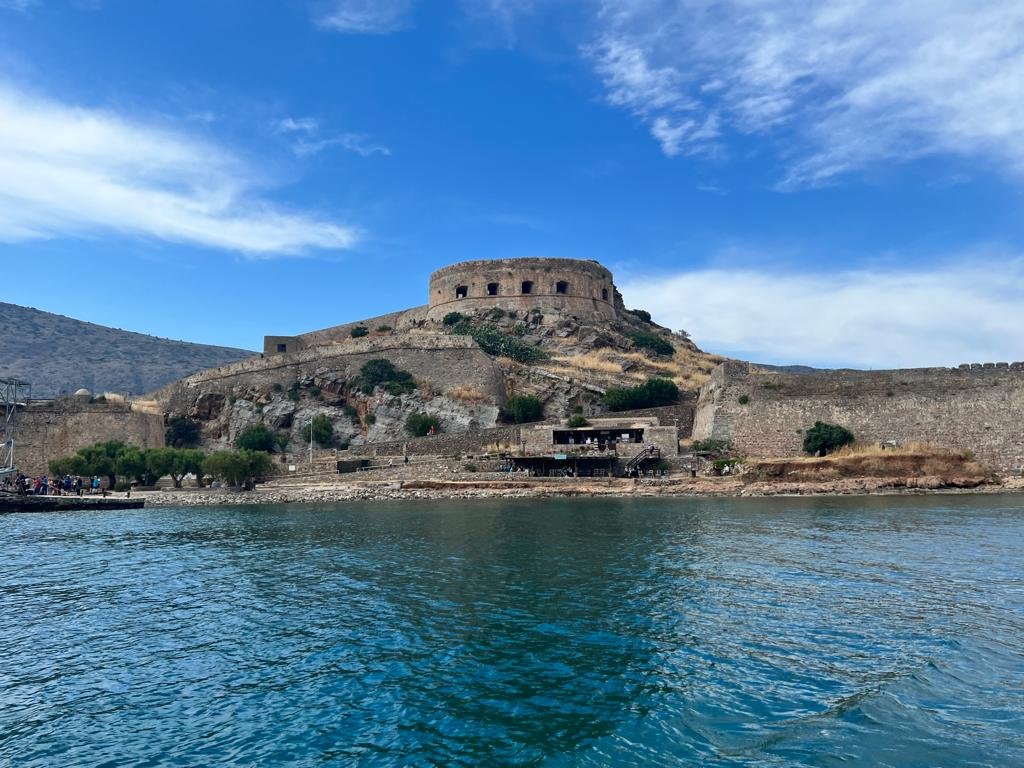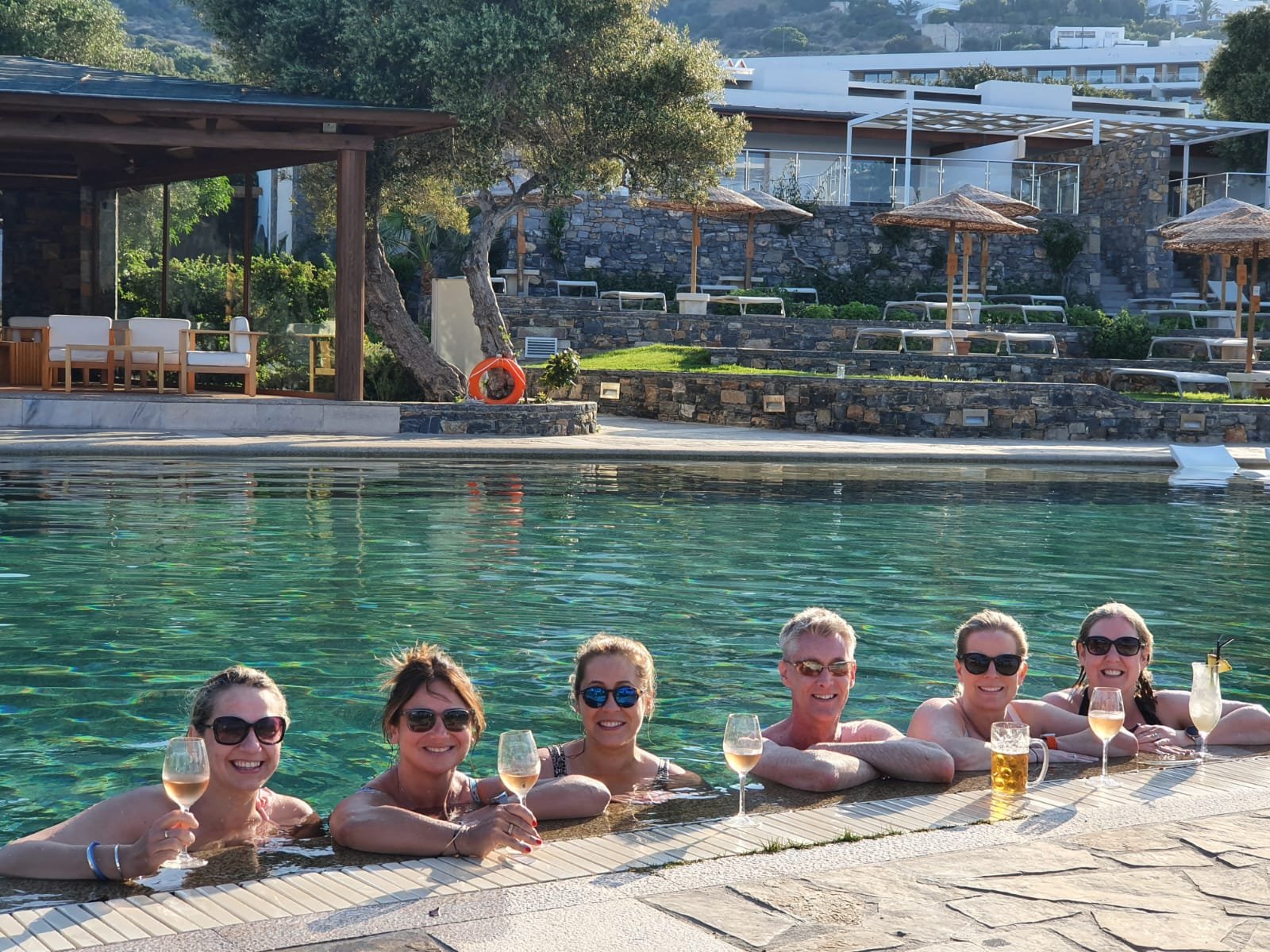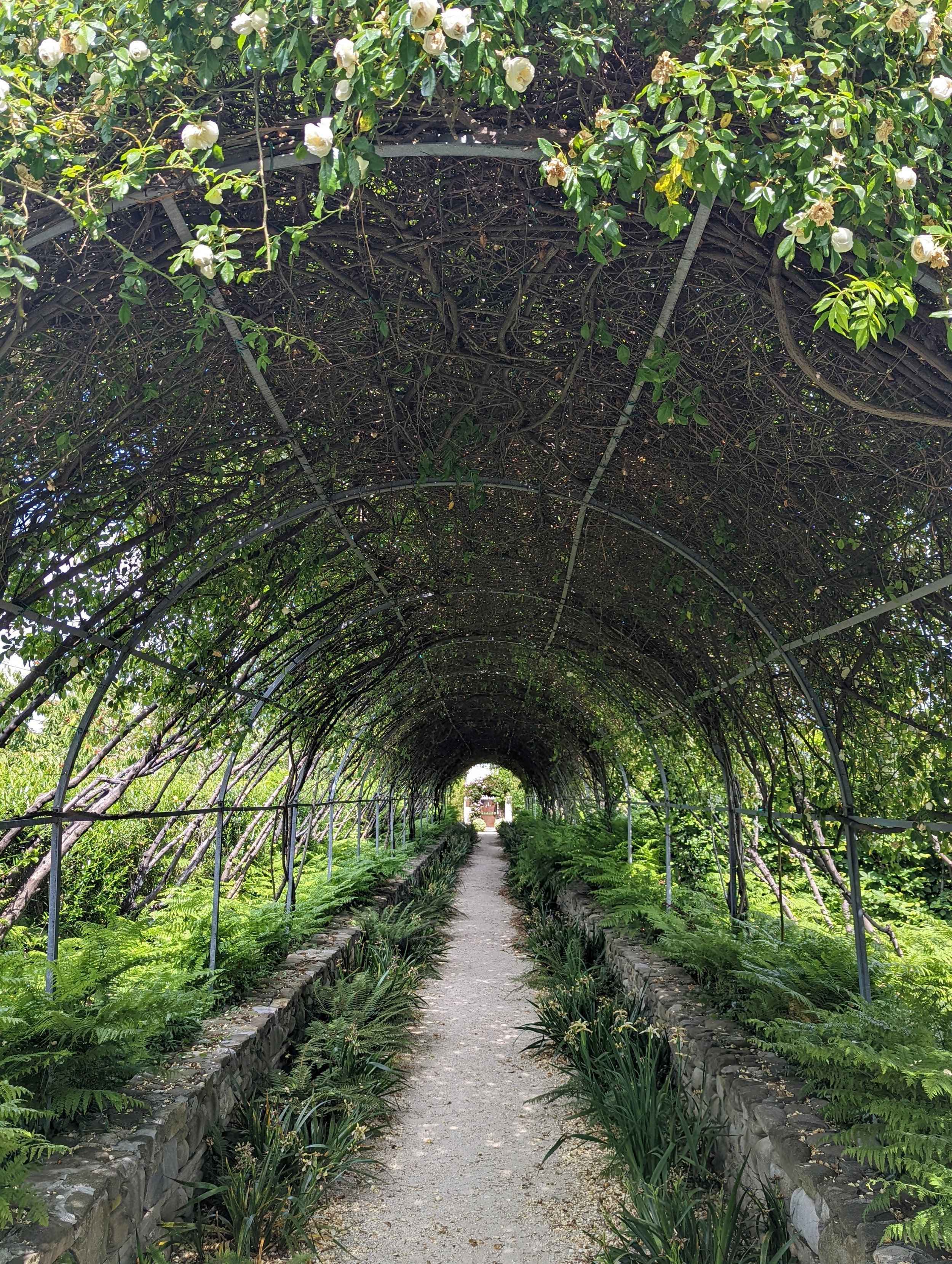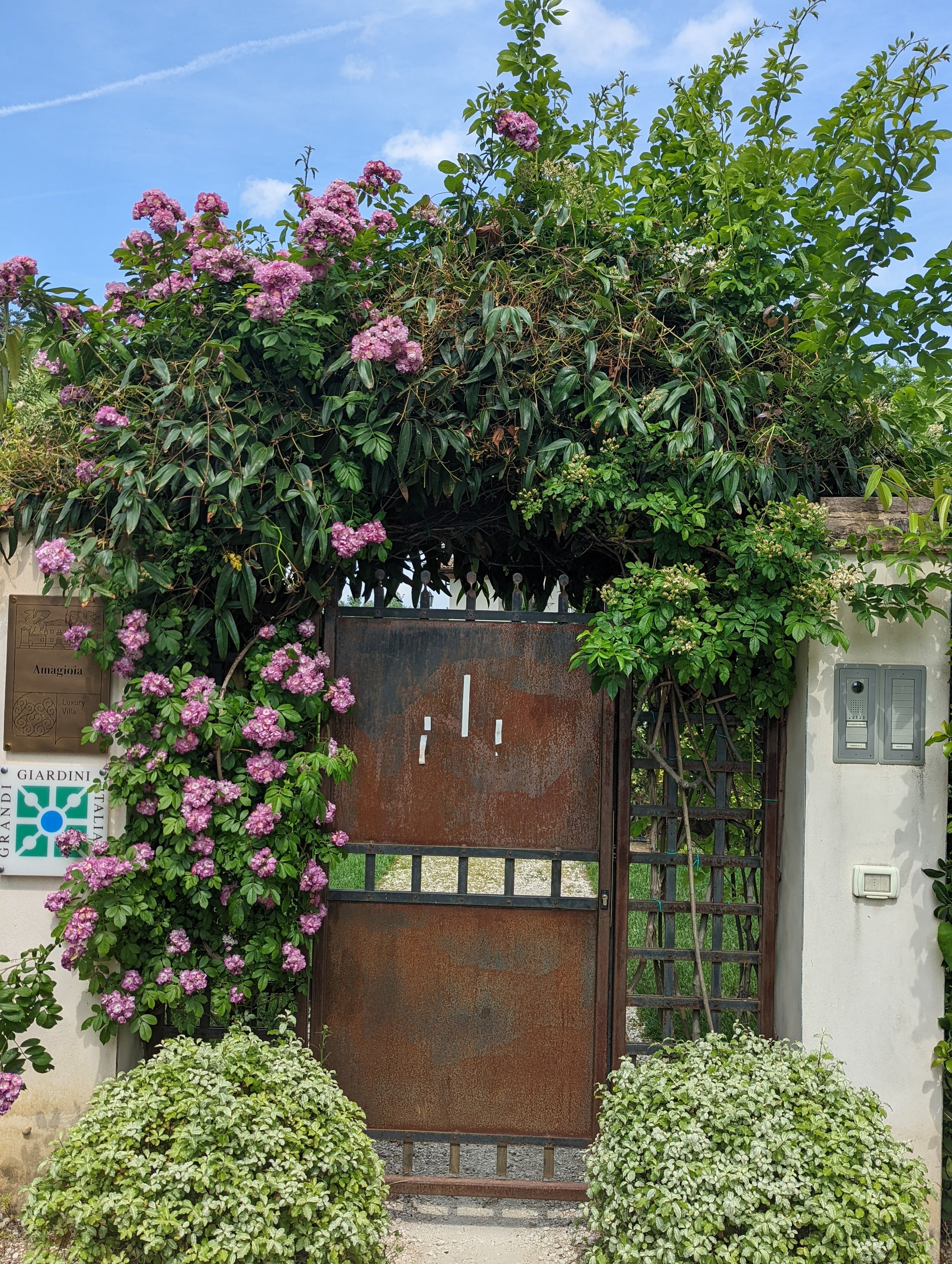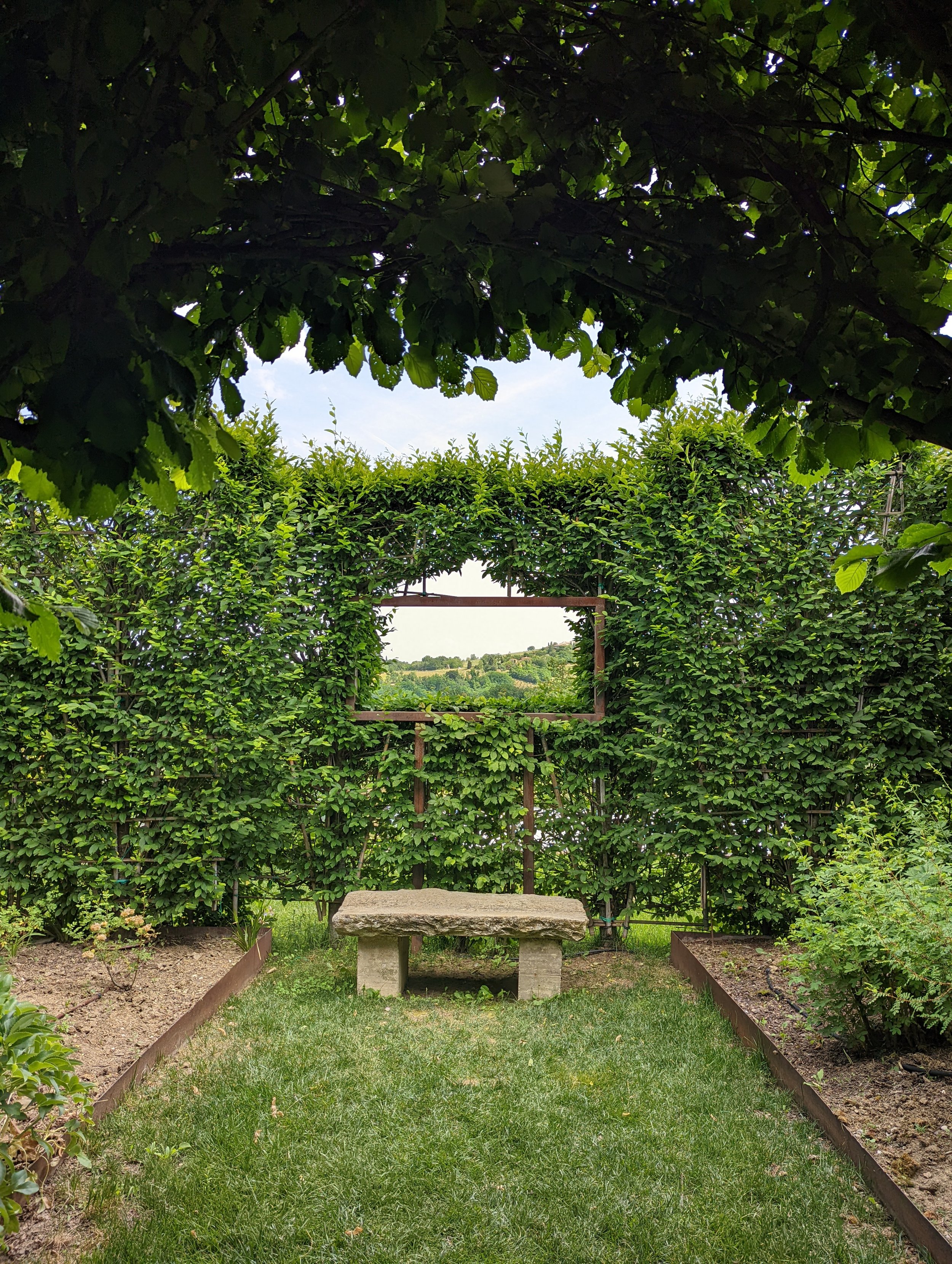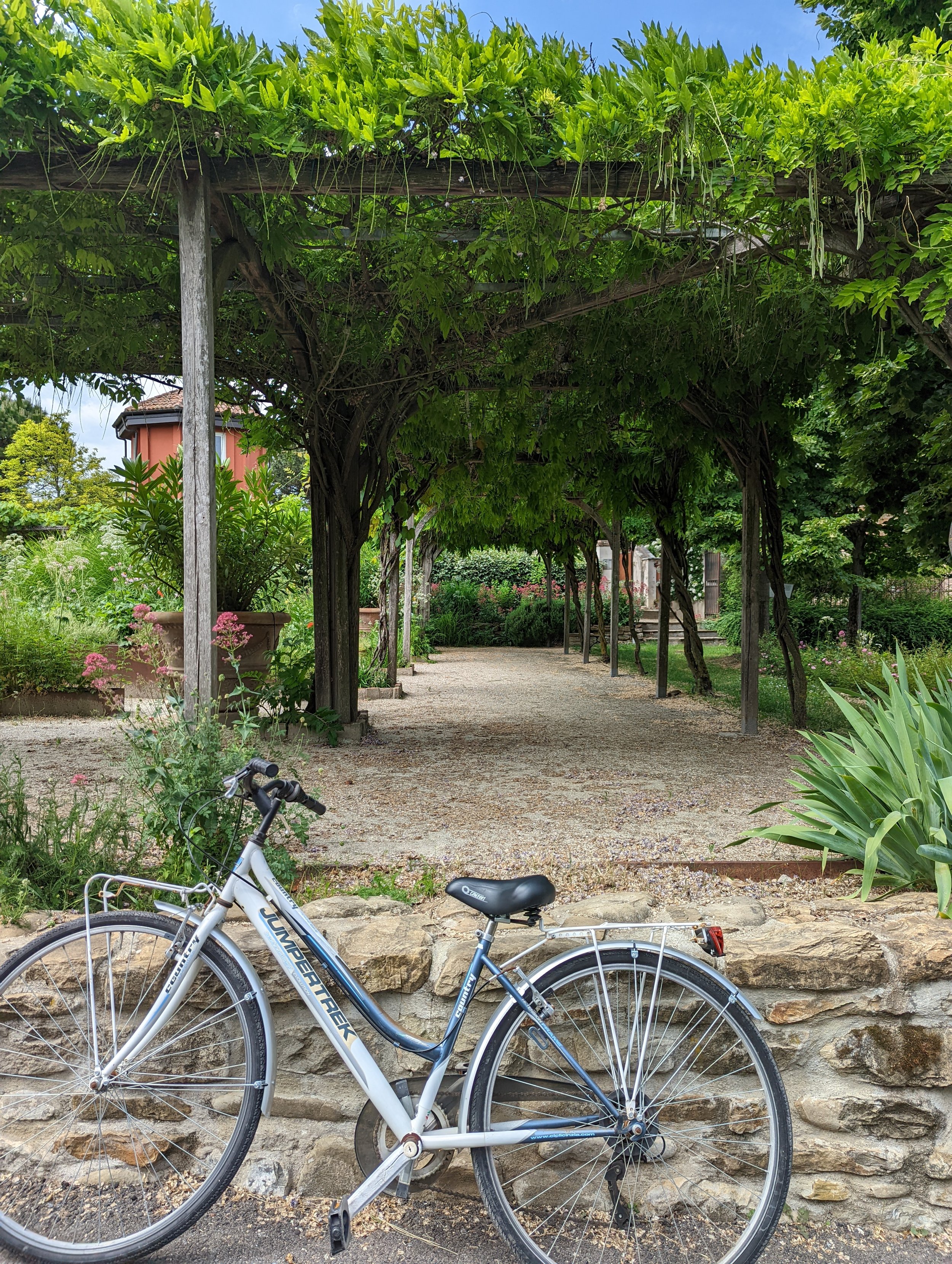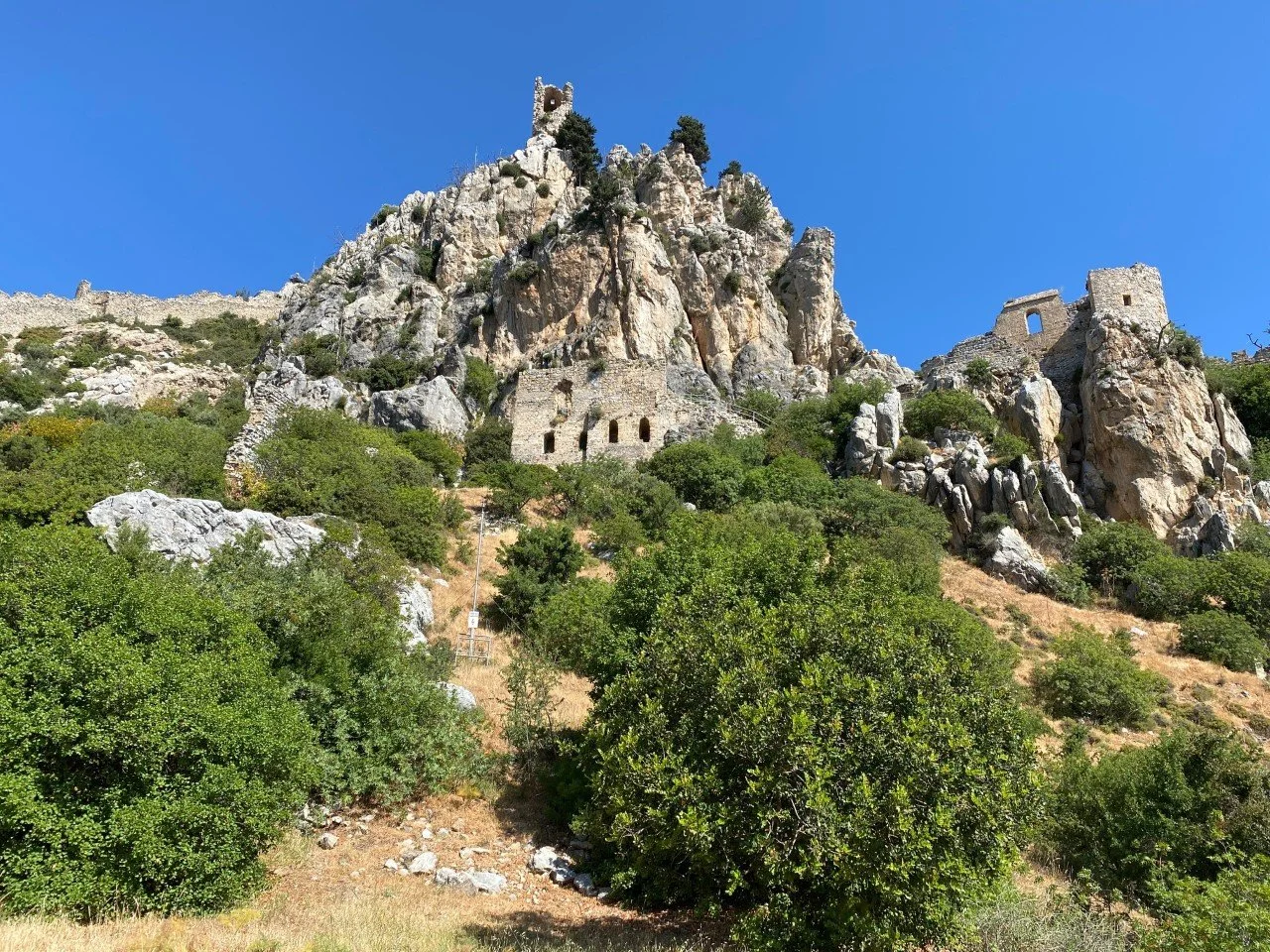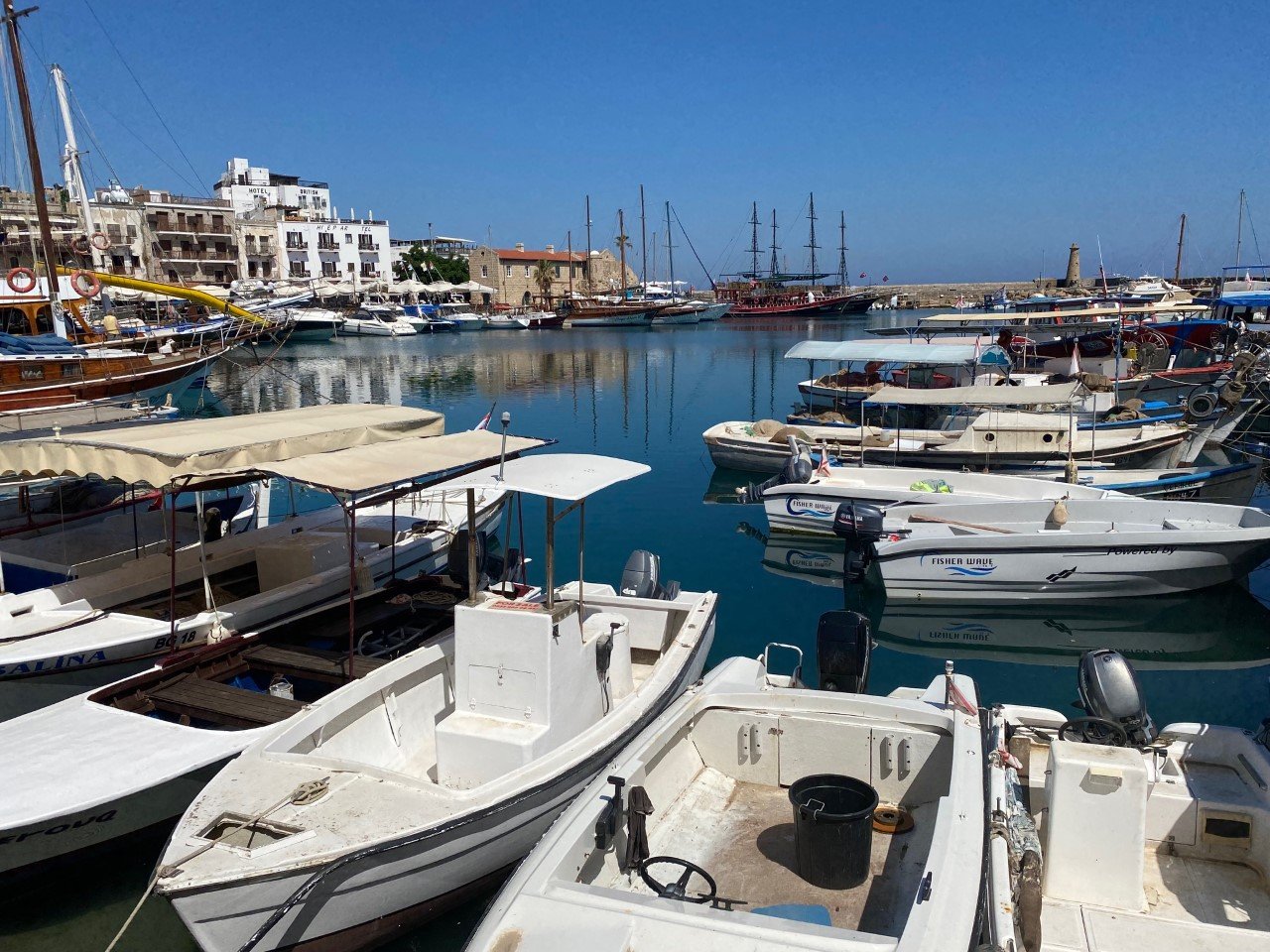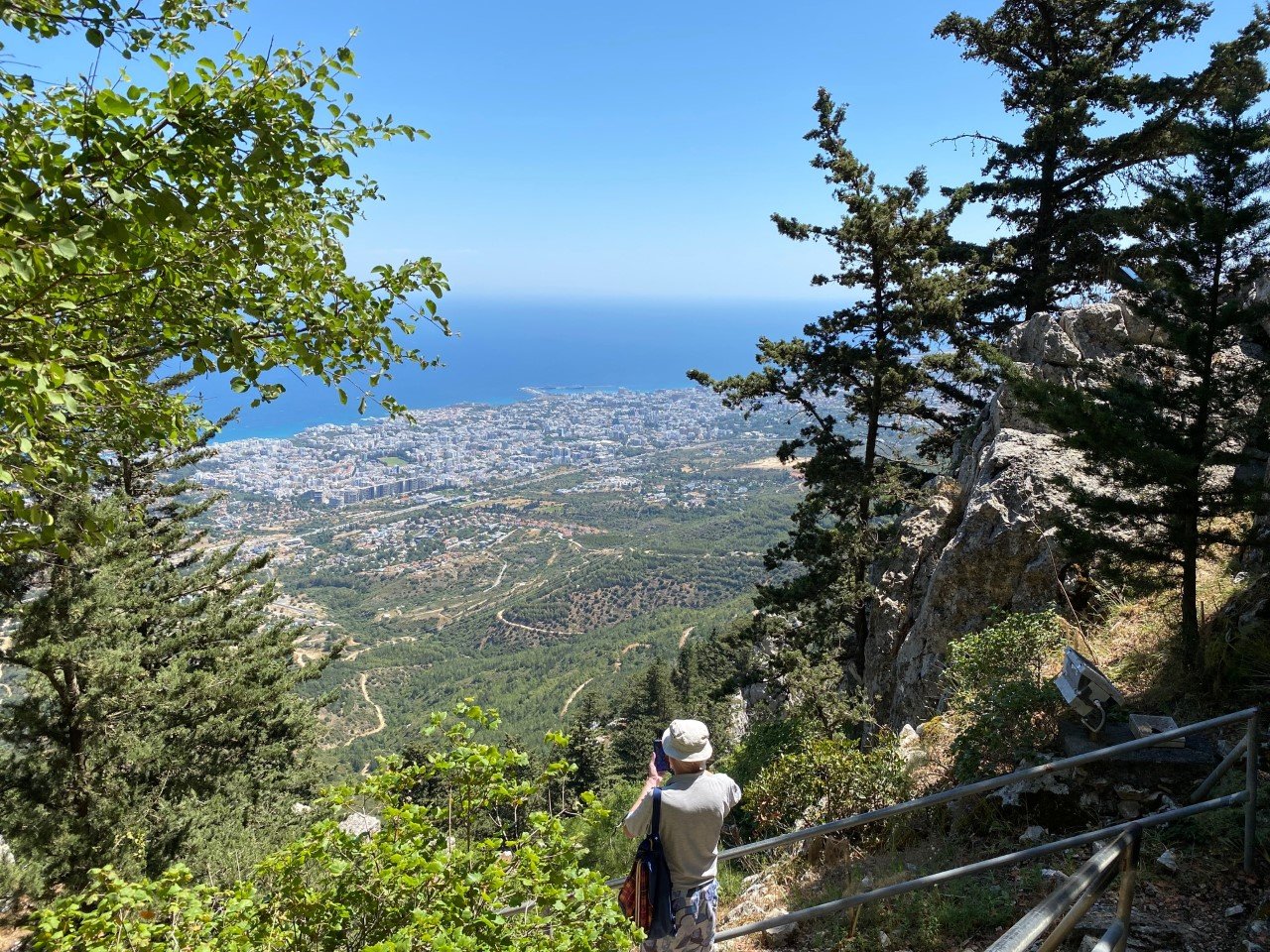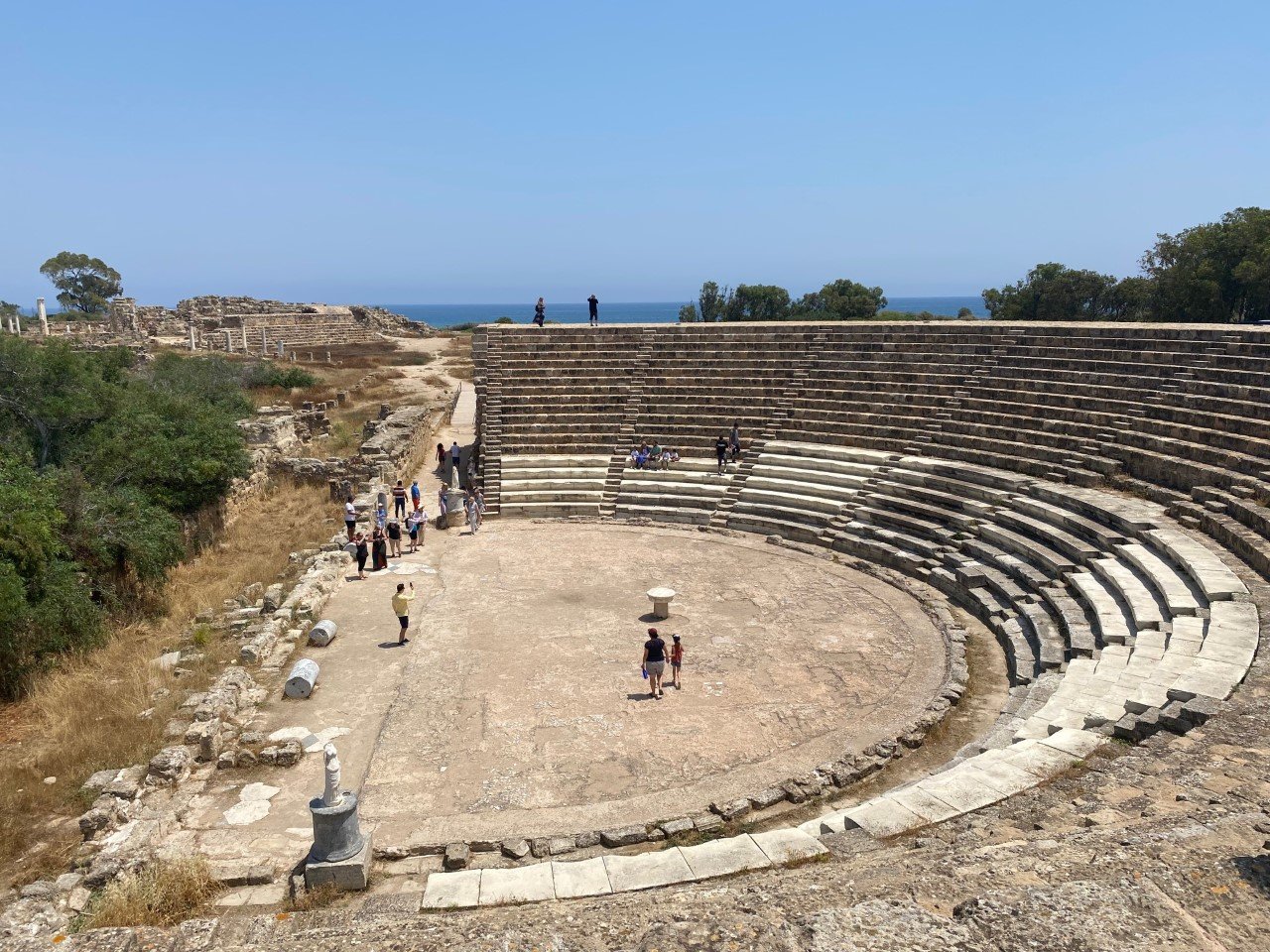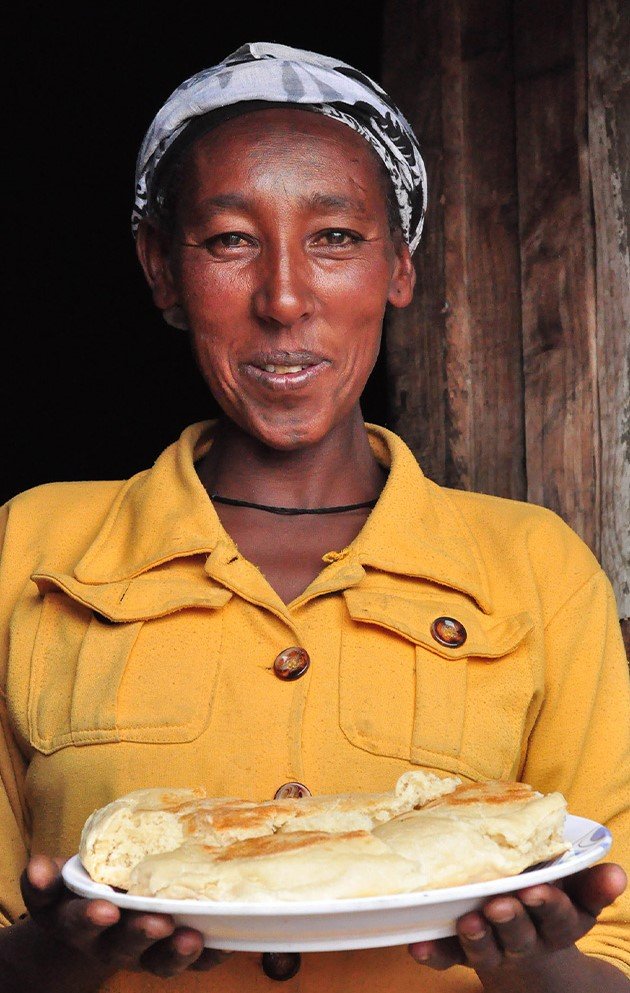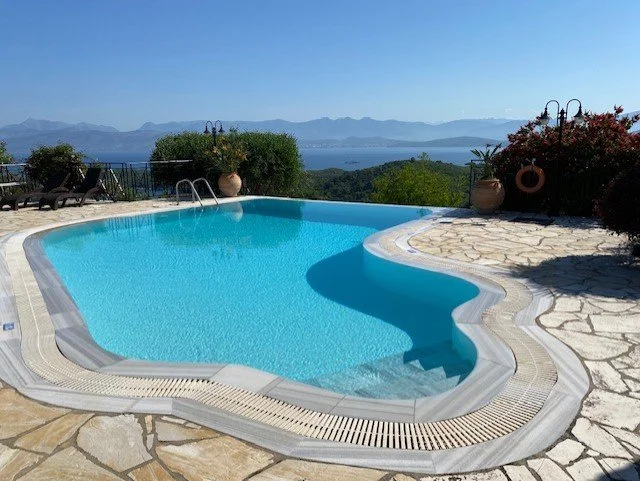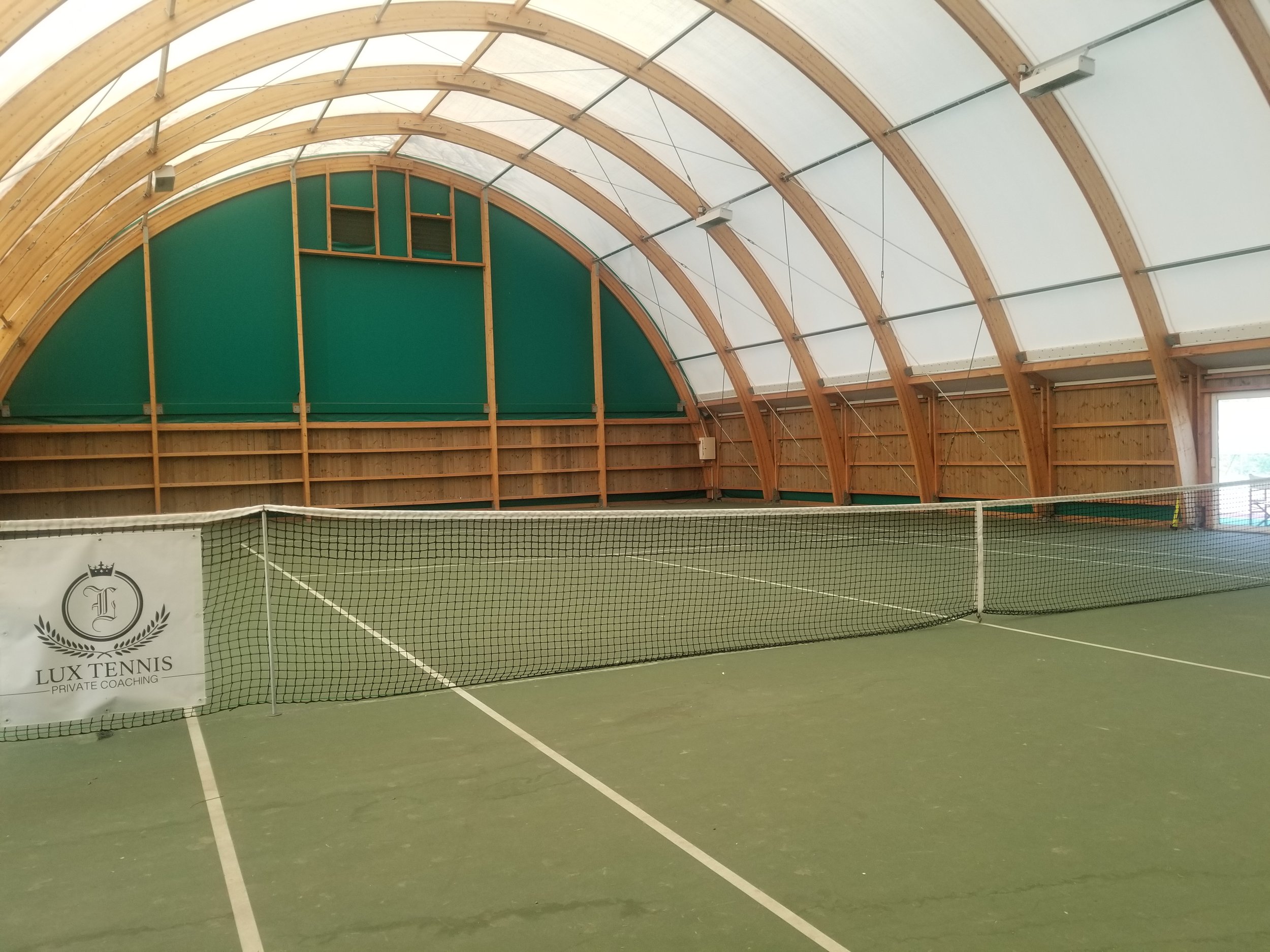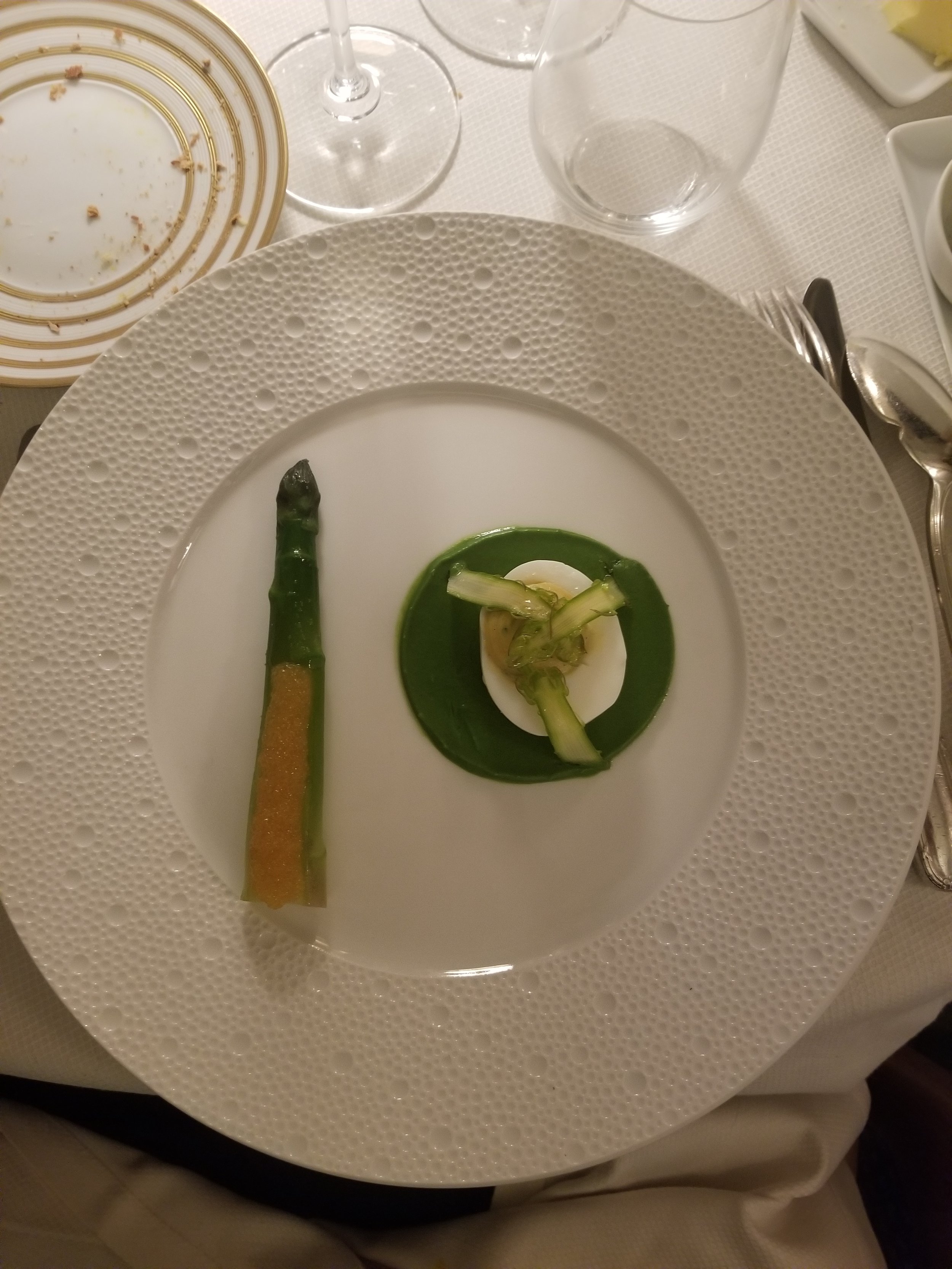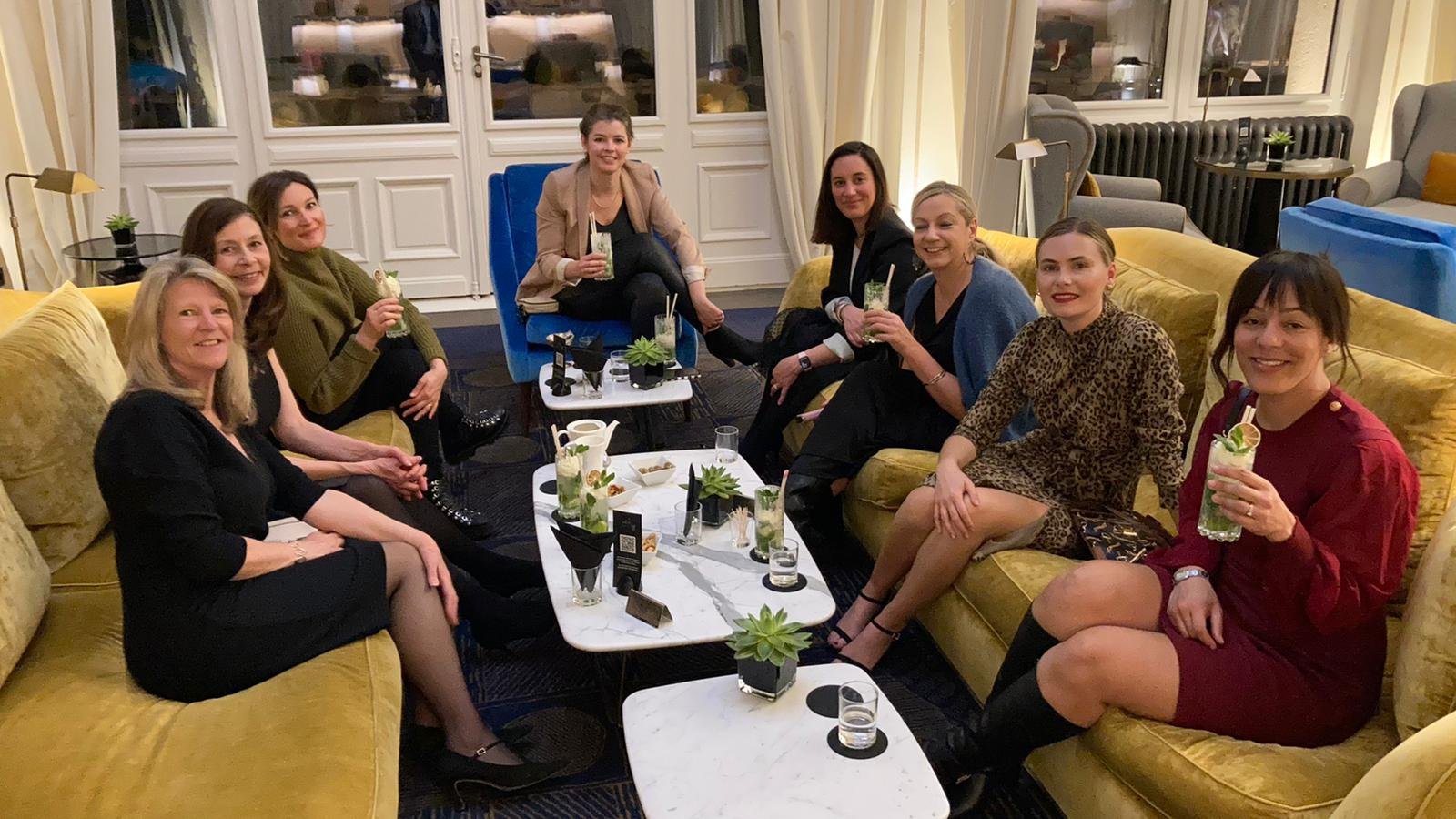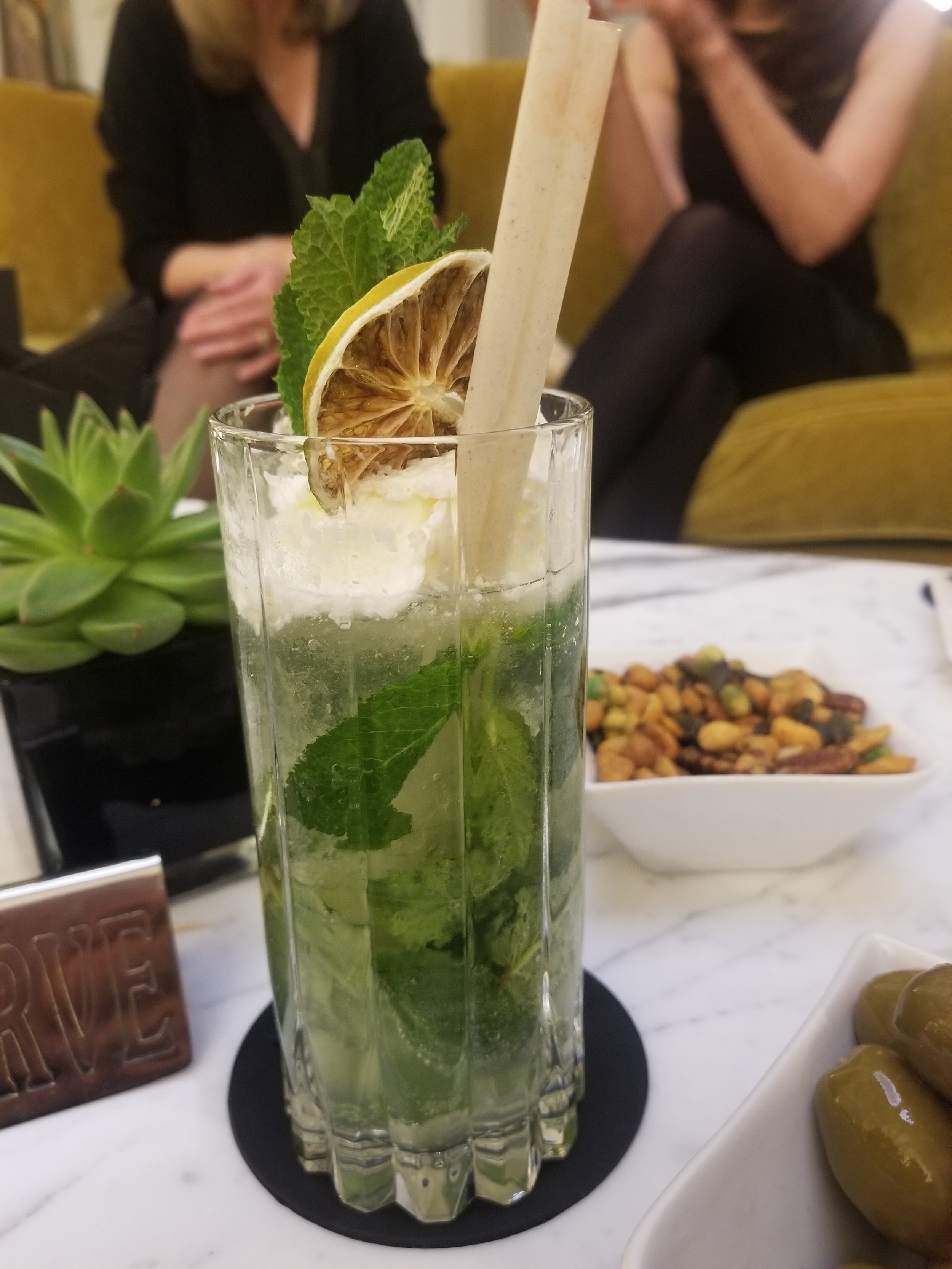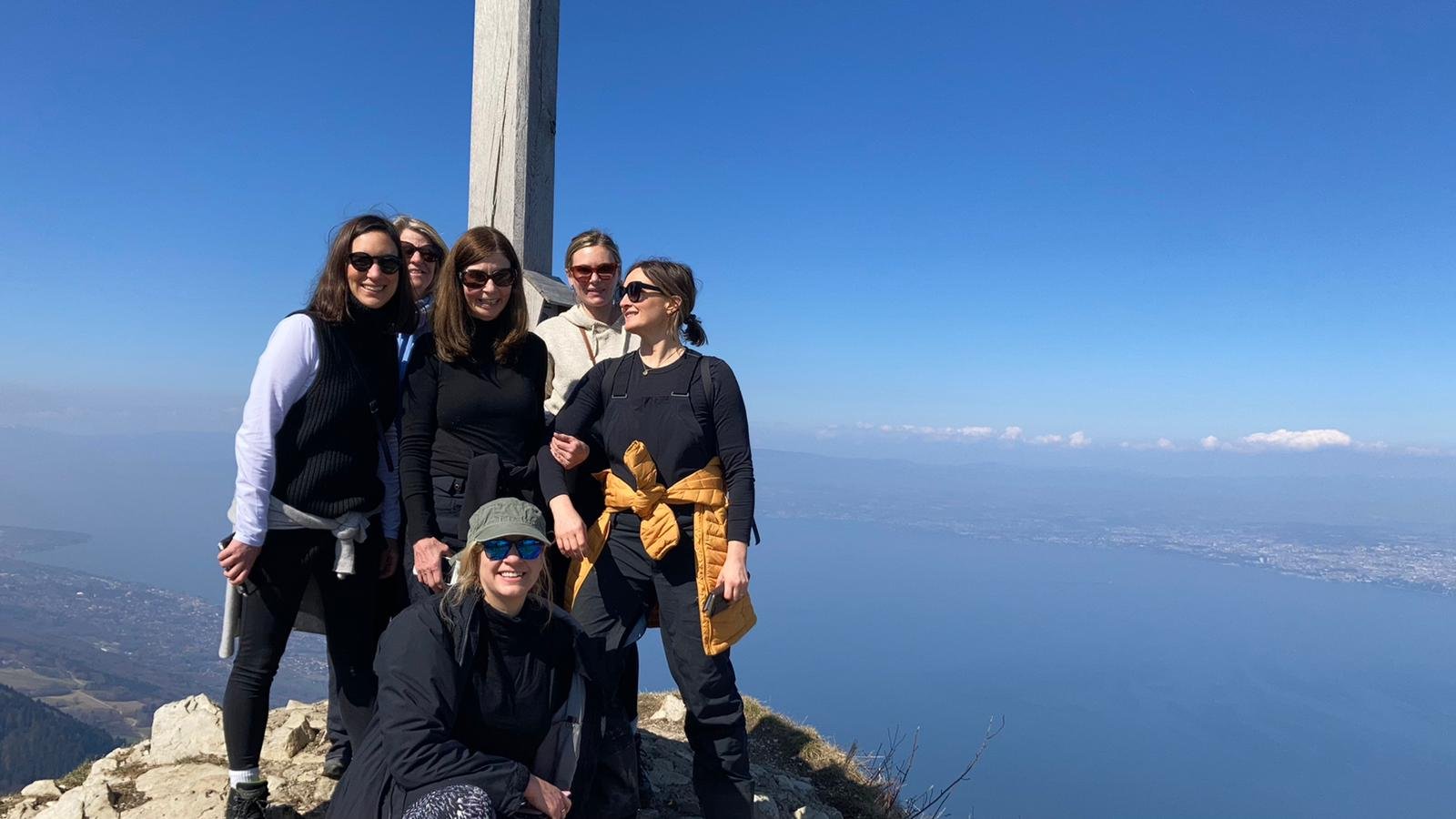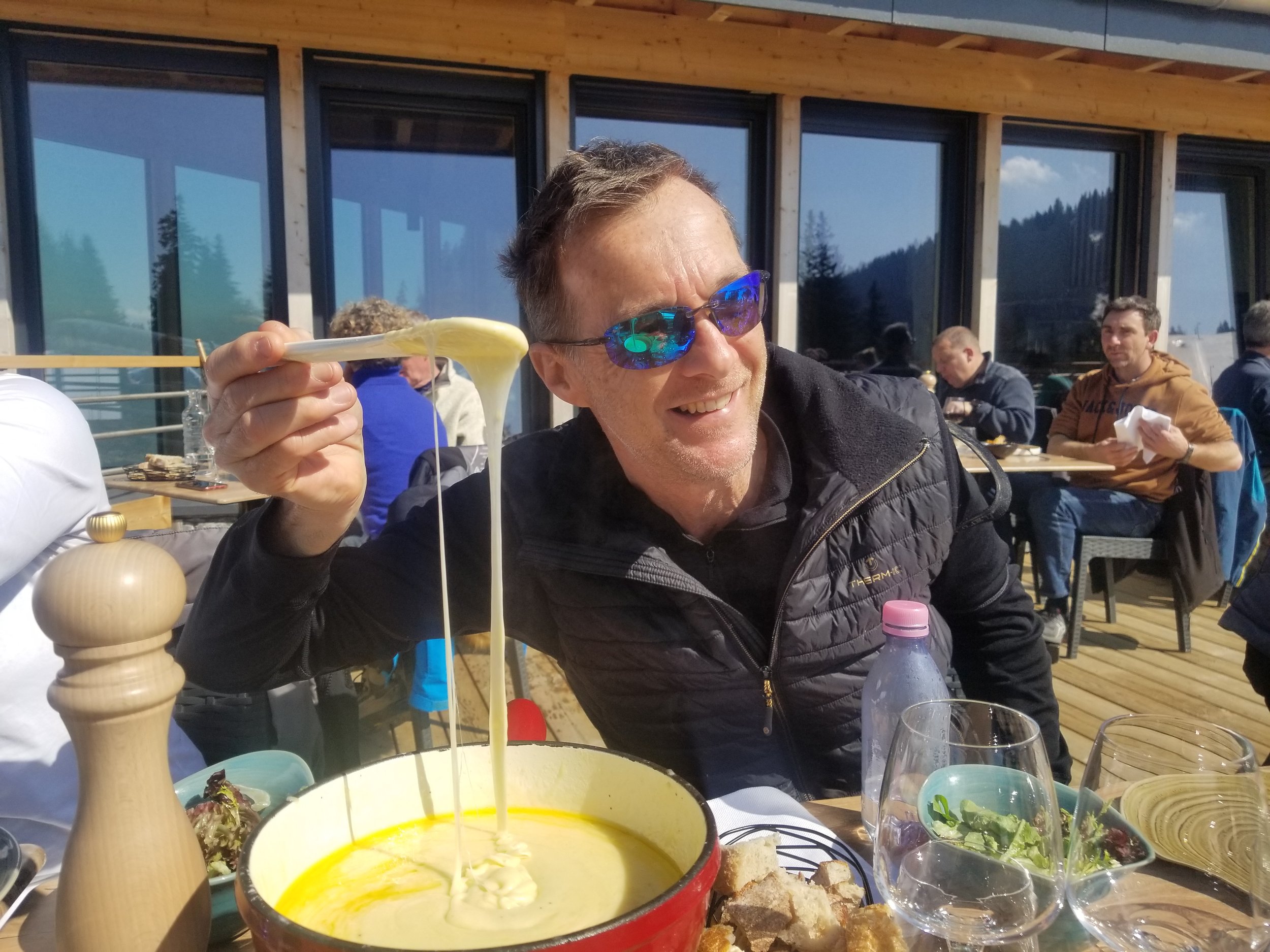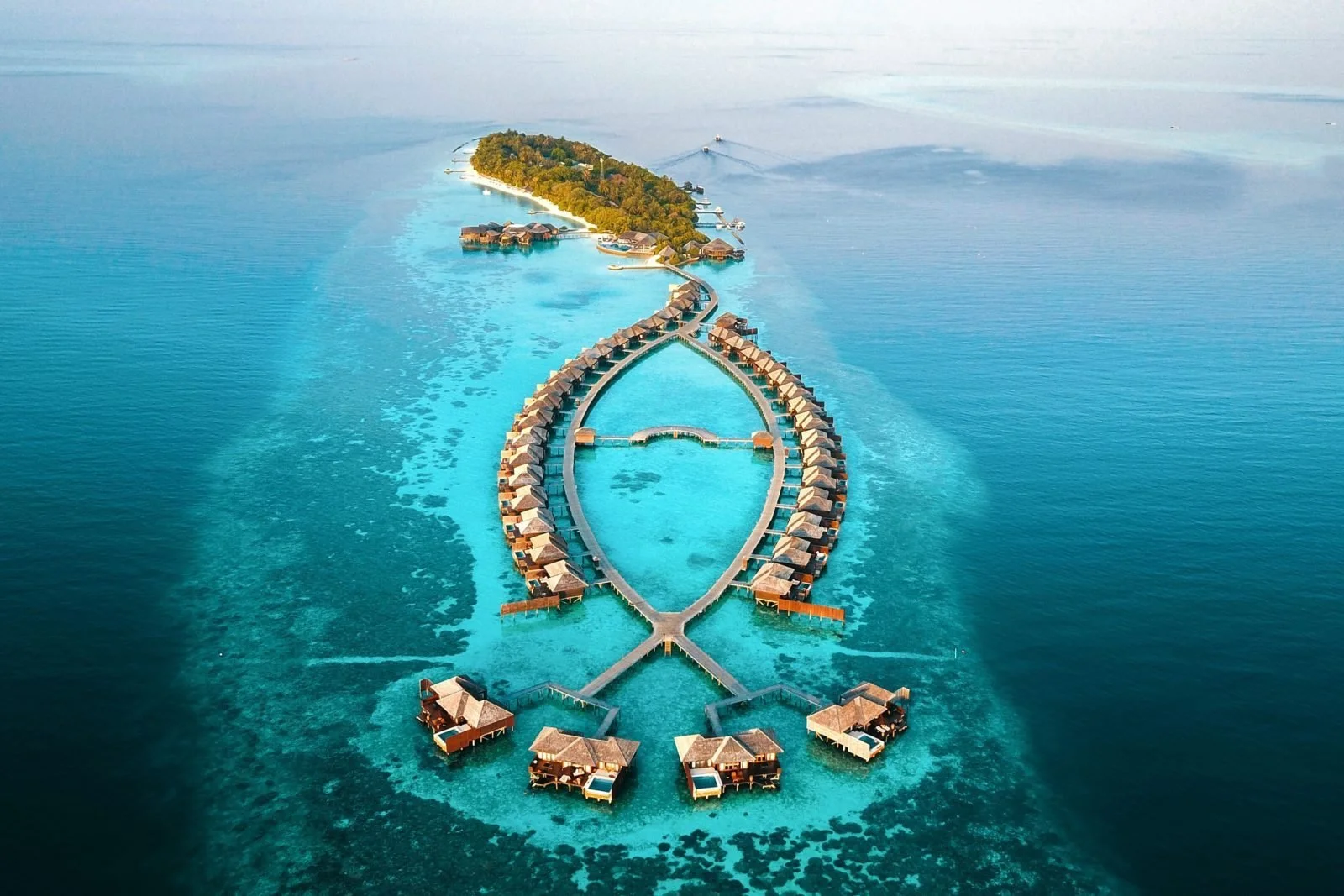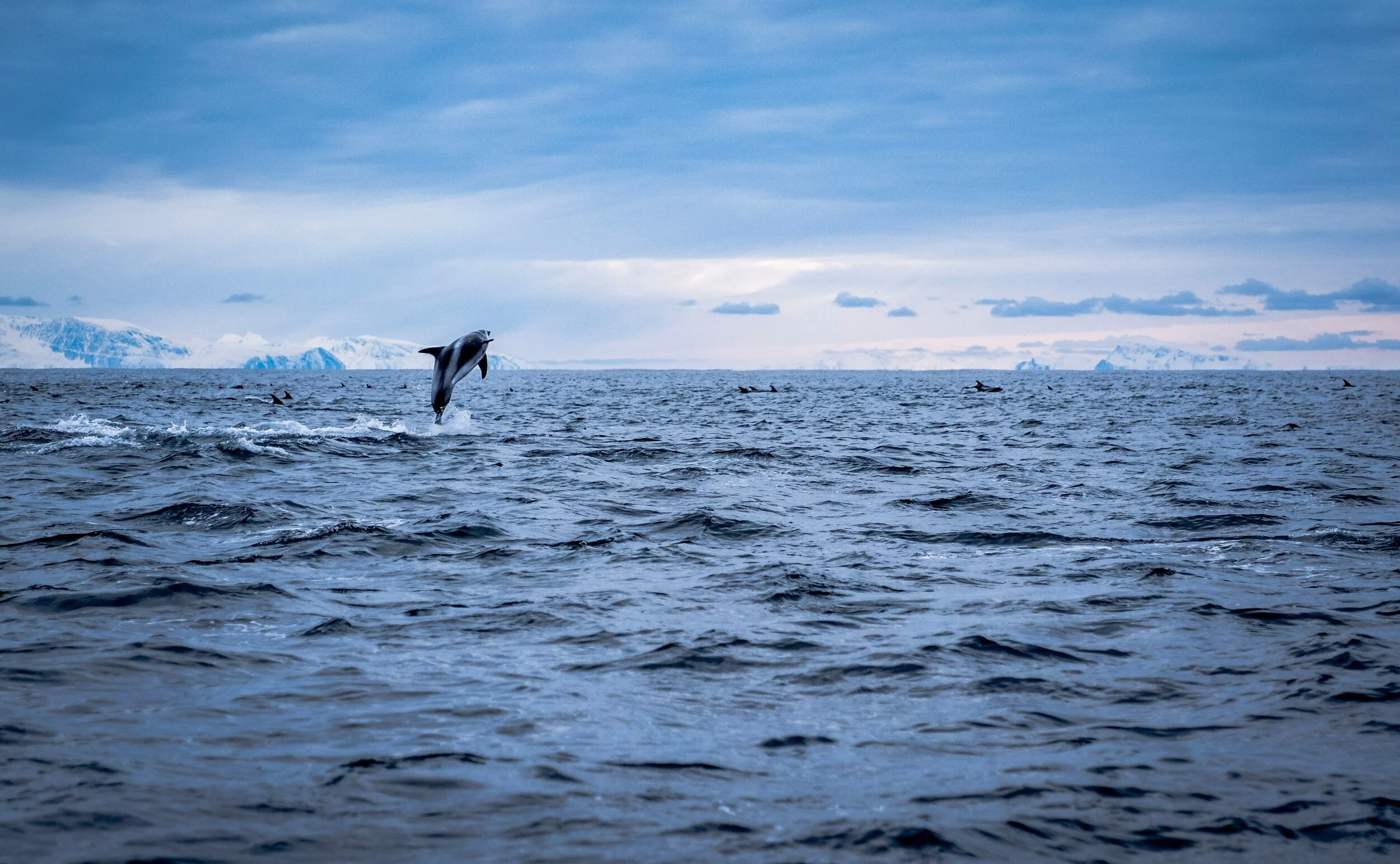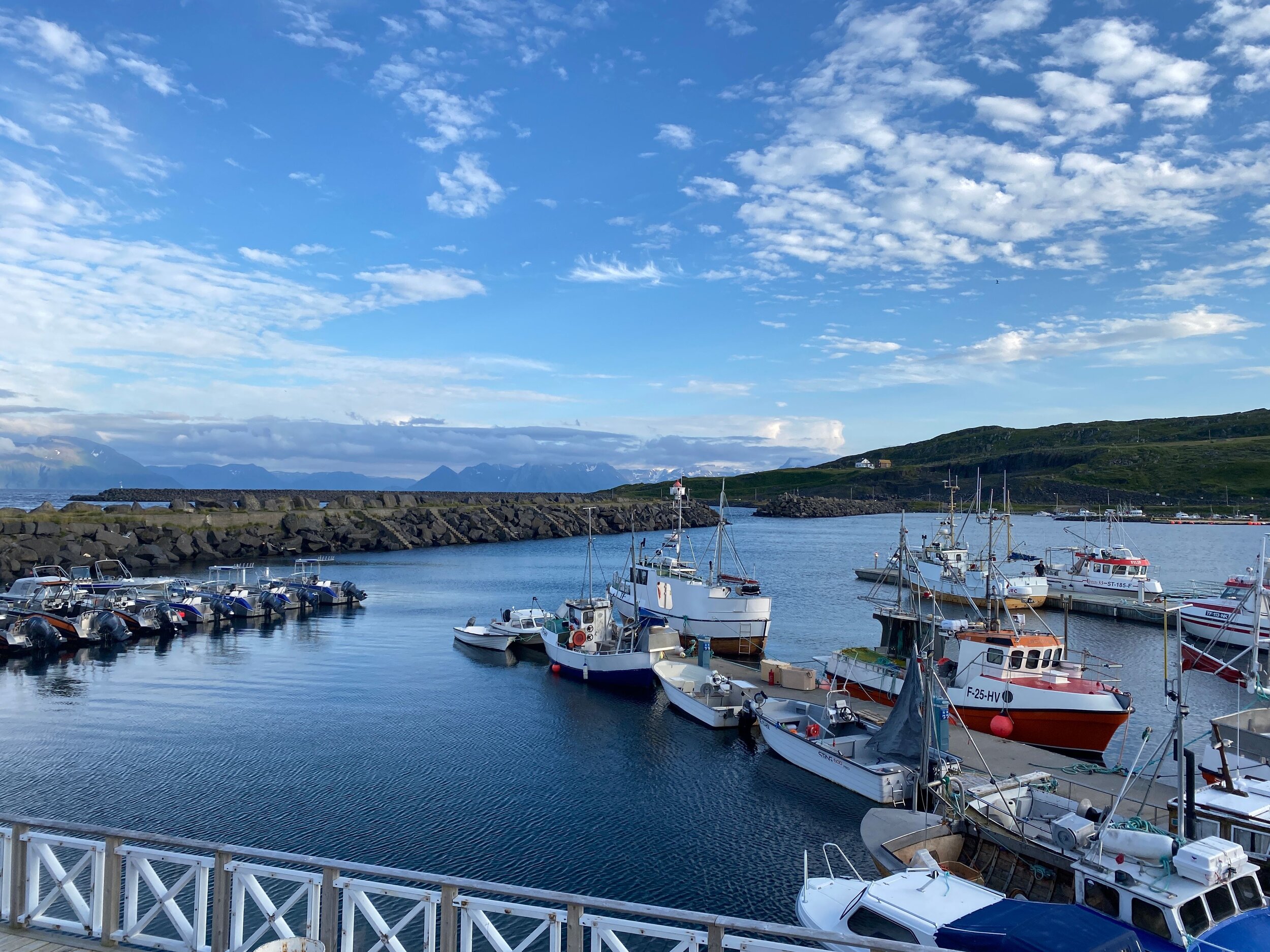Touching down at Santiago airport we were greeted with the beautiful views of eucalyptus, oak, chestnut trees – a wonderful variety of native trees as well as foreign. Galicia is a playground for nature lovers. I know this region has been called Green Spain – on arrival, it’s easy to see why. We drove a short 15 minute transfer to get to the Quinta da Agua - “house of water” where we were staying for our short break. Quinta da Agua is a gorgeous Relais Chateaux boutique hotel lovingly restored since its 18th century origins by the Lorenzo Garcia family. It used to be a Paper Mill and the ancient granite walls amid the property give it character and a sense of place.
The hotel and gardens are beautiful. The owners have taken a decrepit rural building and turned it into a treasure. Our room was on the side which was close to the river, the River Sar – it was enchanting and equally mesmerising to lie in bed listening to the tinkering of the water across the riverbed. Heavenly!
The restaurant ‘Filigrana’ is on another level – popular with locals as well as guests, it offers a great seafood variety as well as delicious meats. Galician fish and seafood are renowned worldwide for their excellent quality and unique flavours. I was told that it was because the depth of the sea bed around the coastline; a fertile ocean offering finest fish.
People around the world have been coming to Santiago da Compostella since the 9th century to visit the shrine of St James. The Camino de Santiago, known in English as the Way of St James, is a network of pilgrims' ways – there are 8 in total. It was inspiring to see so many pilgrims in the city but also en route as we ventured around the Galician countryside. It left me feeling very curious to know everyone’s reason for walking the routes and understand their motivations.
We took a public bus to the nearby coast from Santiago. In Galicia, you can find countless beaches where you’ll enjoy coastal walks, clean waters and white sand. I swam in the sea which was cooler than I had expected. I’ll put that down to the deep shelving of the sea bed. The cool currents keep the water temperature fresh all year round.
The highlight of our short break in Galicia had to be the river excursion in the interior of the region. We drove about 90 minutes to arrive at a winery on the Minho River. This is a magical and historic region, the Ribera Sacra. It was fascinating to see how the vineyards are cultivated on the terraces stretching high alongside the river. Utterly spectacular!
We met Luisa of Quinta Sacra who was our host and captain of an inflatable 12-seater boat for the afternoon. She took us along the winding river to a waterfall where we climbed and dipped. There are many Romanesque churches and monasteries along the river. Luisa’s passion lies in protecting and preserving this glorious region for future generations. She’s writing a book about it.
Galicia is truly a picturesque region of Spain. You can enjoy its natural heritage as well as its historical and cultural heritage. I had the feeling I was travelling through a bygone era – inland villages with their communal clothes washing areas as well as plenty of stone granaries or Hórreo for the crops and maize, which are especially commonplace around this area of the Iberia peninsula.
You can visit this area of exceptional beauty any time of the year but if sun is important to you, bear in mind that the weather varies significantly between the coast and inland. Santiago de Compostela is reputed to expect a drop of rain over 300 days a year. Don’t let that put you off, take an umbrella! We travelled in October and were blessed with the autumnal colours as well as many variants of green. On the clear sunny days, we did what we wanted to do outside and on the wet morning we experienced, we amused ourselves exploring around the city in and out of the different churches, monastery buildings and museums, participating in a mass at the cathedral and enjoying a few too many tasty empanadas; the little pockets of flaky pastry with a hot filling inside accompanied with an Estrella Galicia beer.
(Karen travelled to Galicia in October 2022)

